Activities
What to do
in Algarve
The Algarve is the southernmost region in Portugal with a 200km coastline. It is known for its promise of more than 300 days of sun per year, beautiful beaches, nature reserves, picturesque villages, splendid cuisine and a range of outdoor activities that attracts adventure seekers, nature lovers and those interested in history and culture. In fact, there is more to the Algarve than first meets the eye.
The Algarve is a region of hidden cultural delights with a long and rich history. This rich history is reflected in the diverse architecture and ruins you will see while visiting. Inland, old villages preserve a traditional way of life. In villages of small cobbled streets, you will find whitewashed houses. Moorish influences are evident in the narrow streets and chimneys with varied shapes and designs. Churches and castles built in previous centuries reflect a rich culture steeped in history. There is plenty on offer for art and music lovers with cultural events throughout the year.
There is a huge range of tourist and leisure activities. Day or night, visitors to the region have everything they need to enjoy the delights of the Algarve, whether for sun and sea, or for sport, relaxation, history, culture, nature, golf or local gastronomy. The Algarve is home to some of the most beautiful natural landscapes in Europe. There are many unique and diverse expanses of pristine nature, as well as numerous cultural heritage sites to visit. Hiking, walking and cycling are great ways to enjoy the sights and experience amazing views.
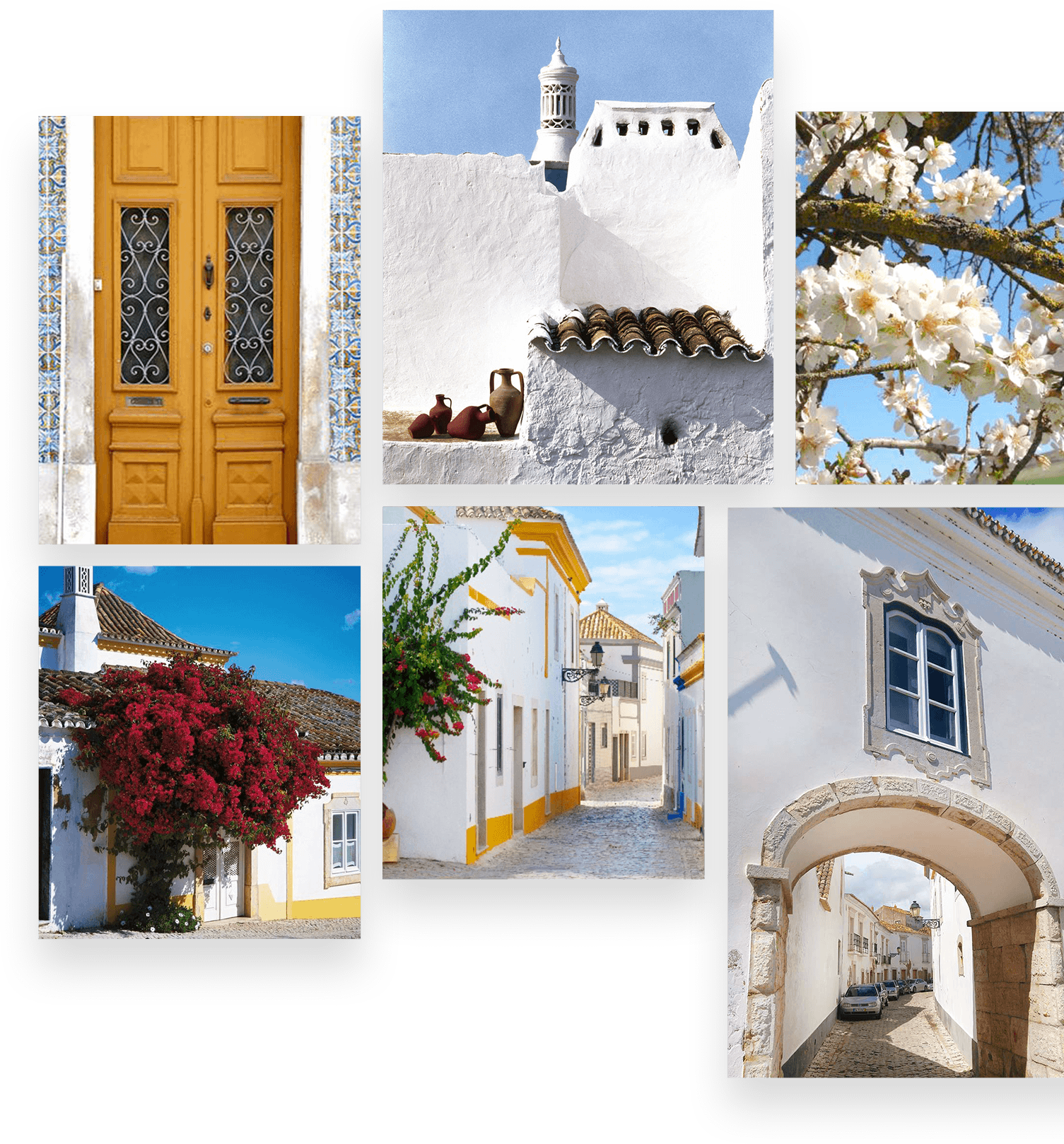
Places to visit
in Algarve
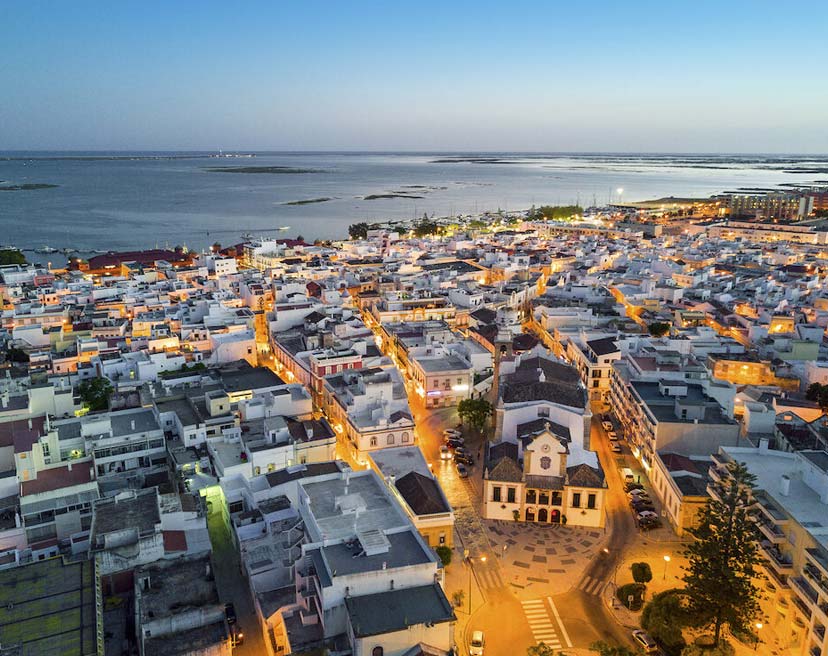
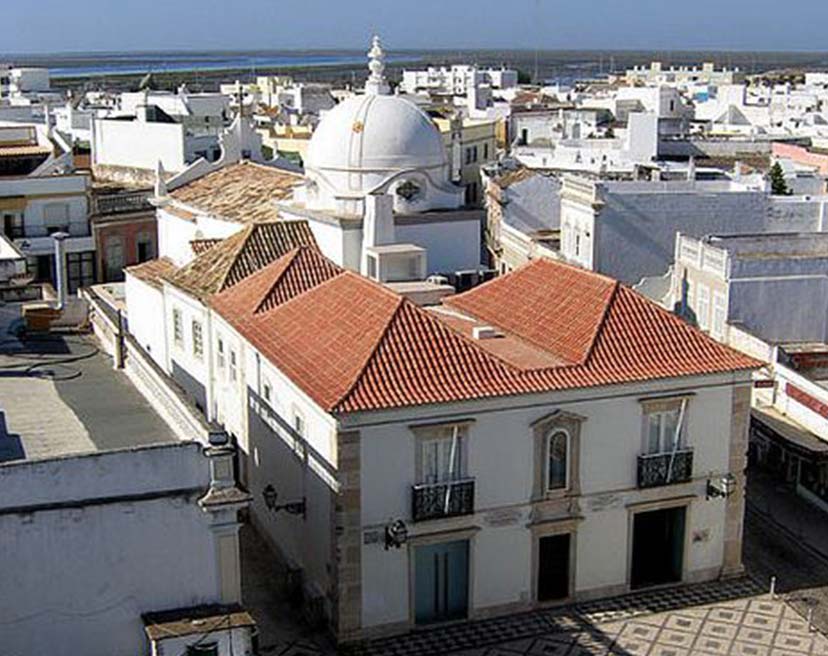
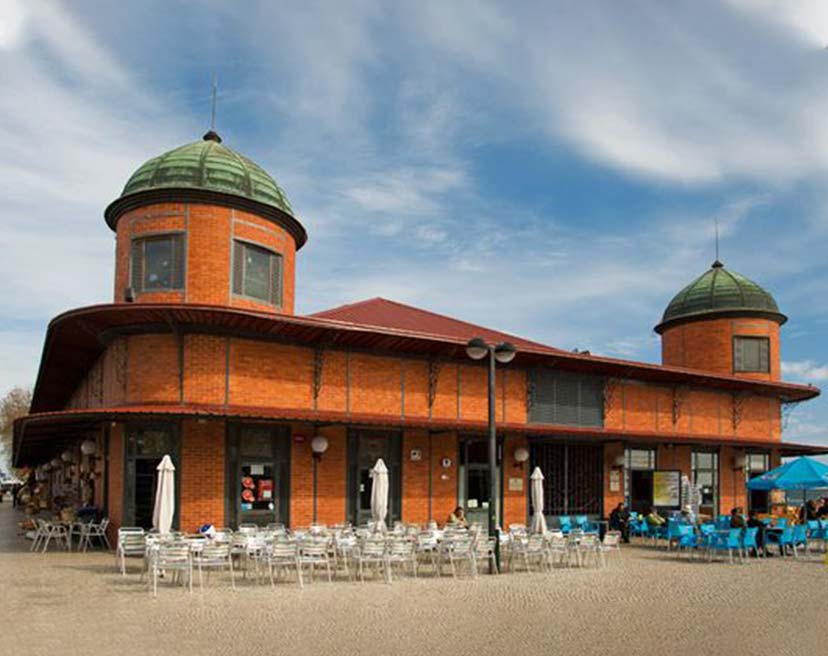
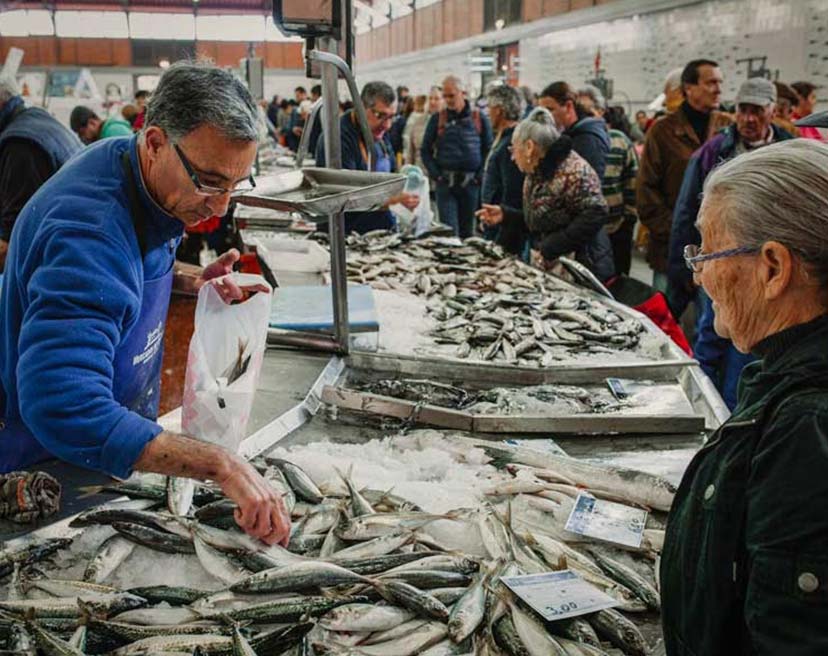
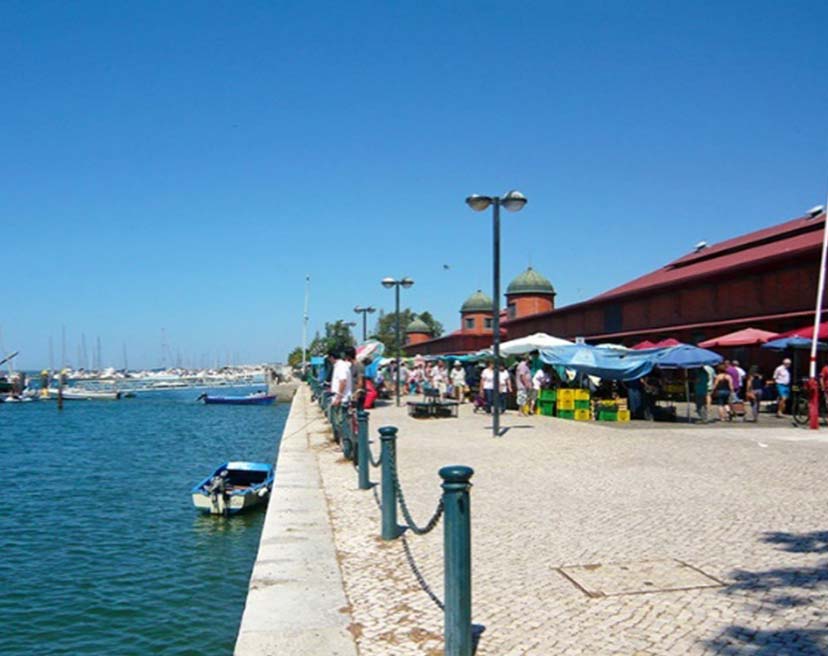
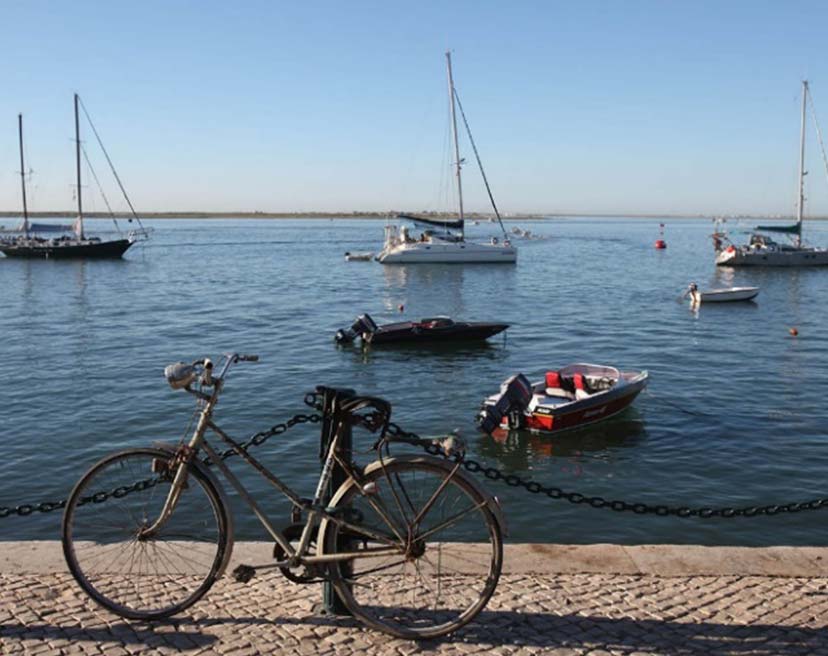
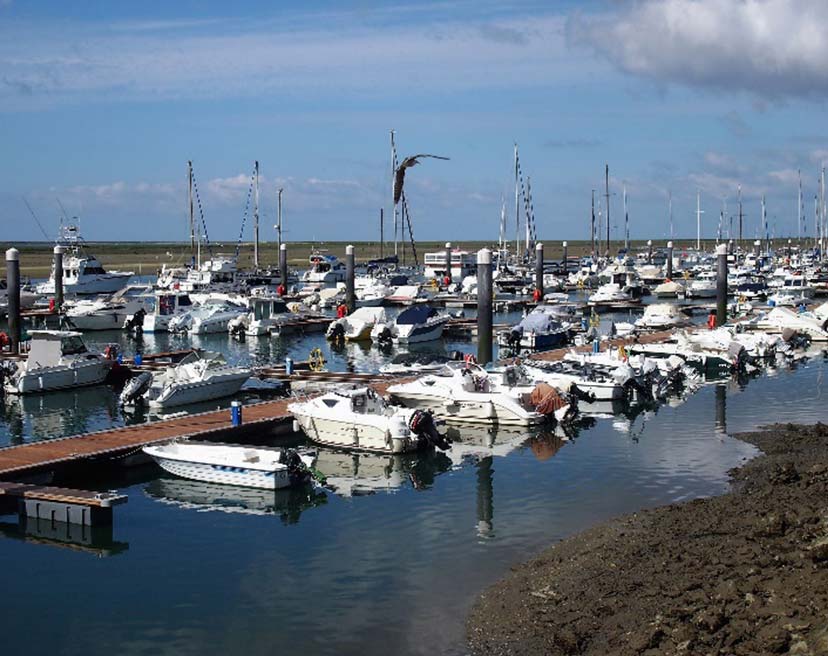
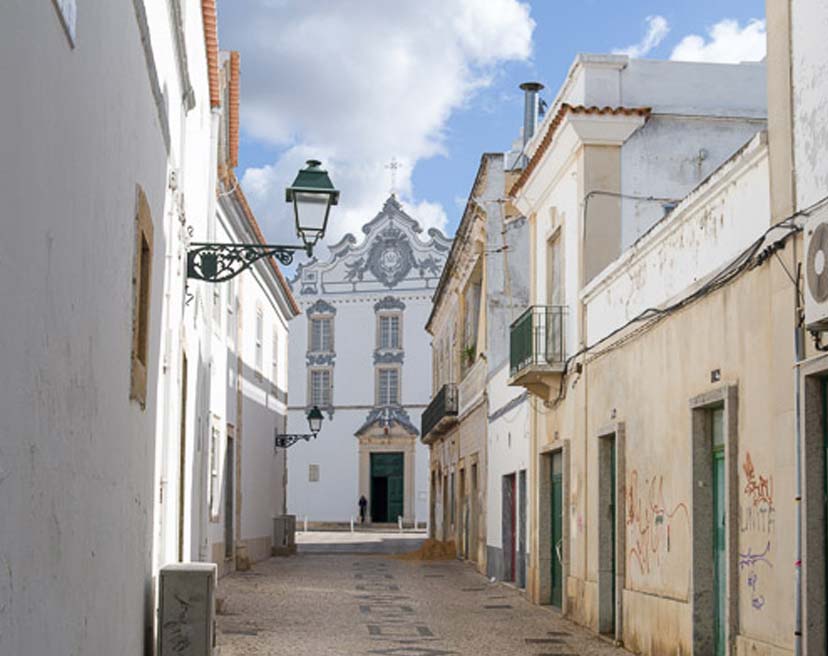
Olhão
The city of Olhão is the Algarve’s largest port and a fishing town filled with entertainment. It is also home to some of the most enchanting landscapes of the region and some of Europe’s best beaches.
The Marketplace in Olhão is famous due to the incredible diversity of fish and exposed seafood in its stalls. The fishermen of Olhão are mythical figures and widely recognized for their expertise both in fishing and cooking!
This seafood abundance together with the local talent have given Olhão the reputation of the gastronomic capital of the Algarve.
A short boat ride takes you to the natural treasures of Olhão. The magnificent reserve of the Ria Formosa and the long pristine beaches of the islands of Culatra and Armona.
Fuseta is a fishing village that belongs to the municipality of Olhão. The beauty of Fuseta’s beaches stretches for miles. There are facilities for sailing and motorised water sports. In the summer, regular boat connections run from Fuseta.
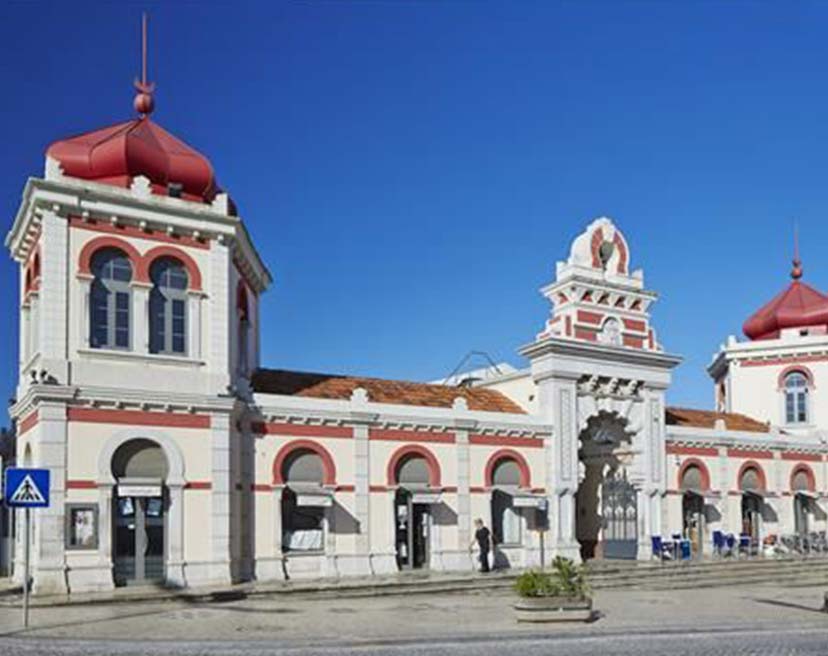
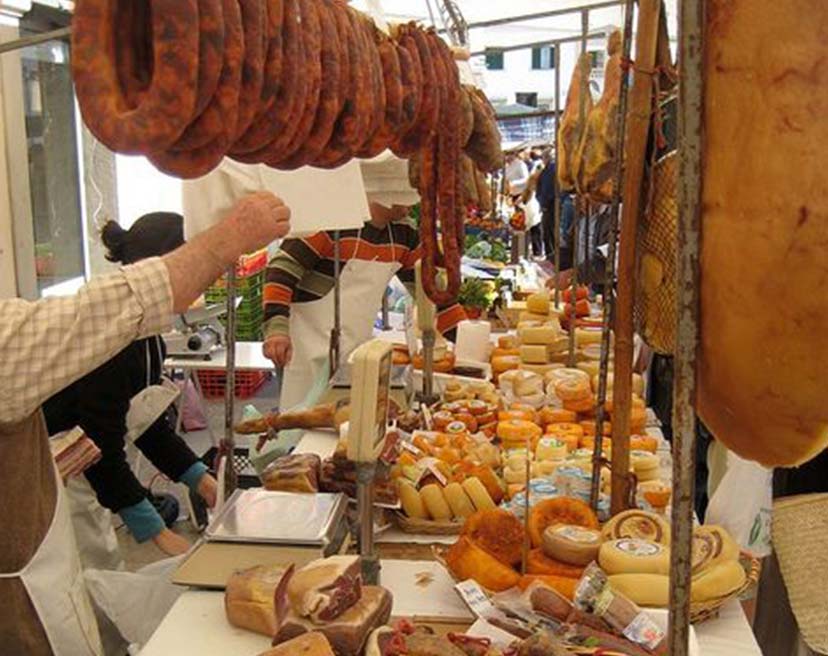
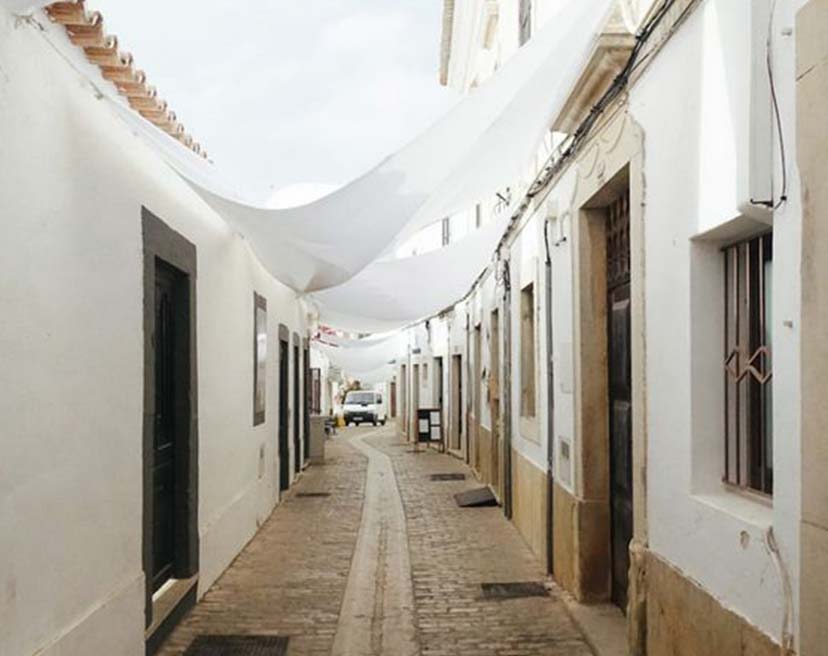
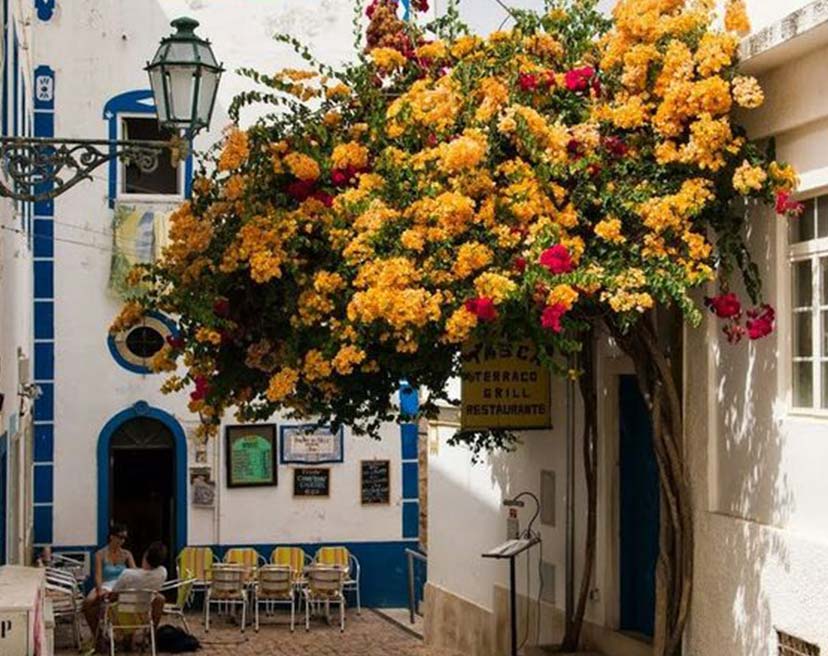
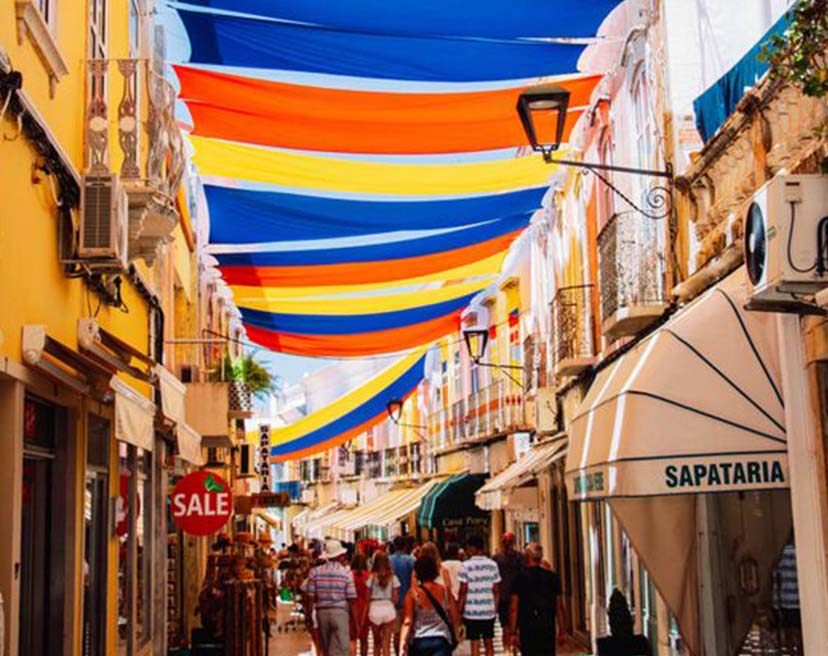
Loulé
The historic town of Loulé 16km to the north of Faro has origins as far back as 400BC and has been a part of Portugal since 1249.
Loulé is famous for its Saturday morning market and its daily market in the Arabian style market hall on Praça da República.
Loulé Carnival is one of the biggest events in Loulé and famous across the Algarve.
It takes places in February or March and is a highly colourful affair with celebrations of music and dancing.
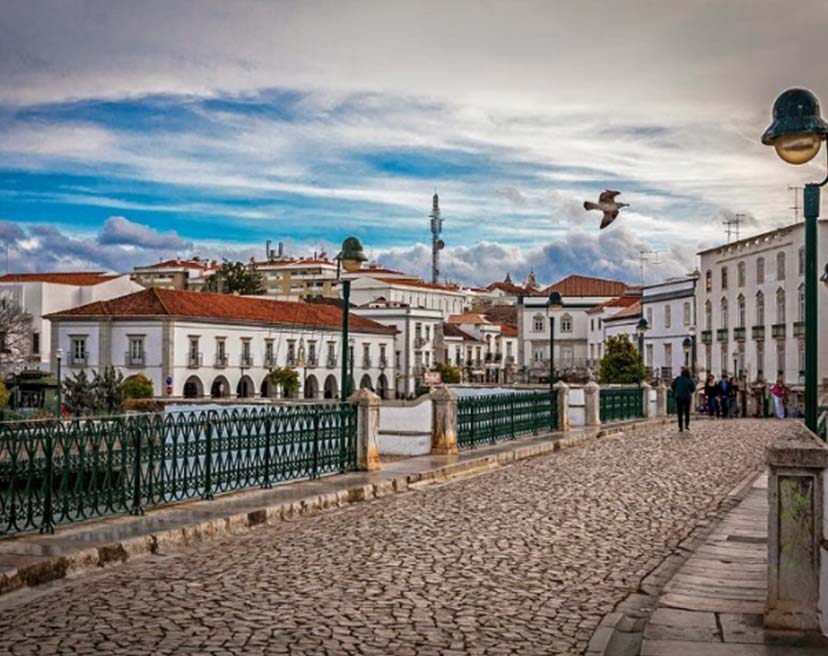
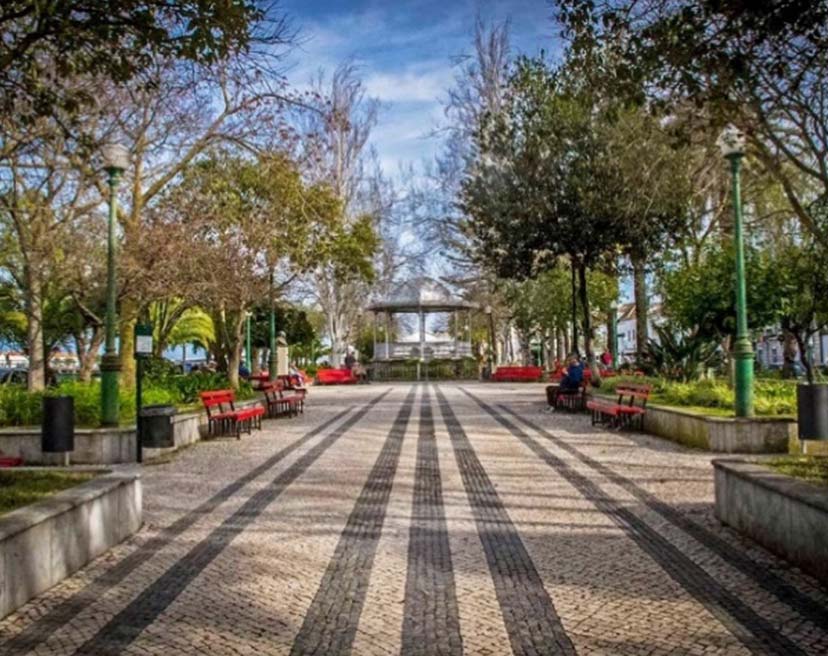
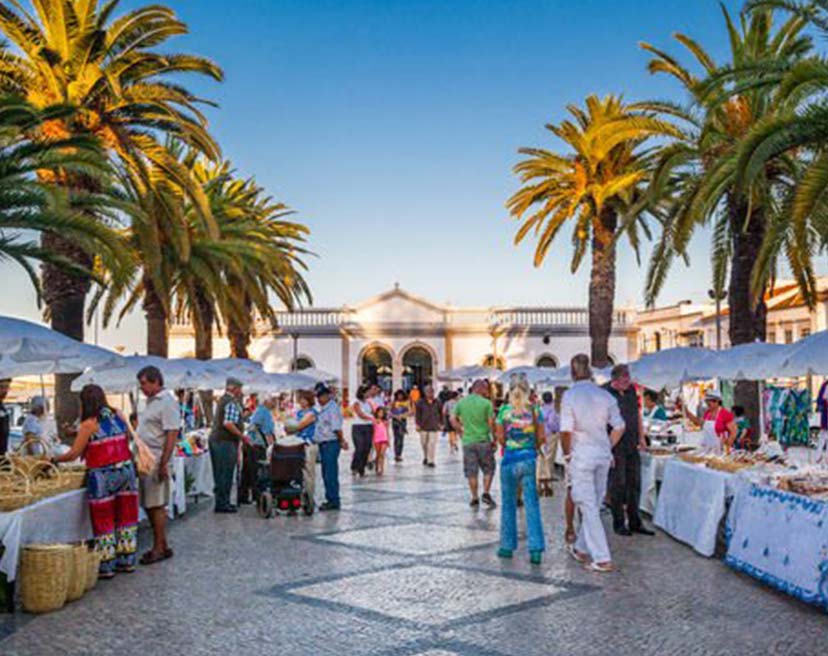
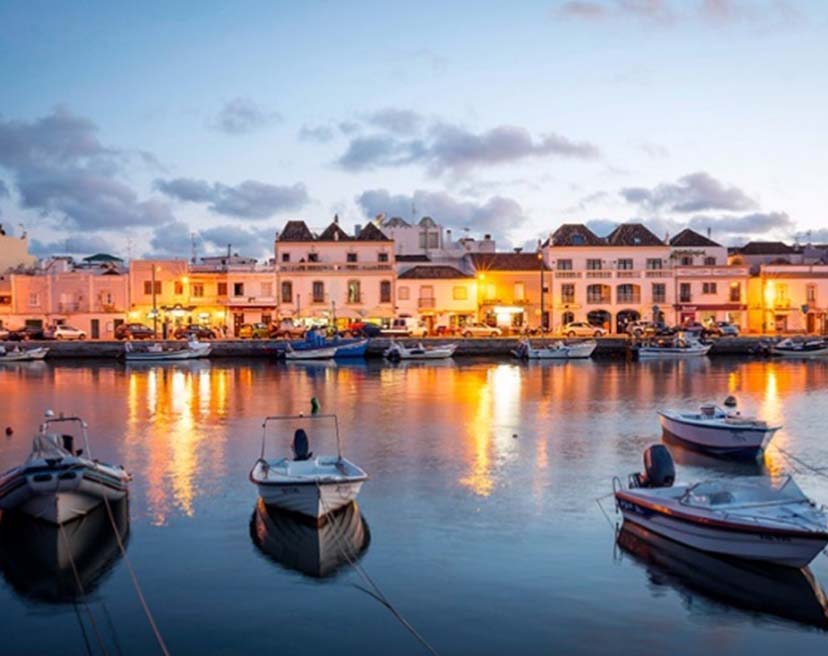
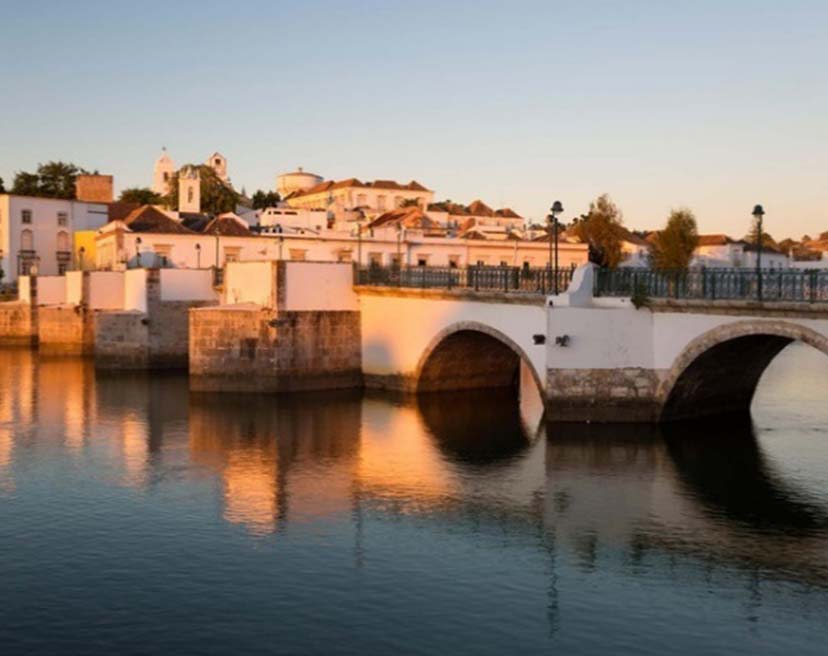
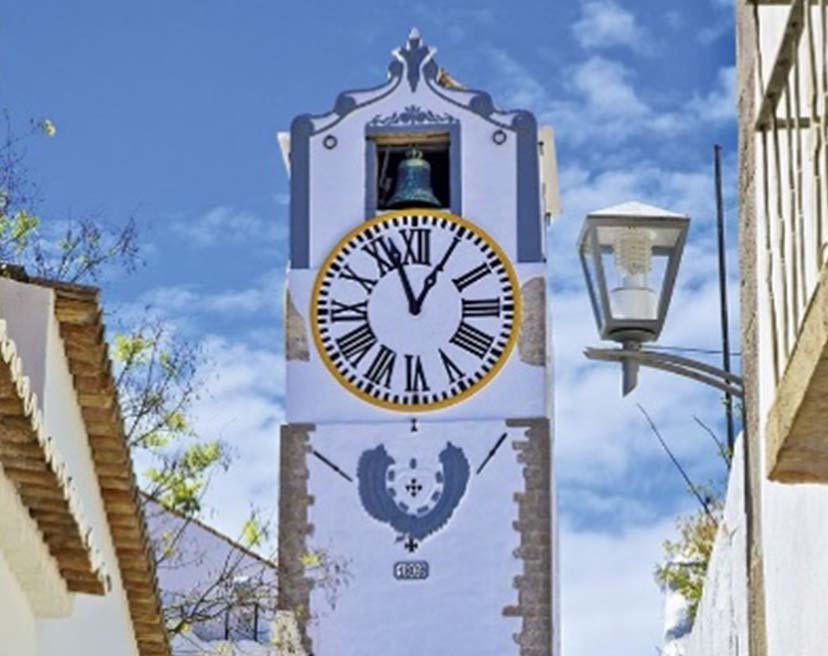
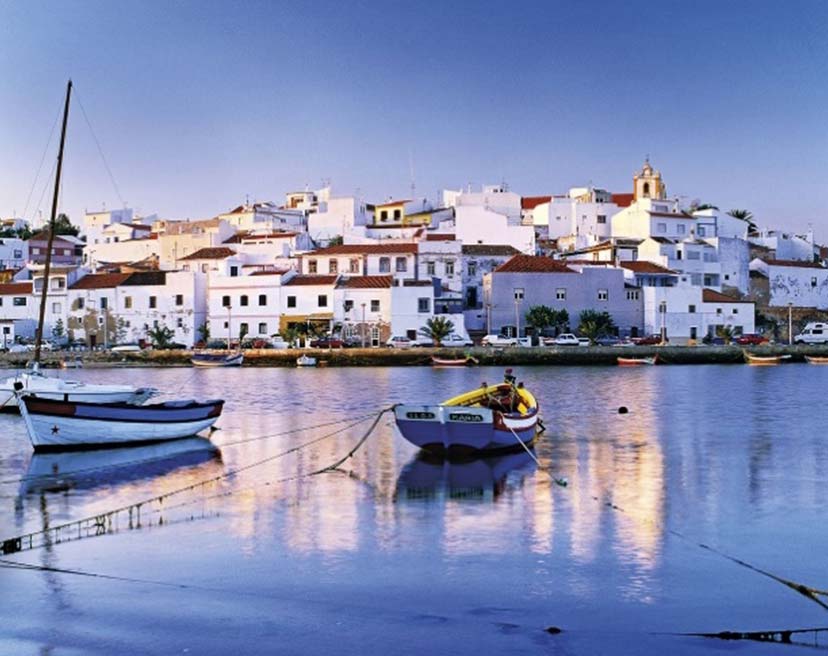
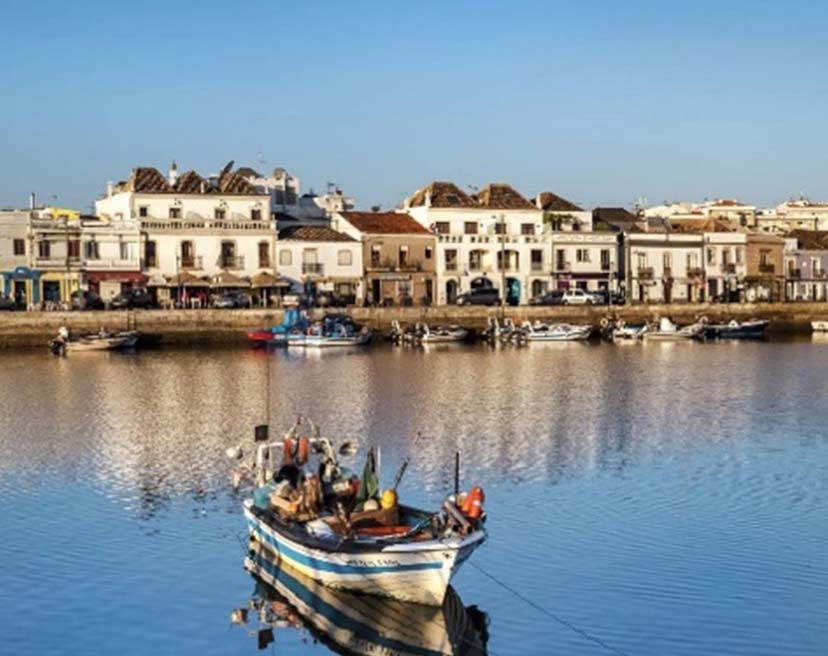
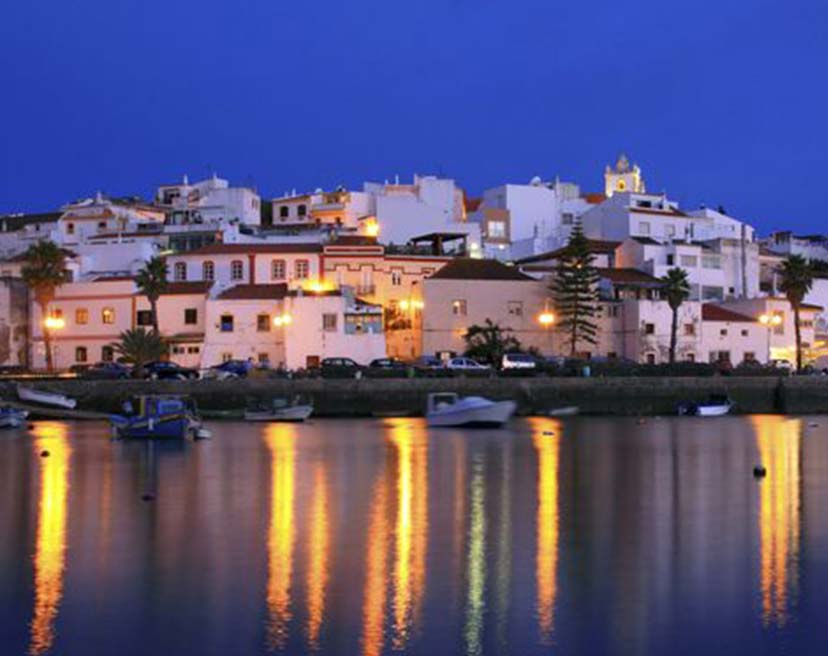
Tavira
Tavira is a charming city with beautiful buildings, cobbled streets and squares that keep the atmosphere of a traditional Algarve fishing village with an Arabic influence. The city is divided by the river Gilão that contributes to its charm. From the streets along the river, the old bridge, allegedly of Roman origin, to the walls of the castle you can stroll and be amazed by the elegant buildings, the traditional roofs, the multitude of churches and different nooks. Tavira is a city of art and history that is worth a cultural visit.
Just outside Tavira, you will be surprised by the brightness of the salt, which is a remote tradition of the area which produces one the most refined table salts from Portugal. In addition, you can enjoy the natural beauty of the Ria Formosa estuary – a vast network of canals, marshes and sandbars that are home to several species of migratory birds. From here you have 11 km of sand that comprises Ilha de Tavira, Terra Estreita, Barril e Homem Nu beaches.
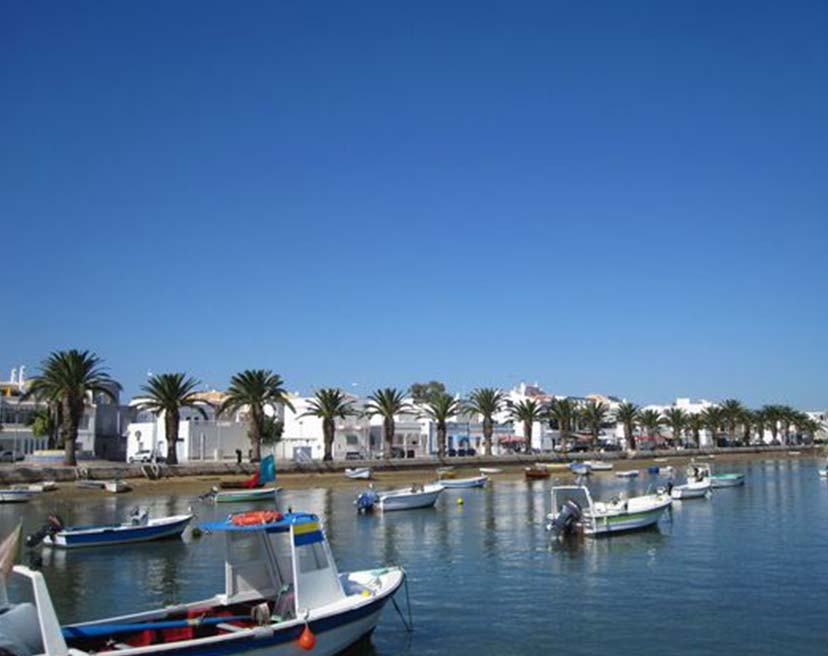
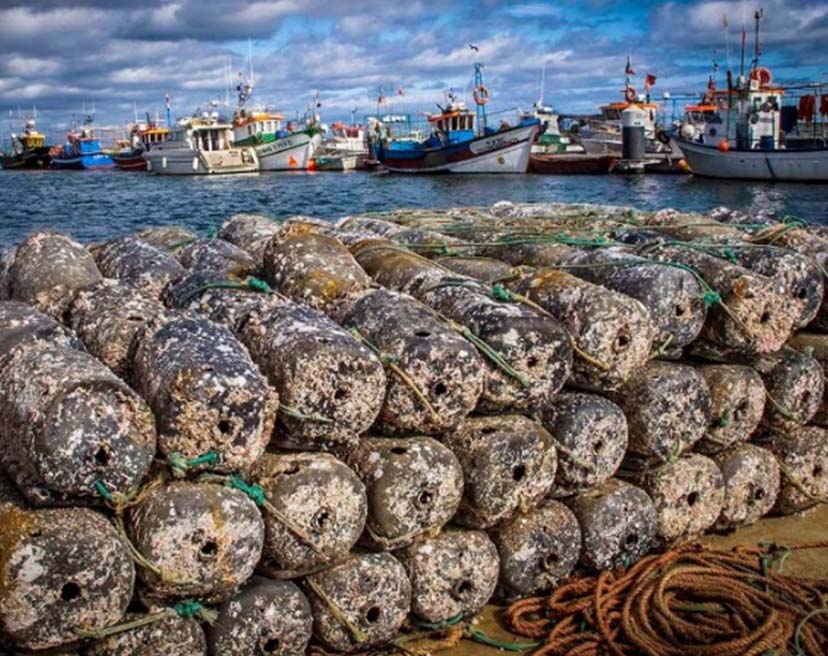
Santa Luzia
Belonging to the municipality of Tavira you have Santa Luzia, known as the as the octopus’s capital.
The nice and pleasant promenade framed by the river offers several restaurants and taverns where you can enjoy the best seafood of the estuary as well as typical dishes.
From here you can take a boat ride along the various water channels that serve as shelter to the sailing boats.
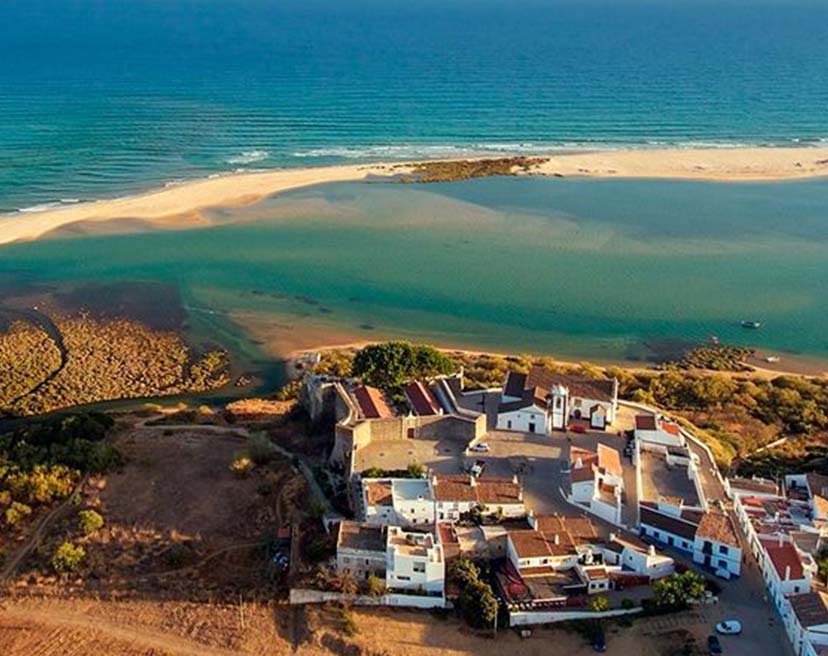
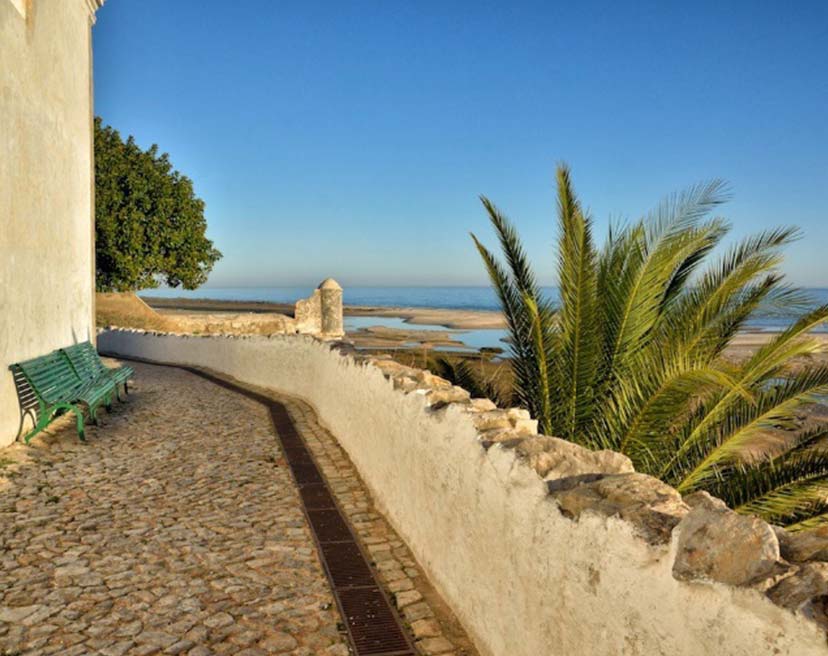
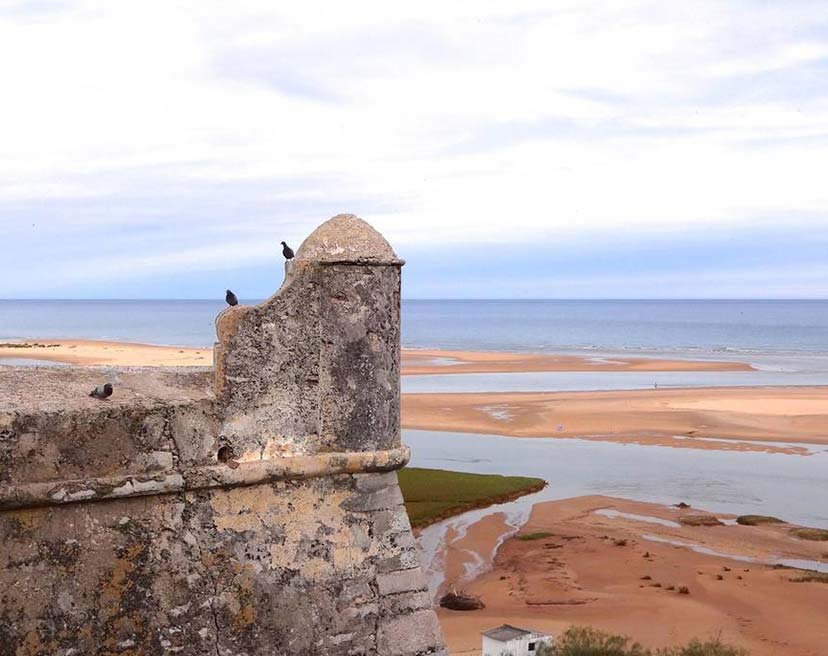

Cacela Velha
In the direction of Vila Real de Santo António (East), you will find Cacela Velha, a beautiful small town.
Cacela Velha is located in a sandstone elevation just in front of the Ria Formosa and the sea, where you can contemplate the most beautiful panoramic views of the eastern Algarve.
For many the most beautiful part of the Ria Formosa, admirably preserving its charm and serenity.
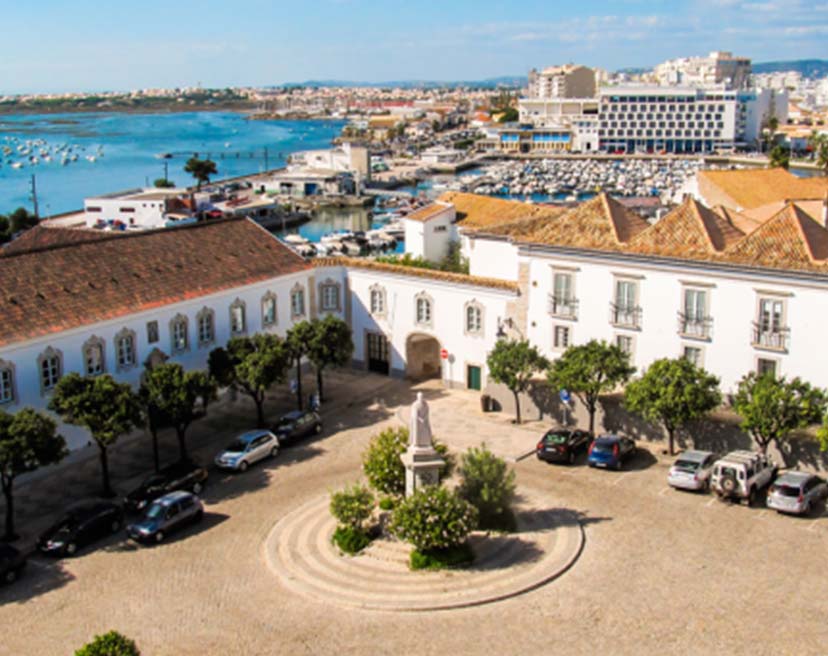
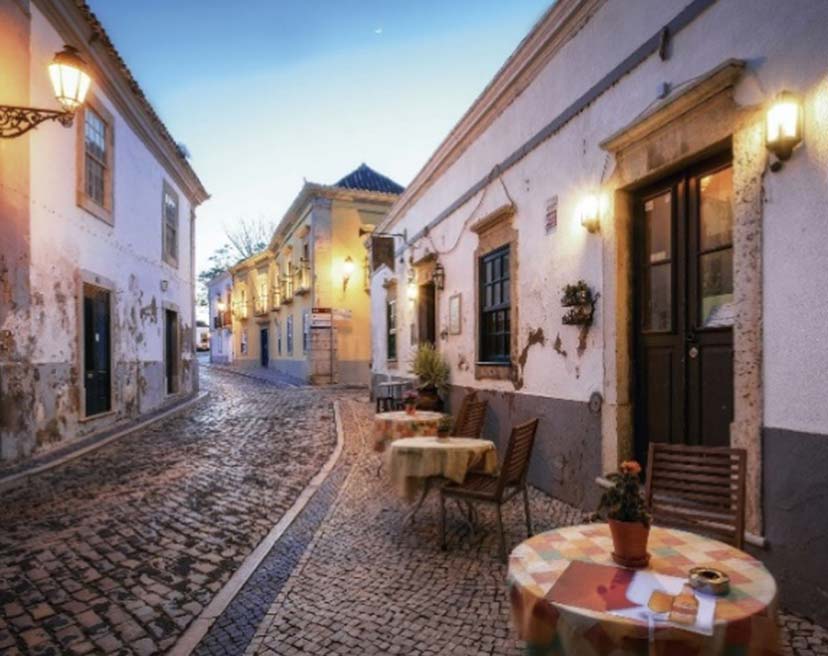
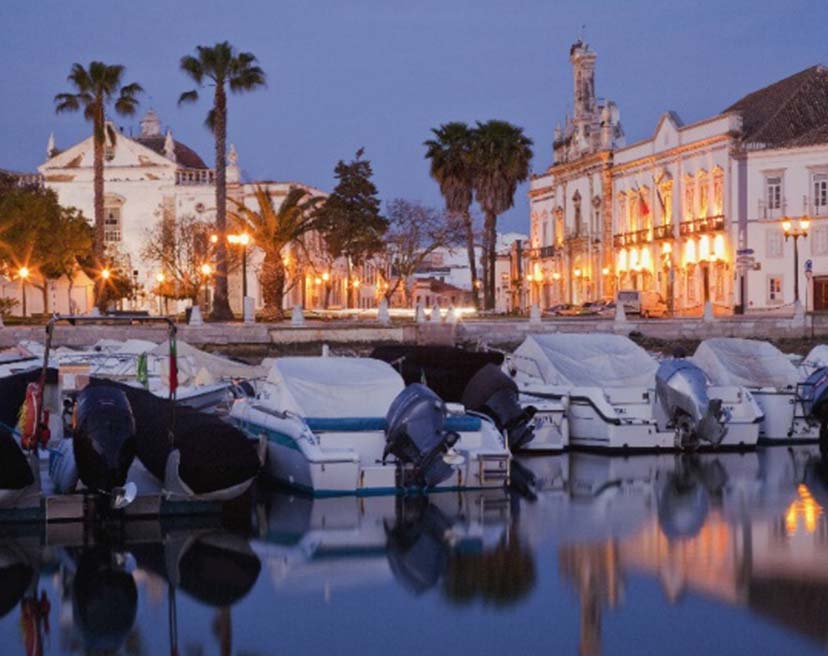
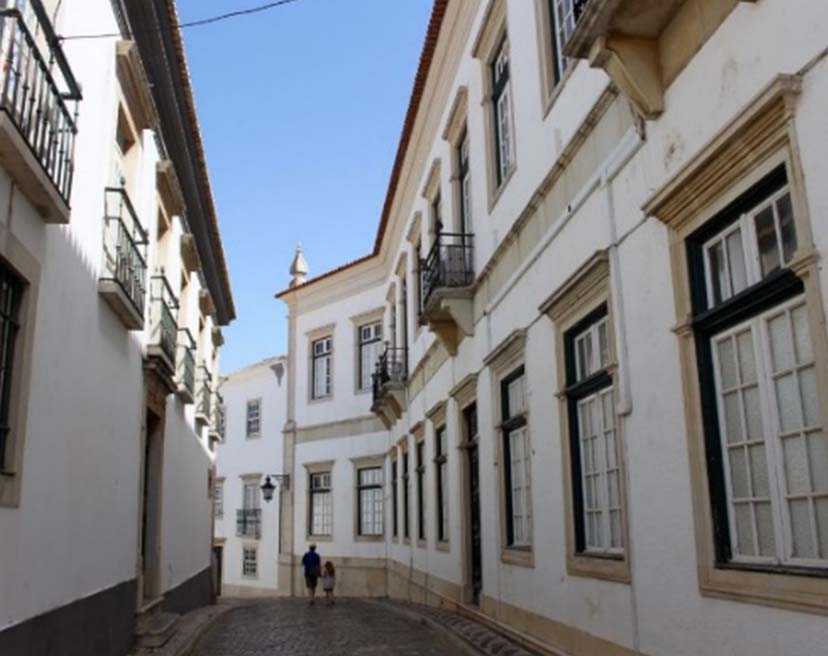
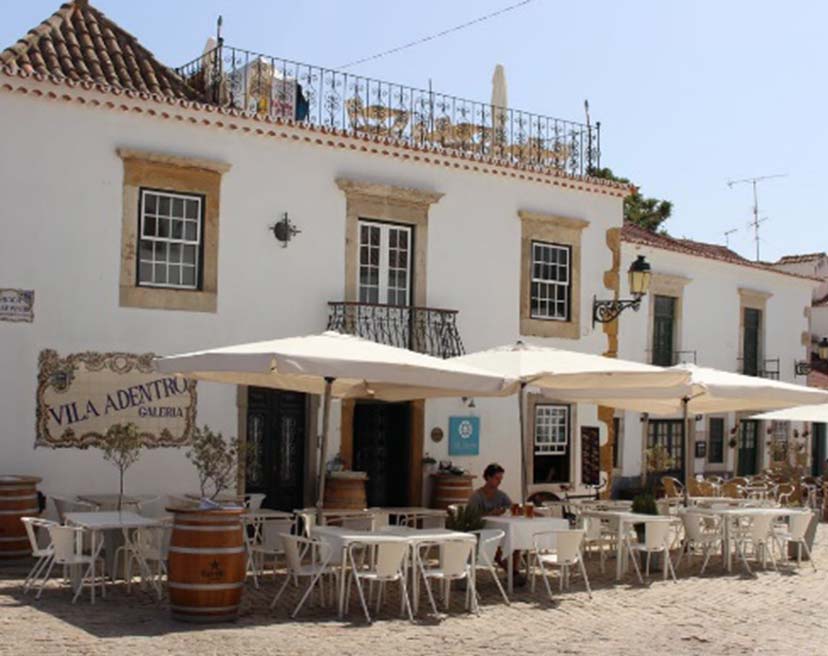
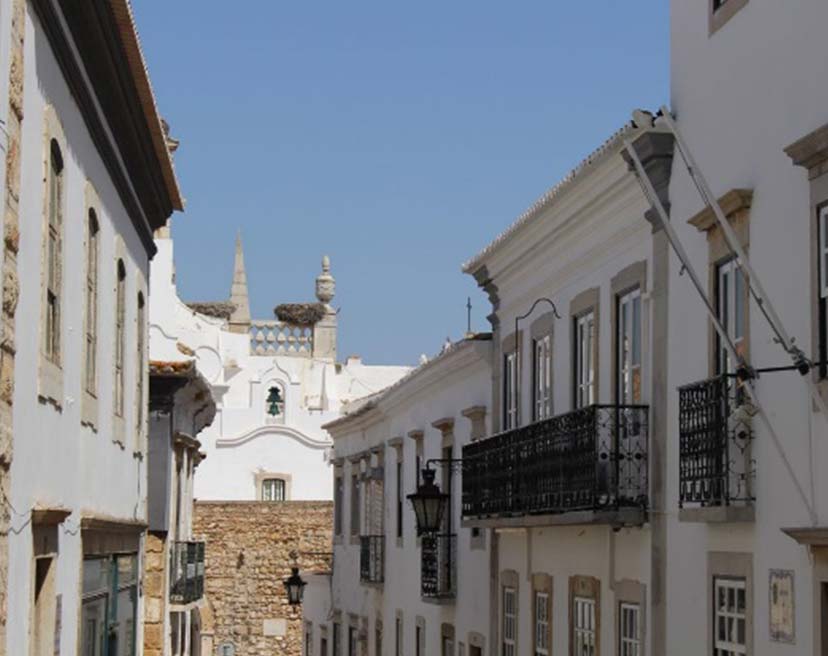
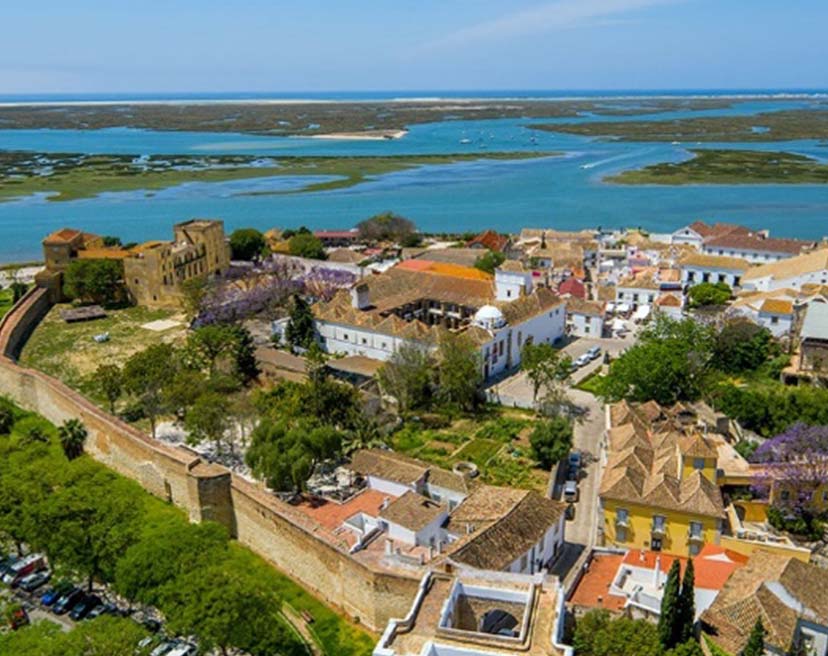
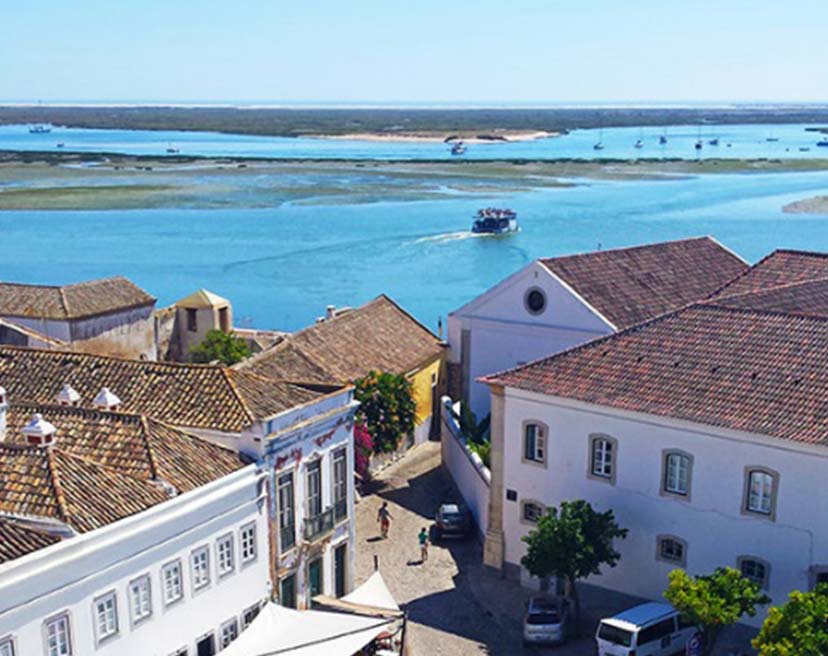
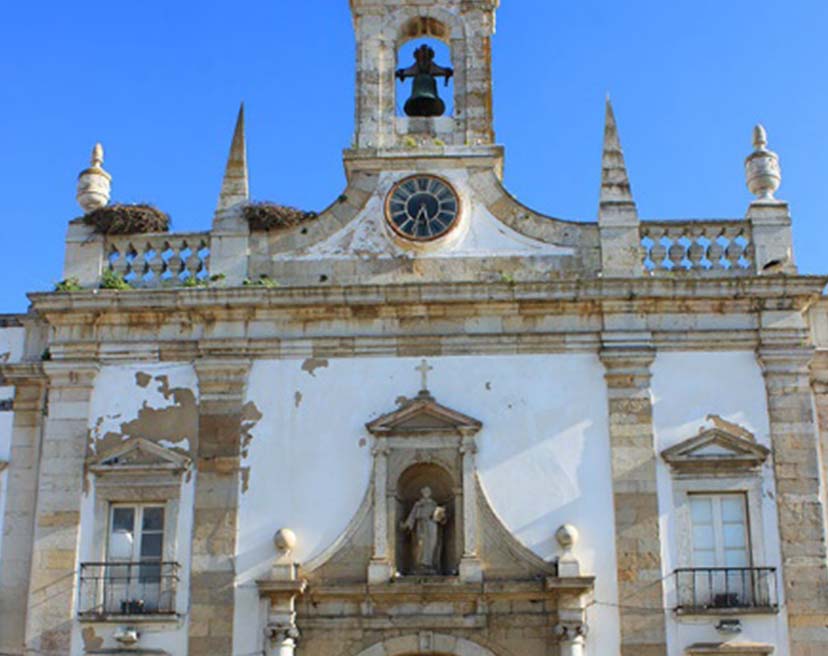
Faro
The capital of the Algarve since 1756 Faro is a historic and culturally rich city that boasts a variety of fascinating tourist attractions. It is worth to spend time in Faro, and you will discover a charming and authentic Portuguese city.
The delightful historic centre of Faro, known as “vila adentro”, is encircled by ancient city walls and contains some interesting monuments and cobbled backstreets that are well worth wandering through to explore their nooks and crannies. Outside the perimeter of the walls, there is a different city, rebuilt after the 1755 earthquake, with some remarkable buildings, namely churches.
Facing Ria Formosa, you can take the opportunity to visit this magnificent Natural Park. There are regular and other boat services that operate in the estuary departing from Cais da Porta Nova that can take you to quiet beaches such as Faro islands, Farol, Culatra and Deserta.
Protected
areas in
the Algarve
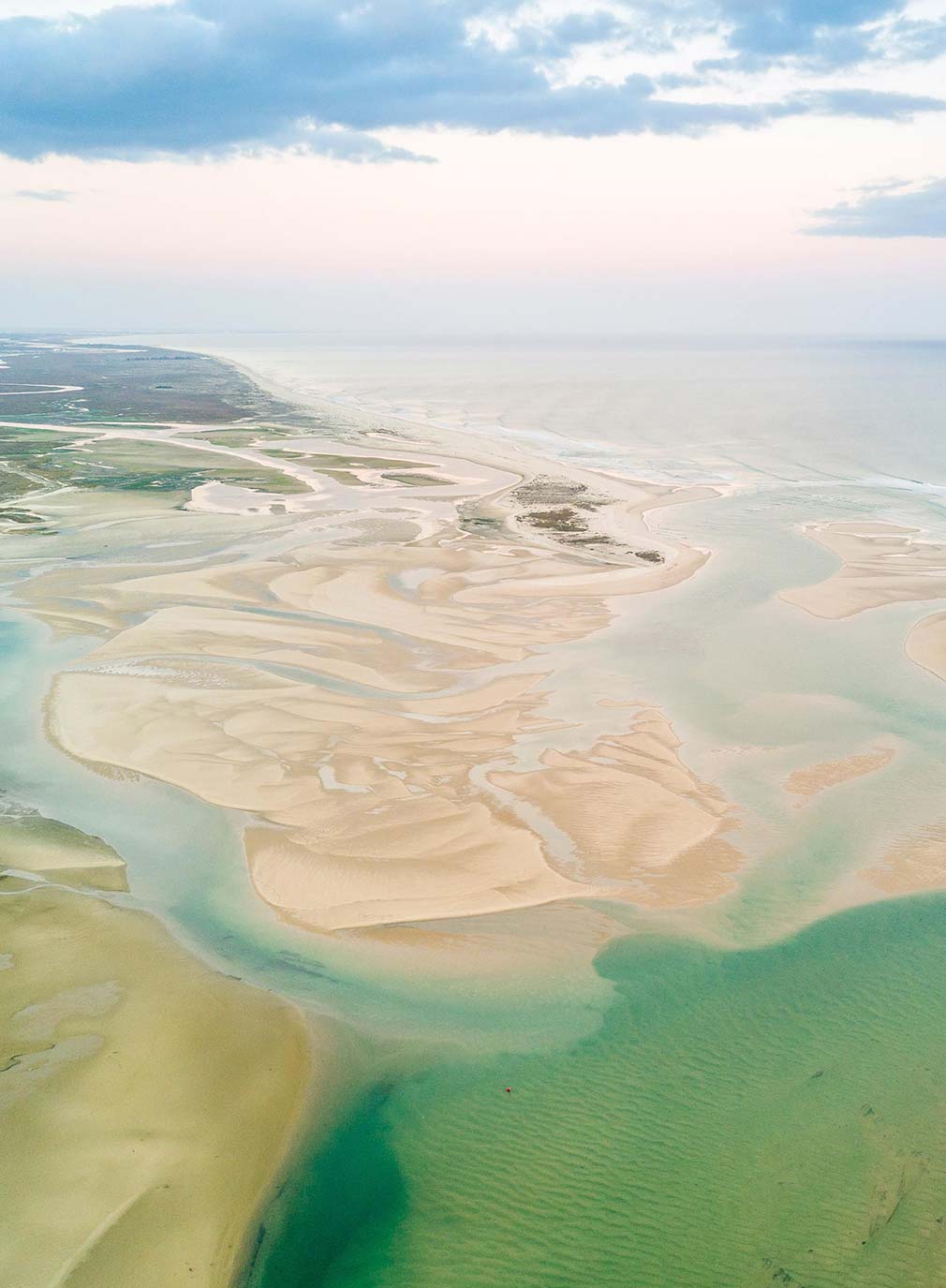
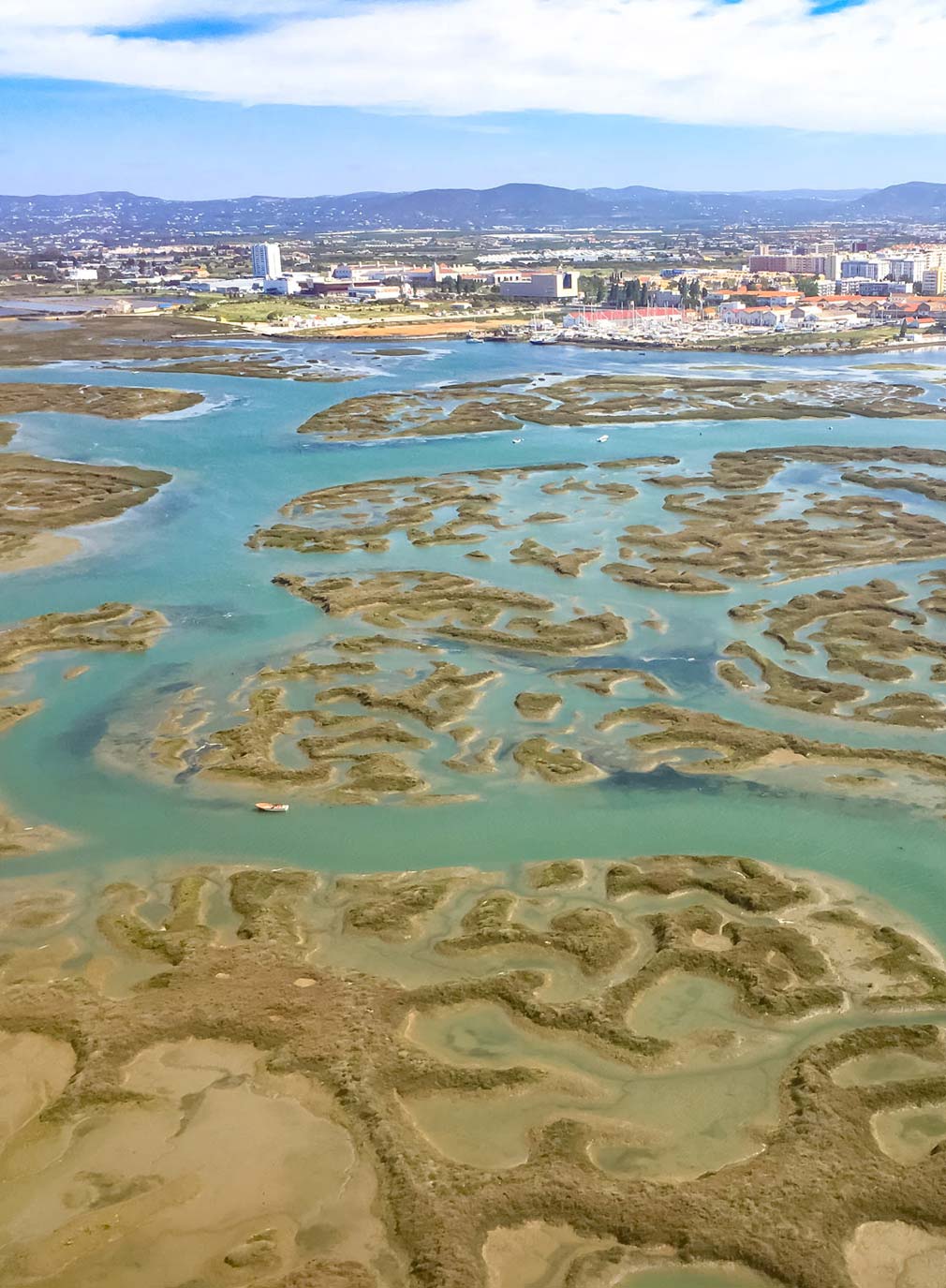
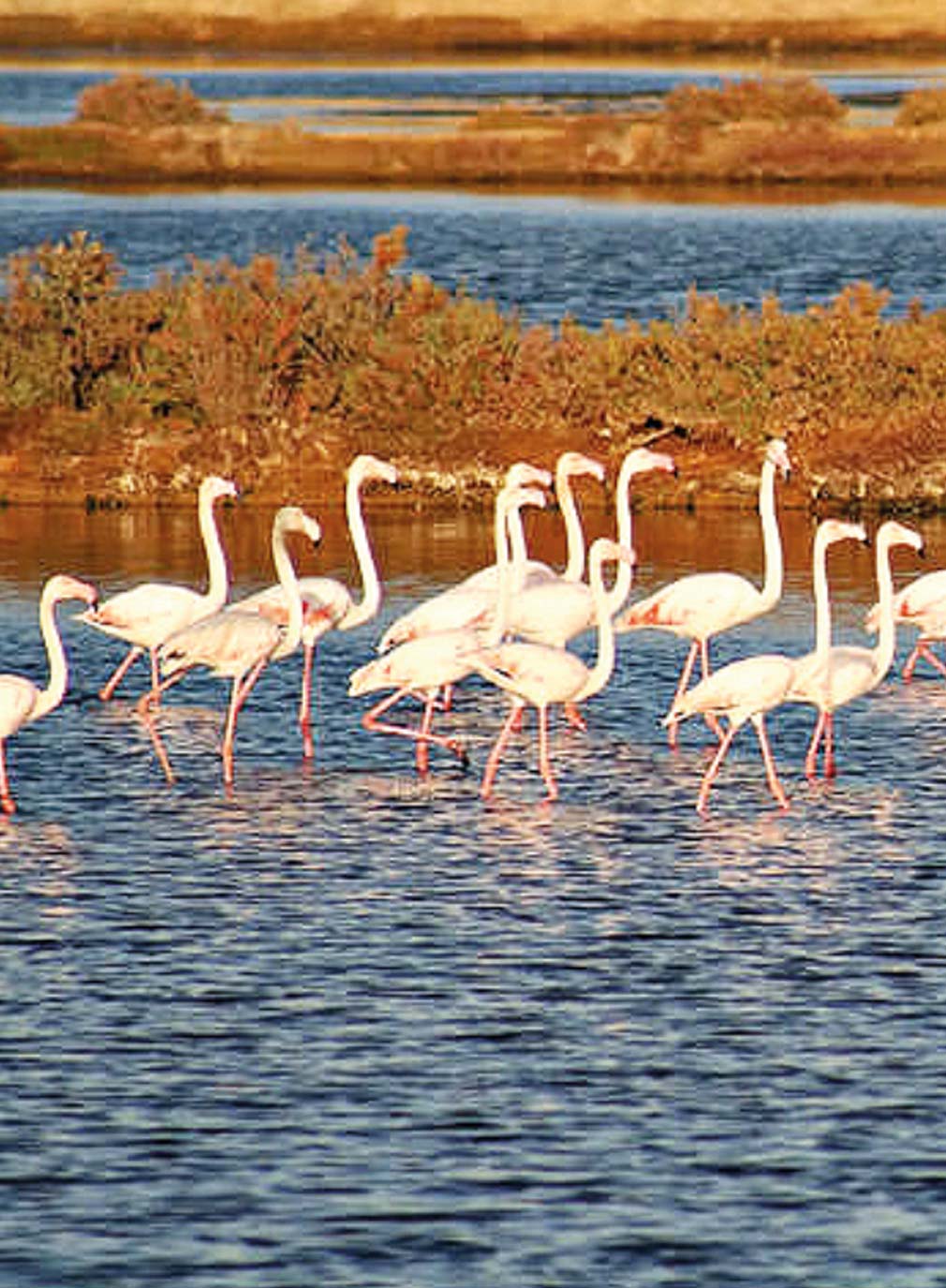
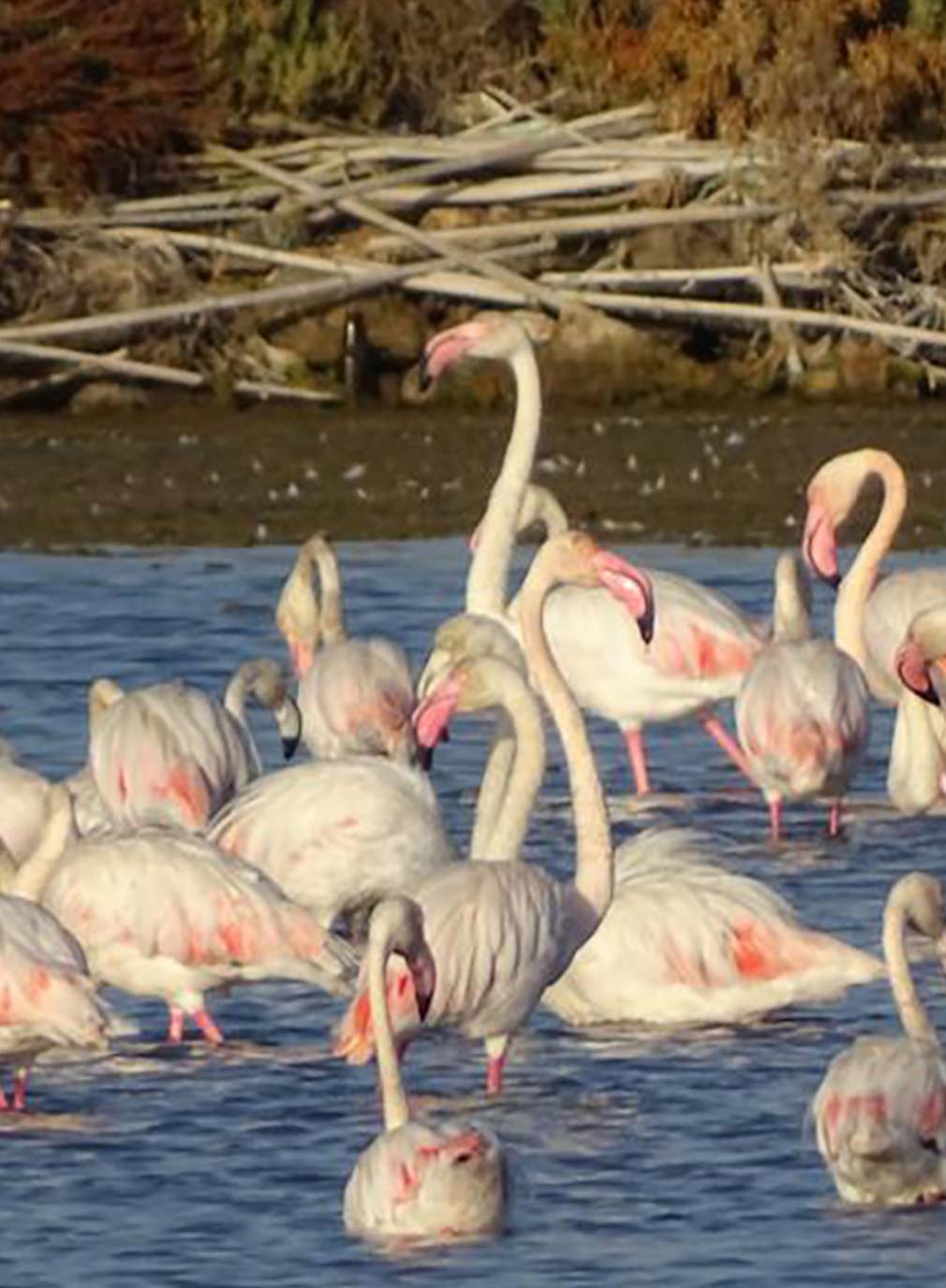
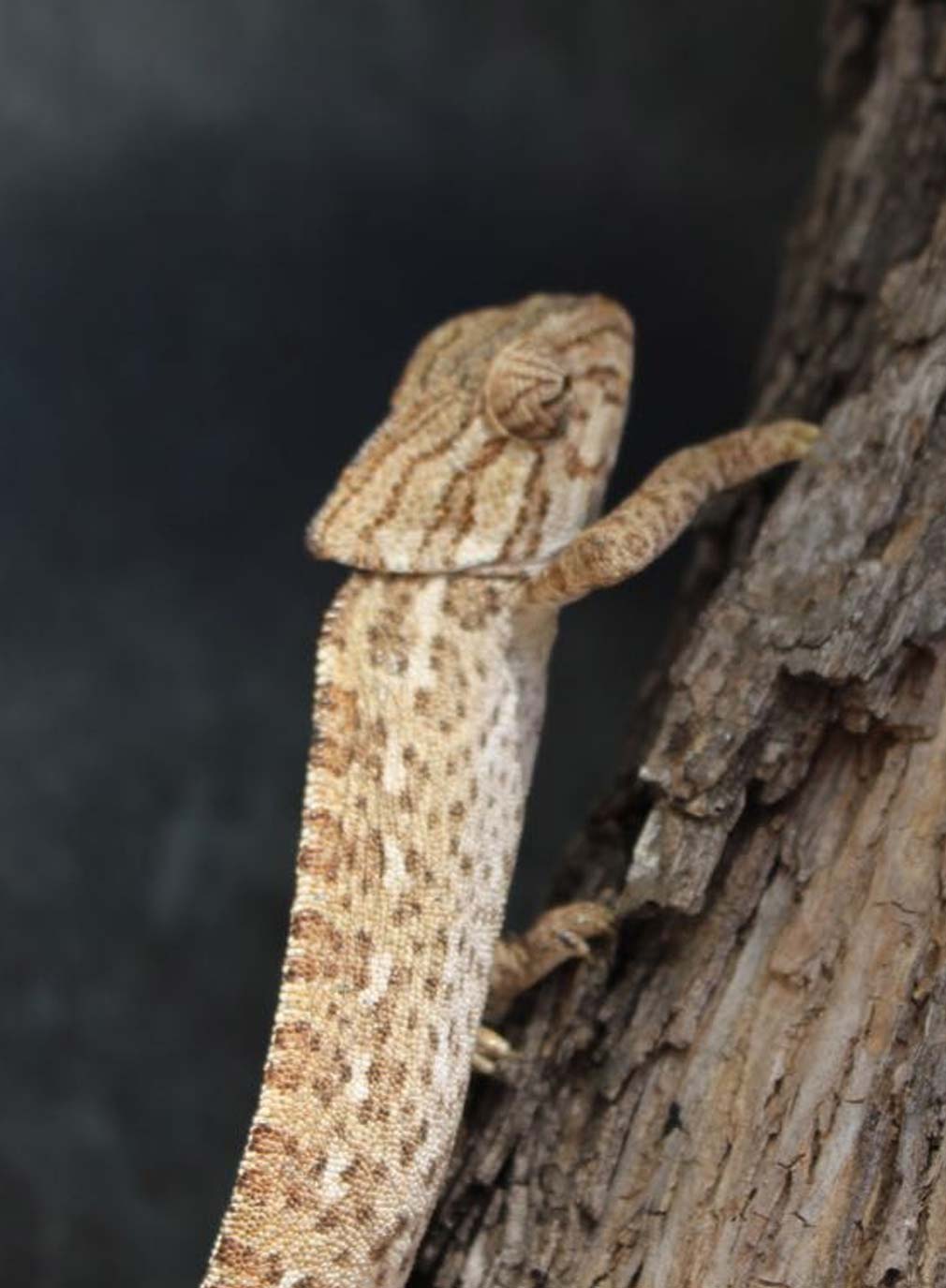
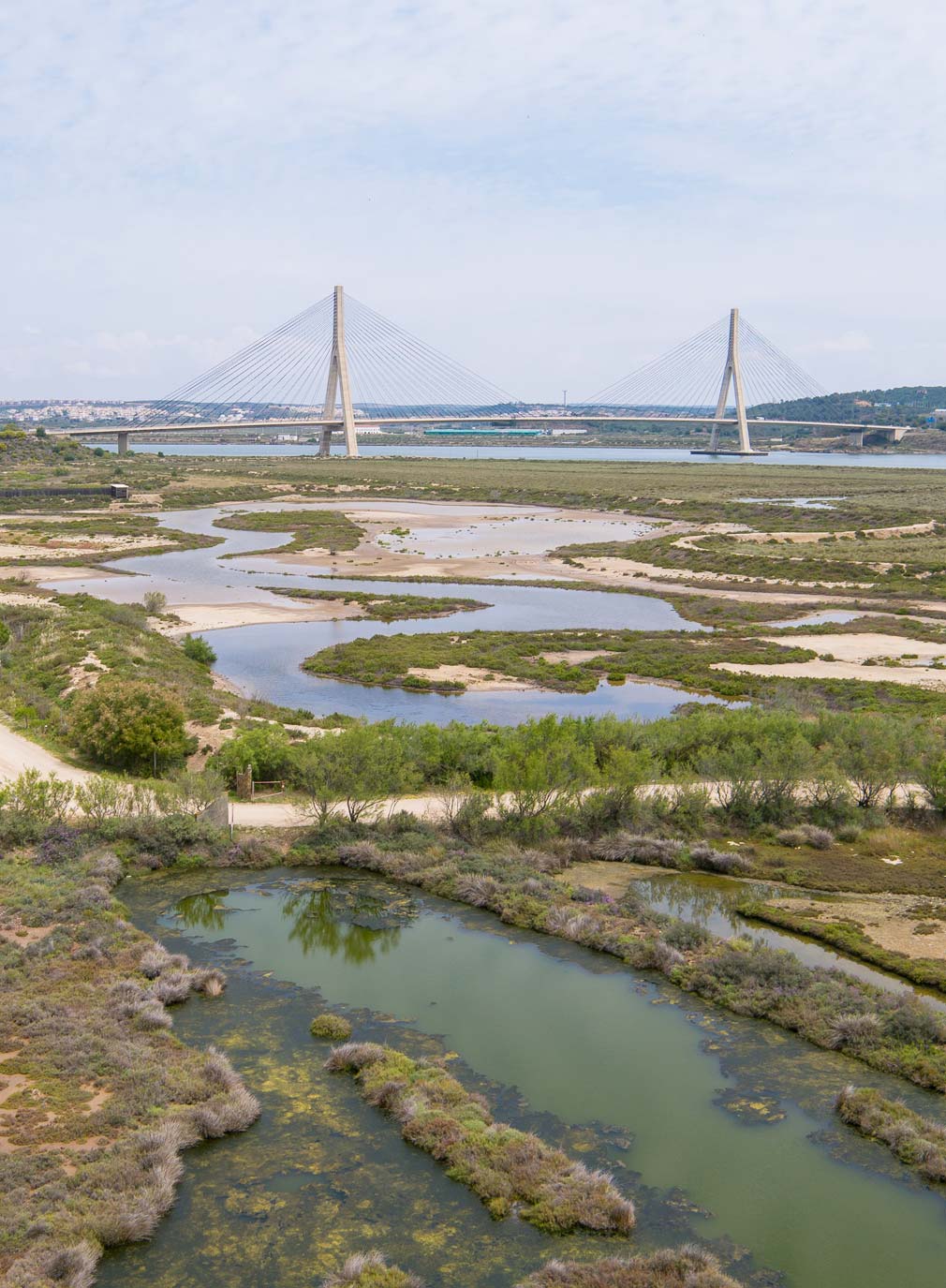
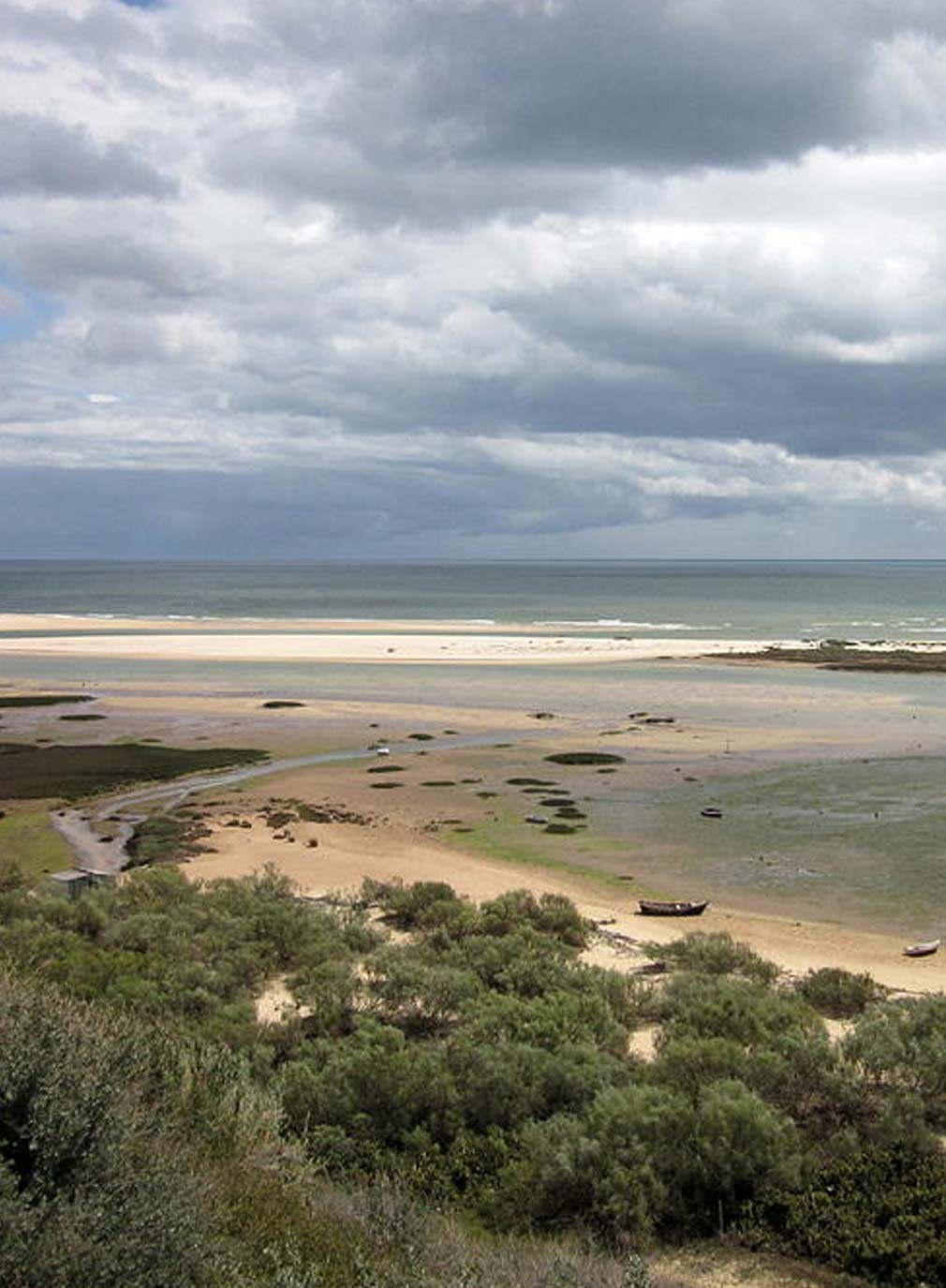
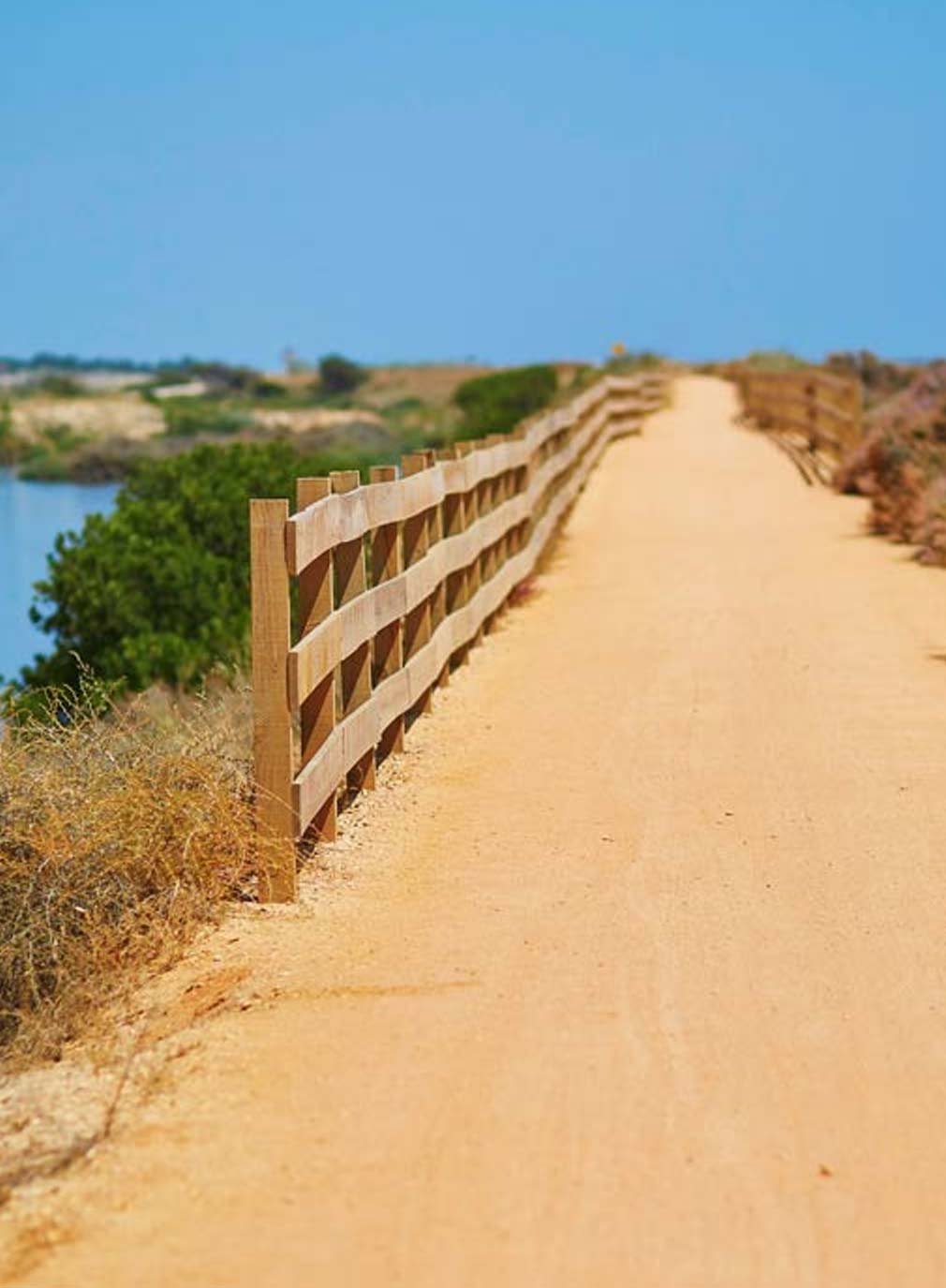
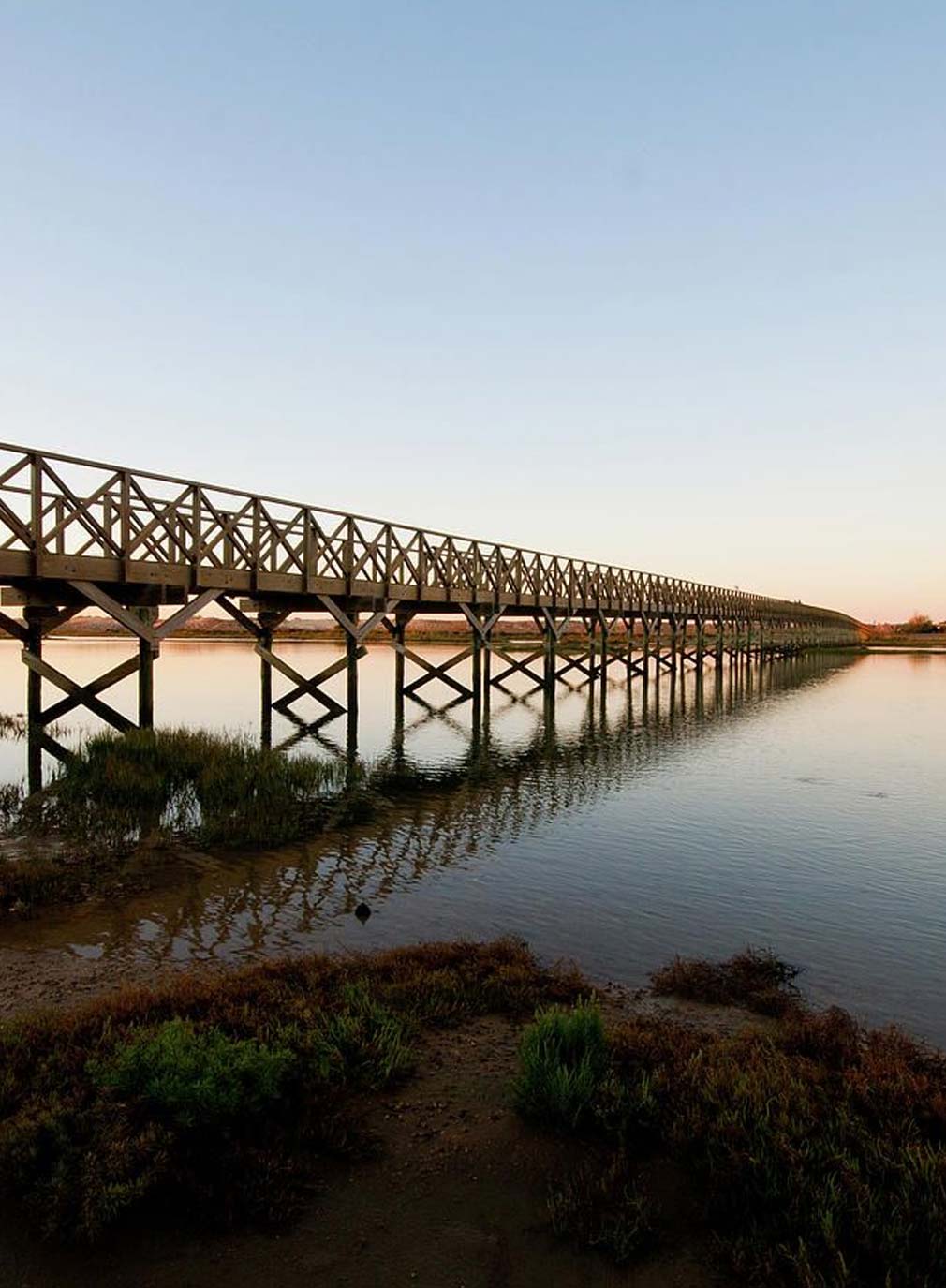
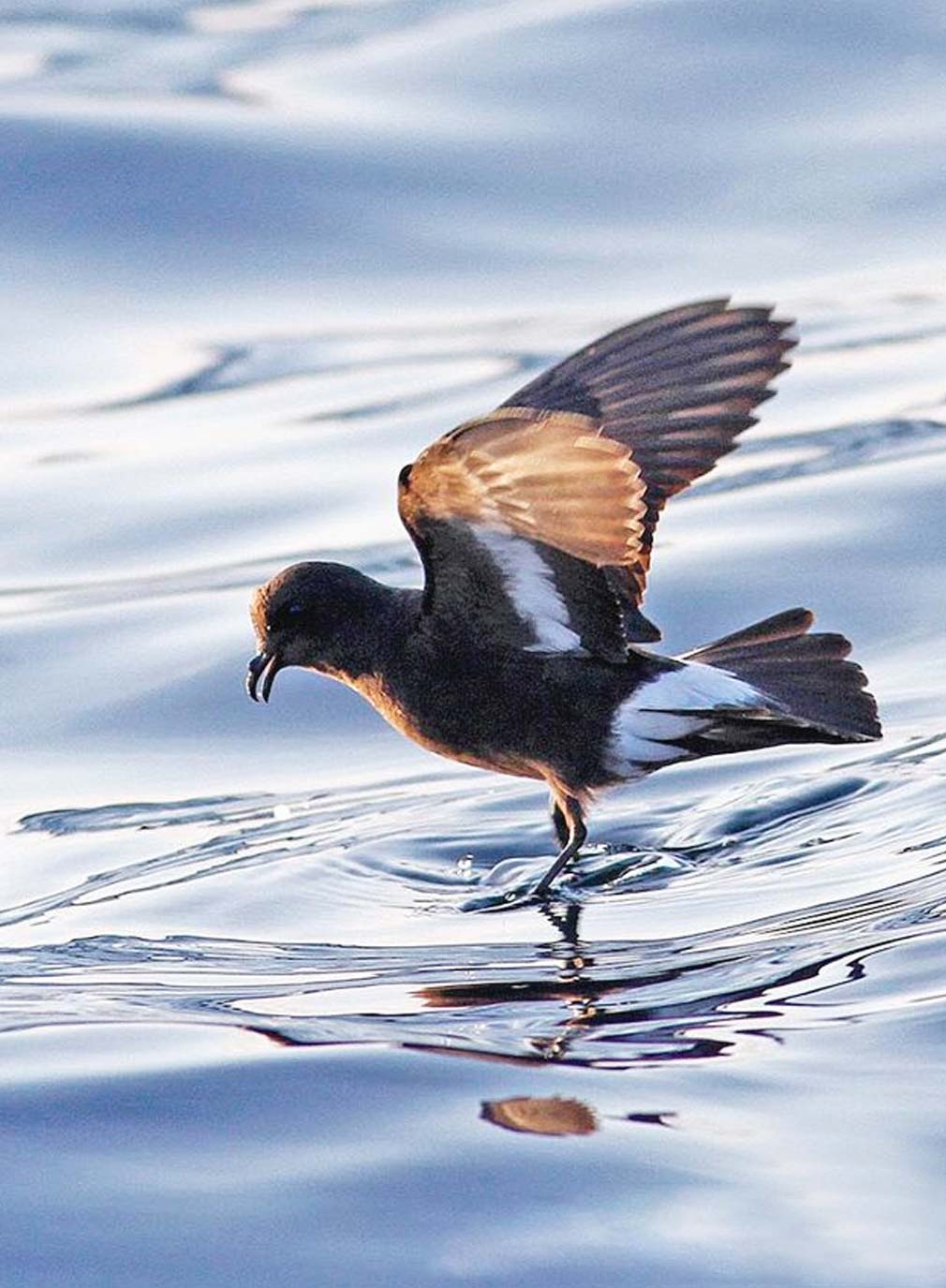
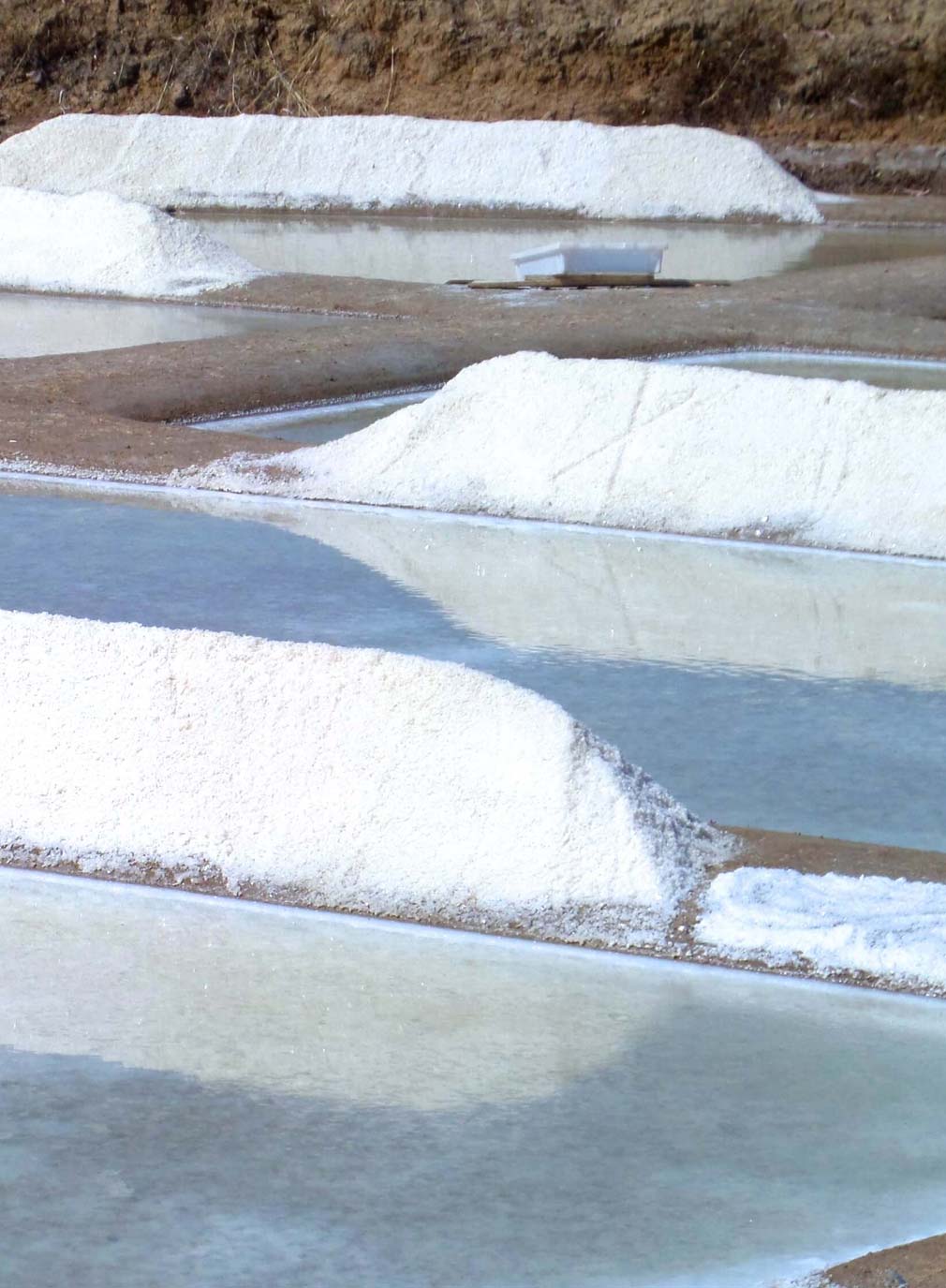
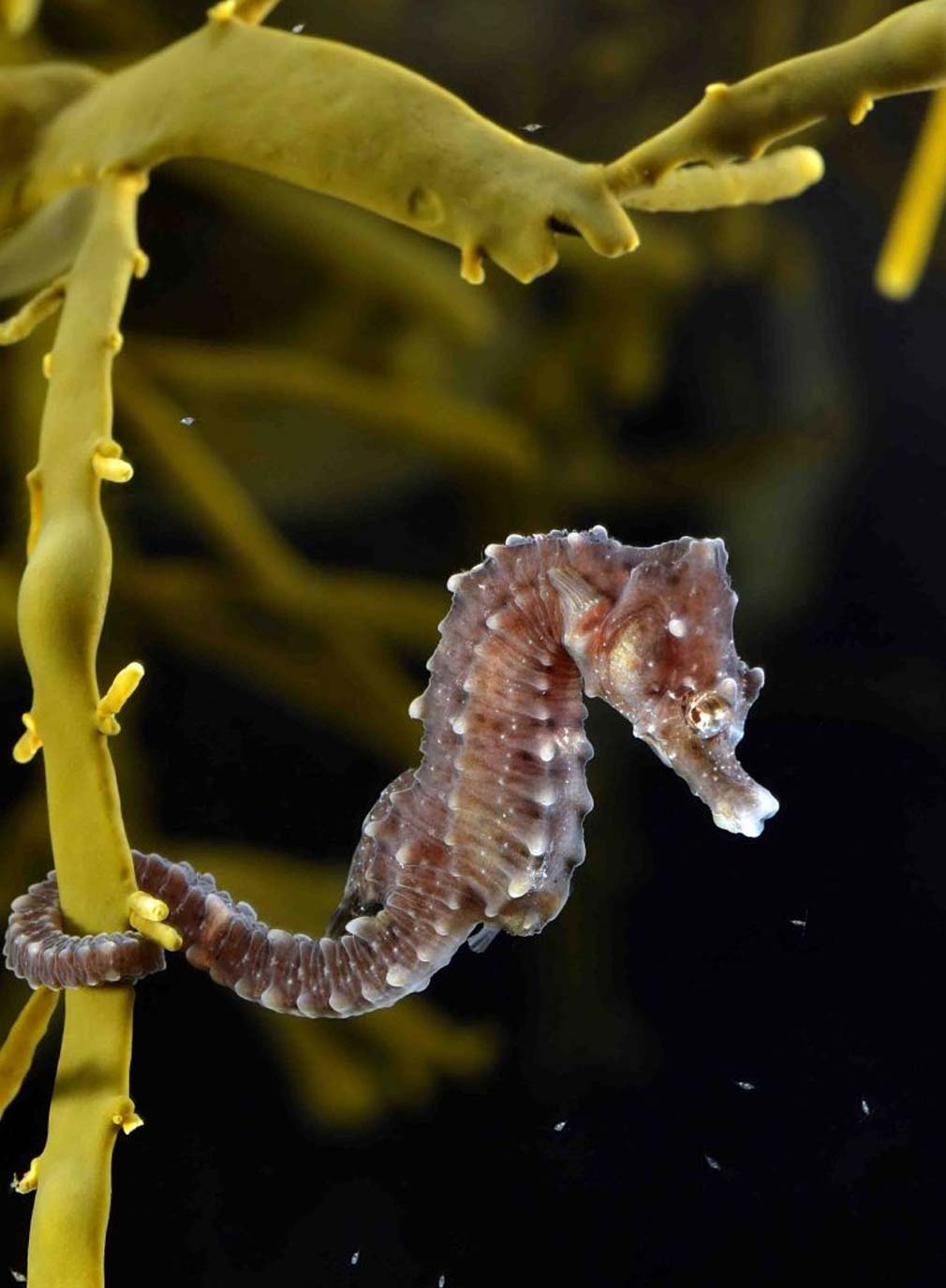
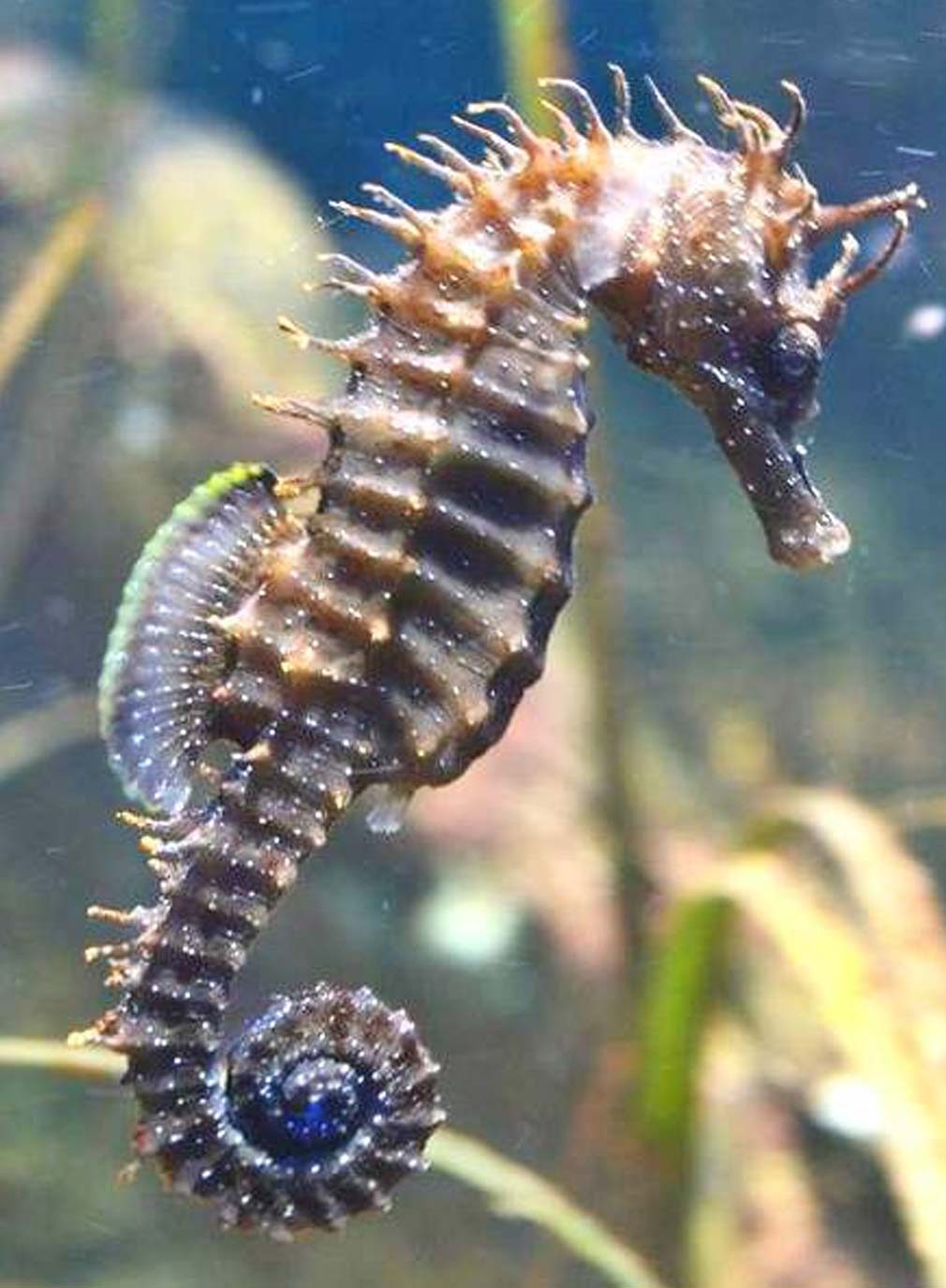
The Ria Formosa Natural Park of is a unique natural reserve due to its continuous changing nature. Is home to a variety of species, situated between the beach of Ancão and the beach of Manta Rota, with an extension of about 18,000 hectares, which makes the transition between land and sea along 60 km of the Algarvian leeward. Is Portugal’s largest protected coastal zone. Is ideal for hiking and boating.
The Sapal of Castro Marim is situated by the mouth of the River Guadiana. This wetland of international recognized value is a privileged habitat for fauna and flora. Flamingo, the eagle, woodcock and kingfishers are the most common species, but the park’s symbol is the purple swamp hen, a rare species which exists in Portugal and nests exclusively in these lakes. Another important inhabitant of the estuary is the chameleon, an endangered species in Europe.
Beaches
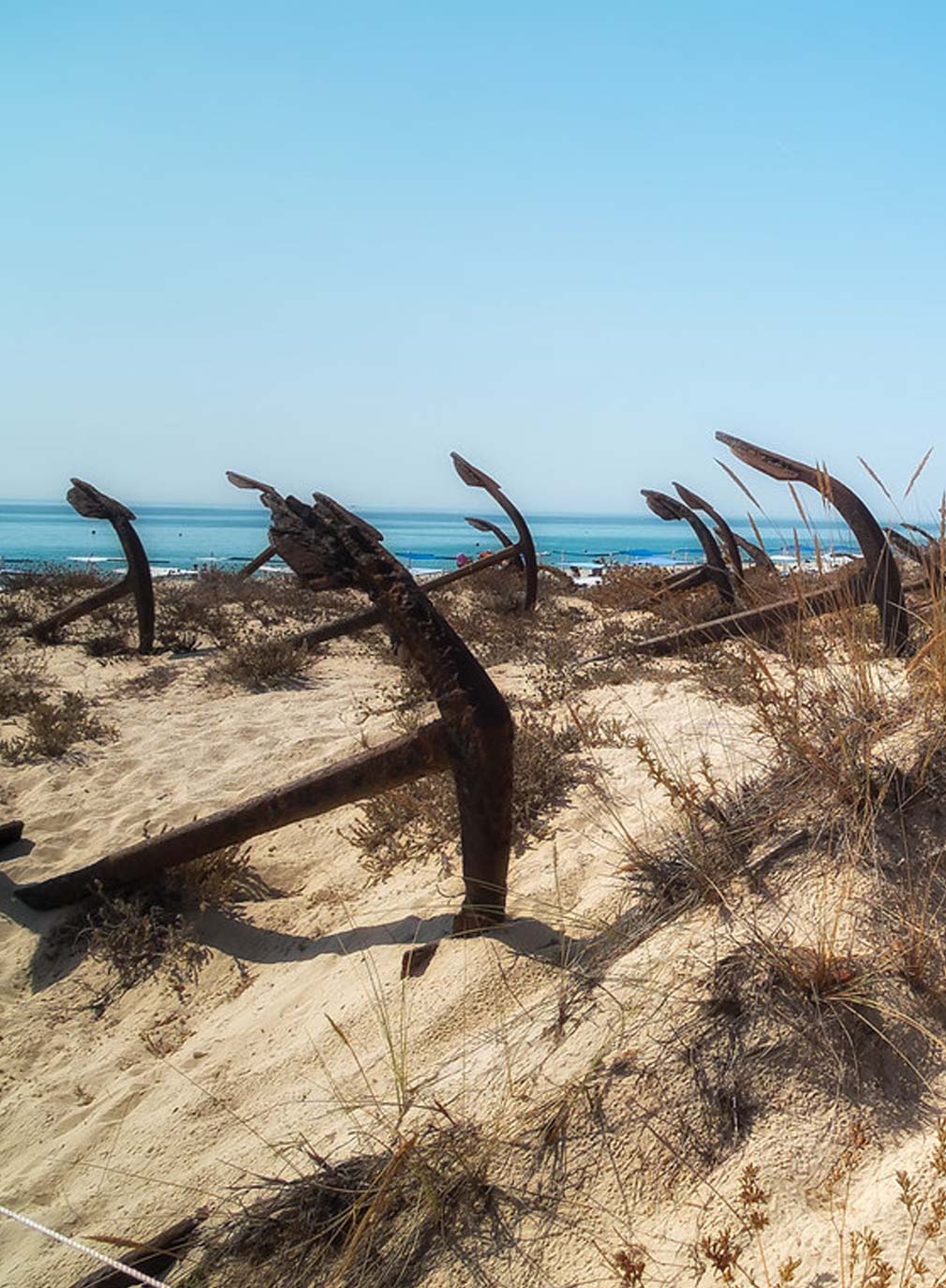
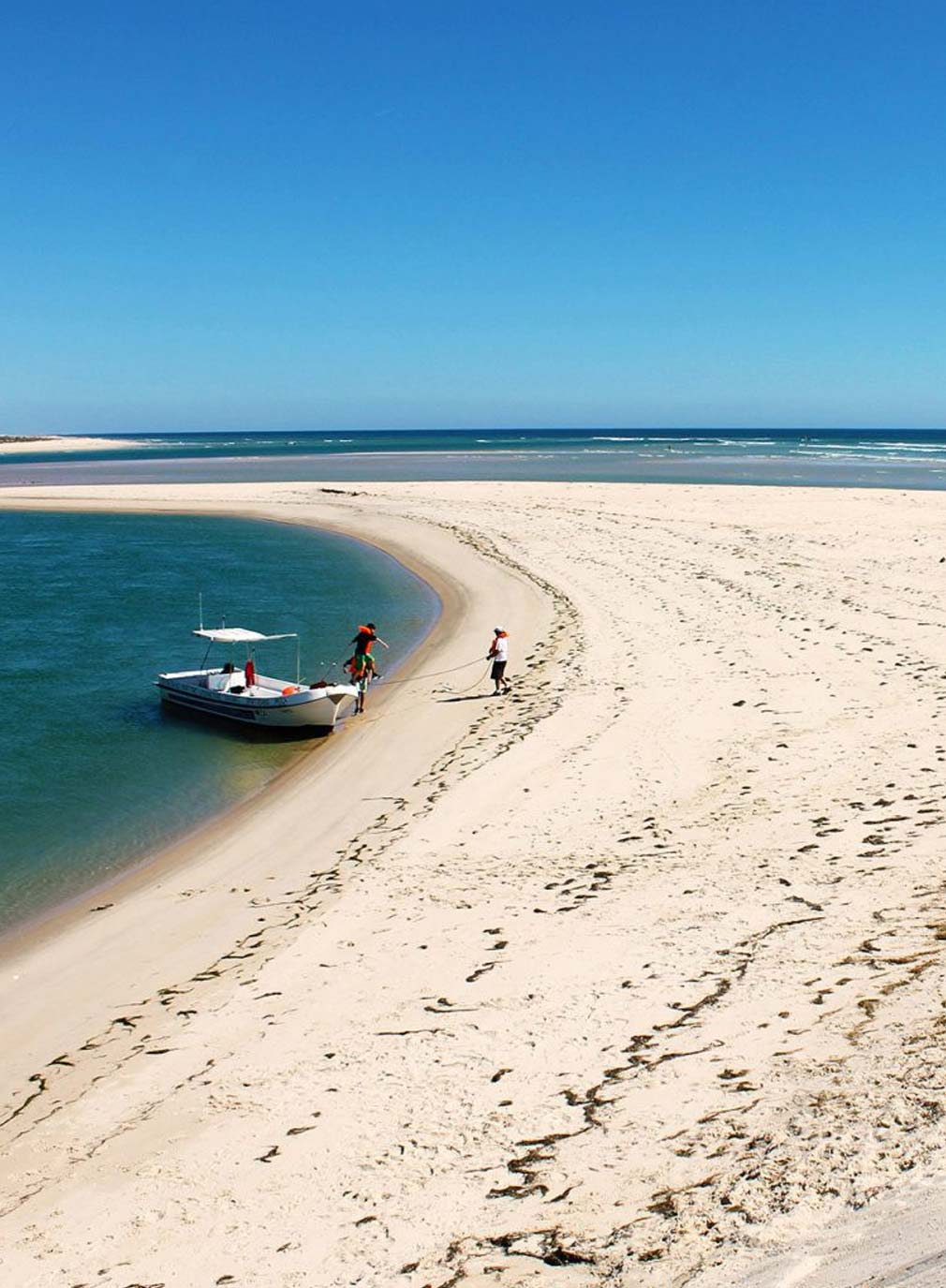
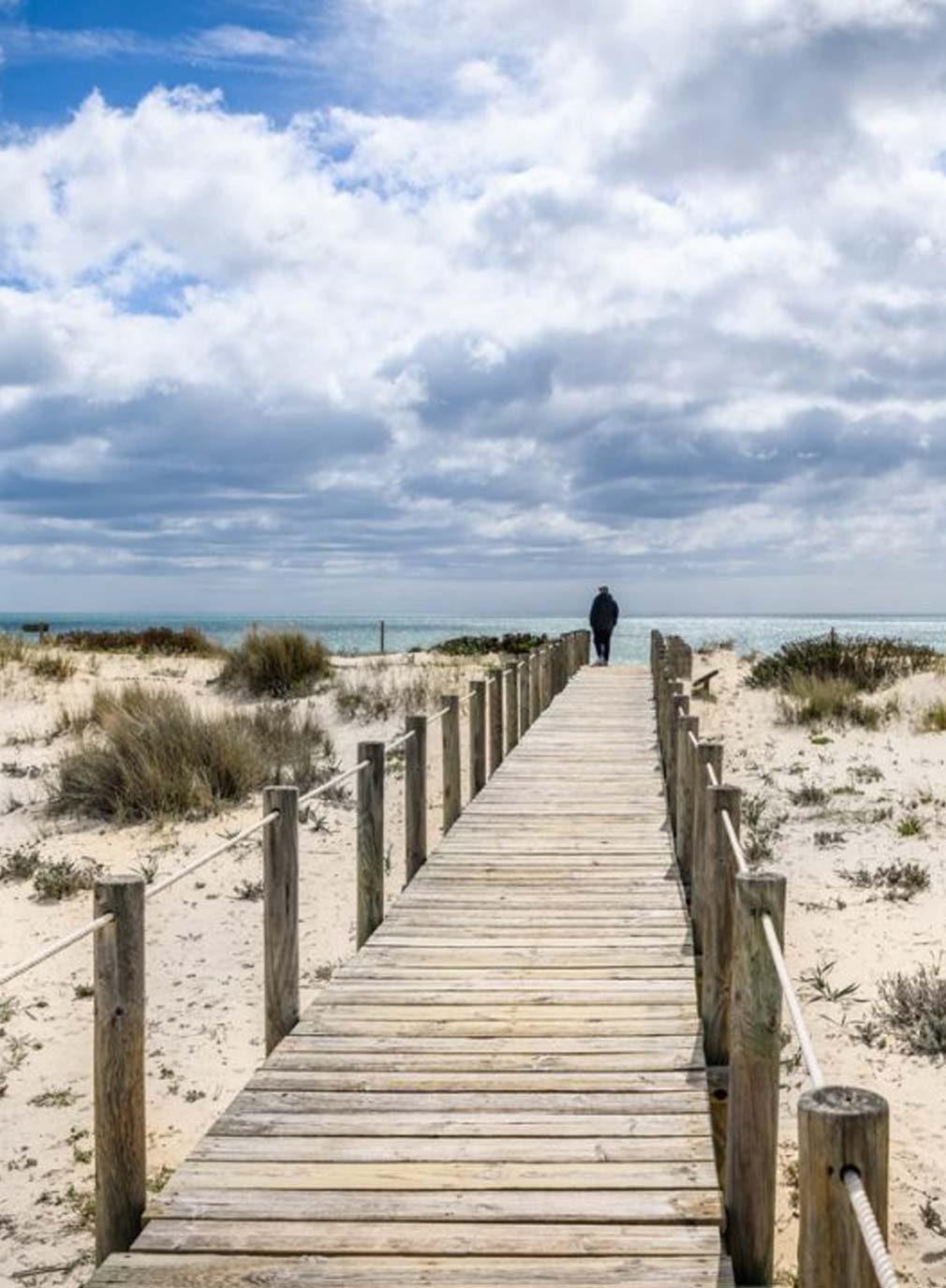
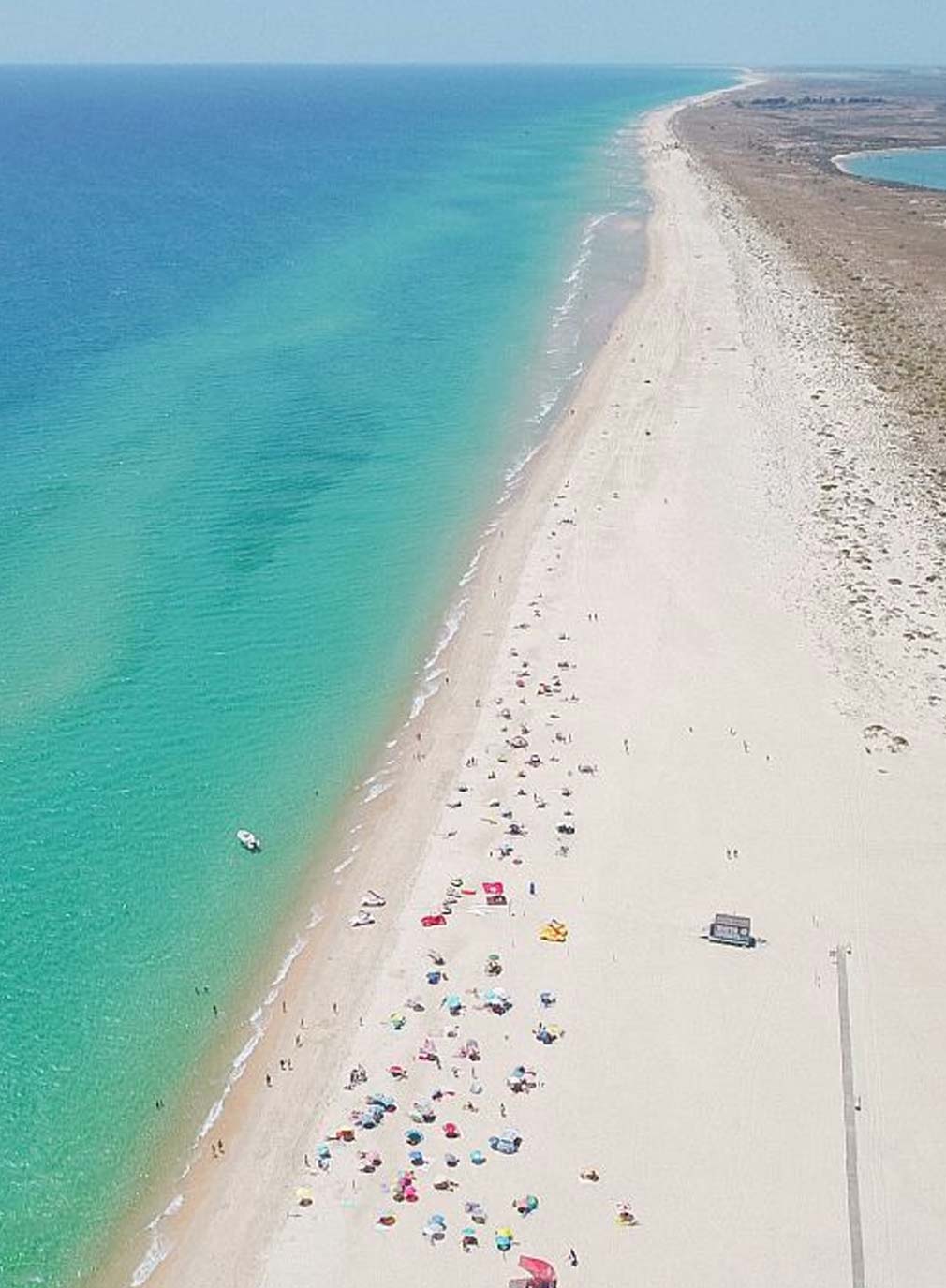
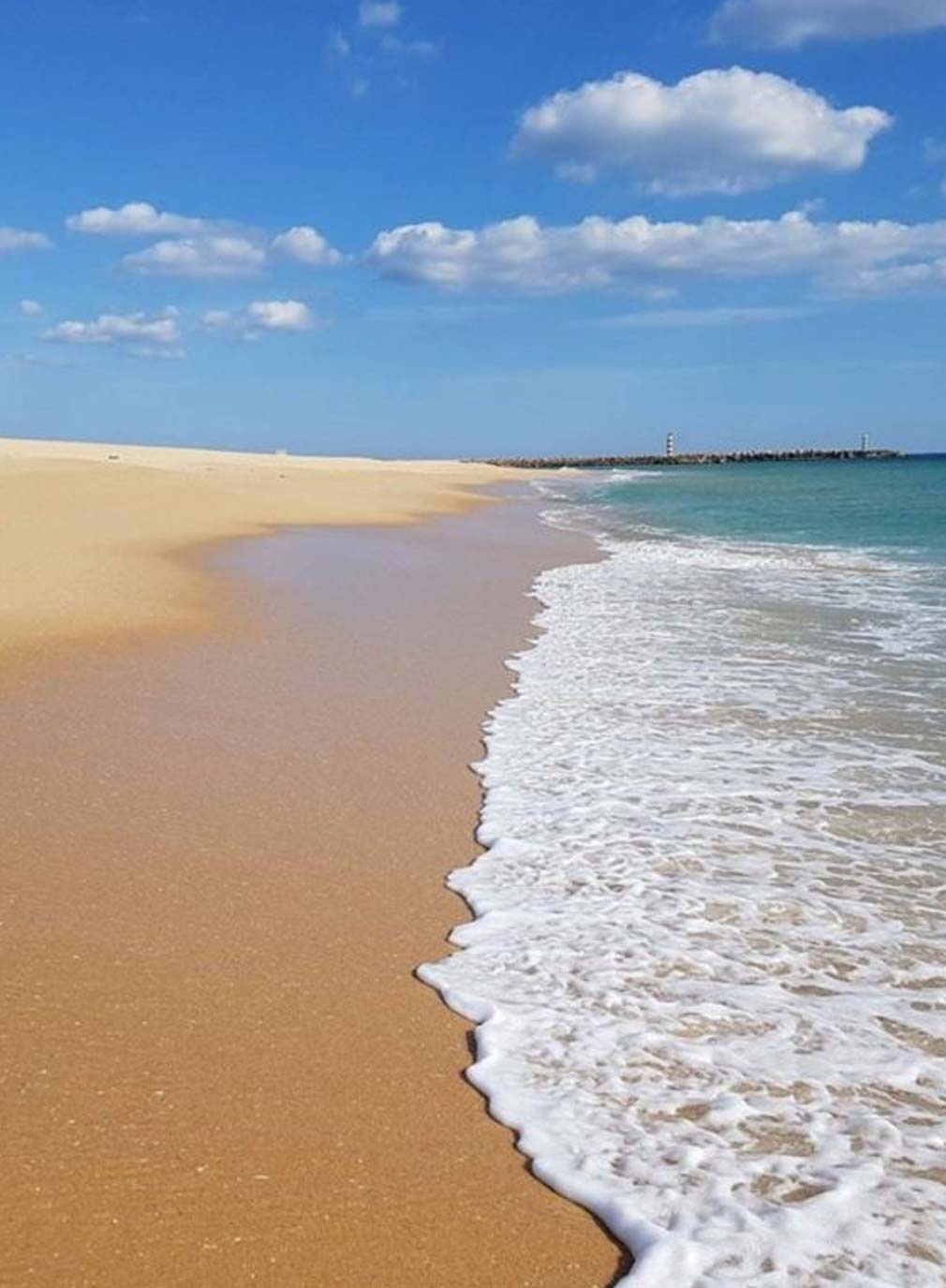
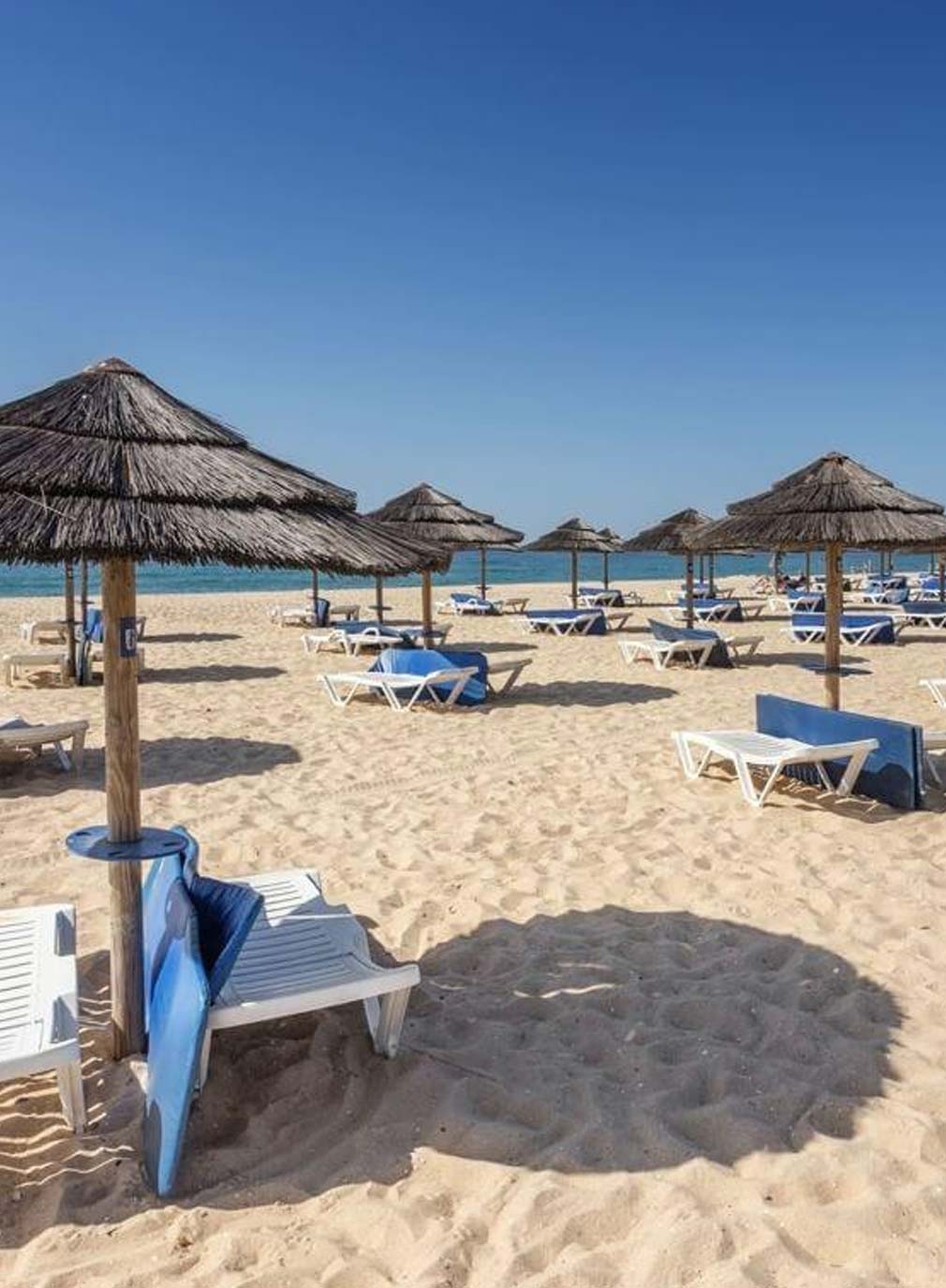
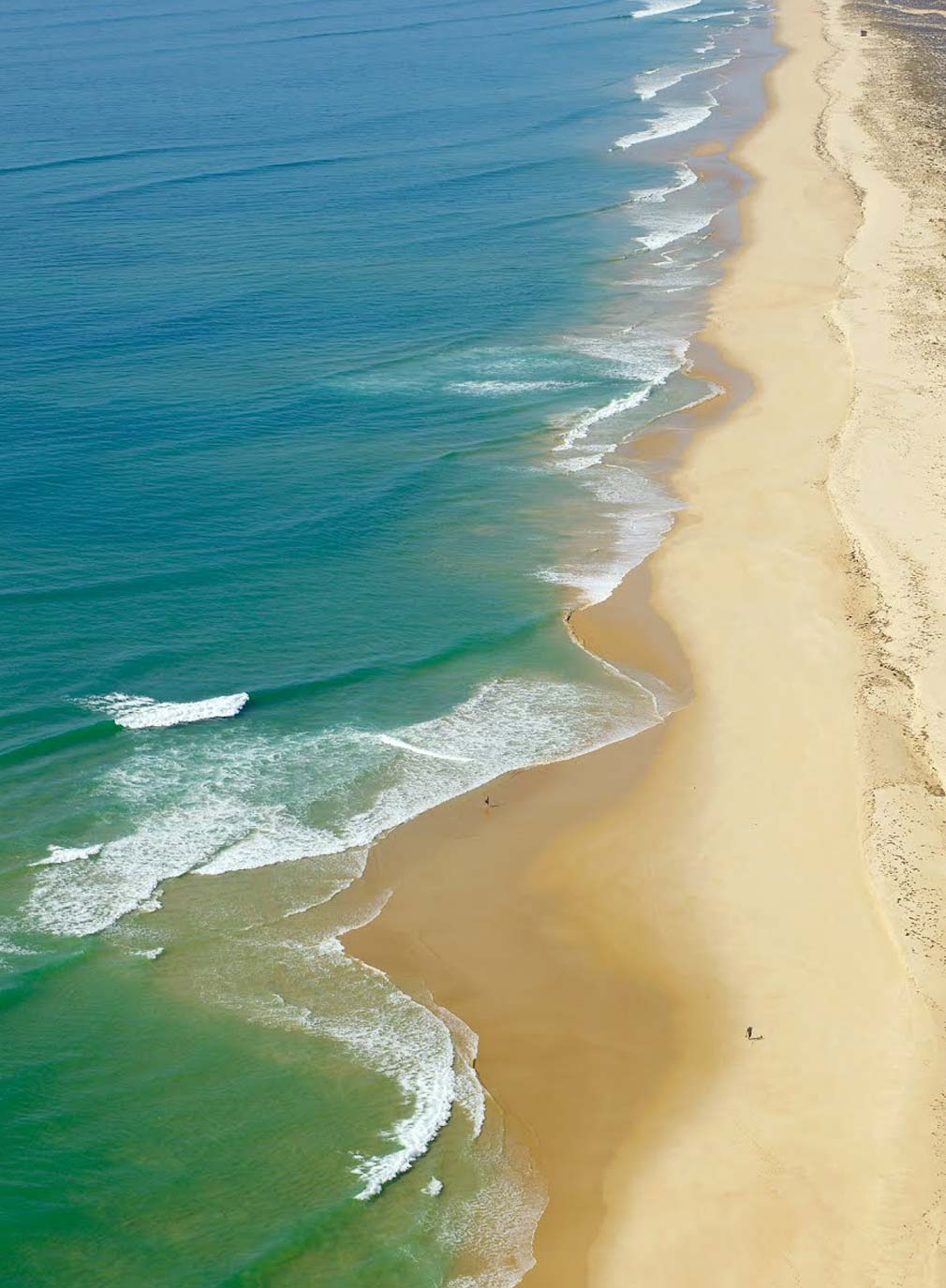
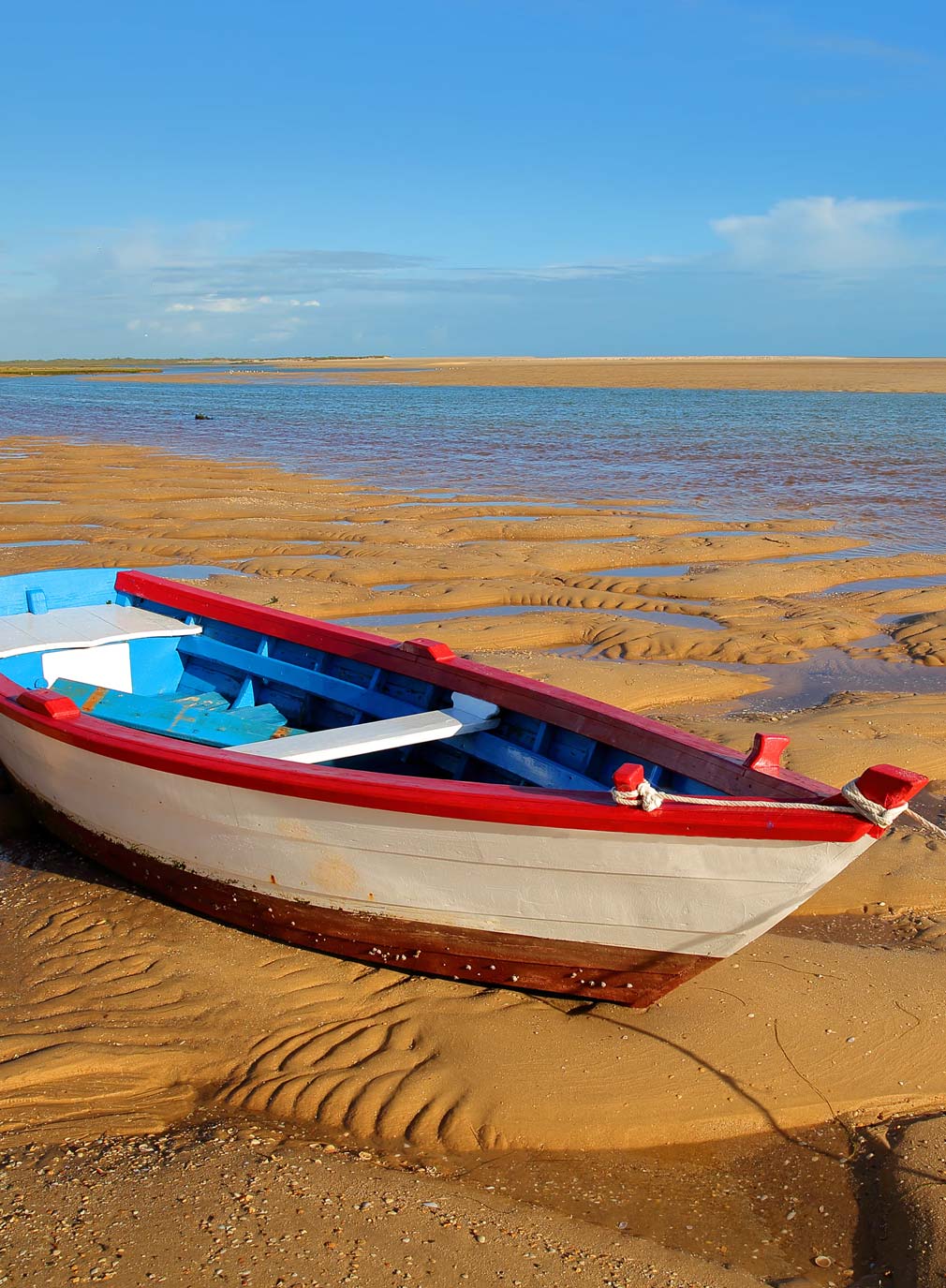
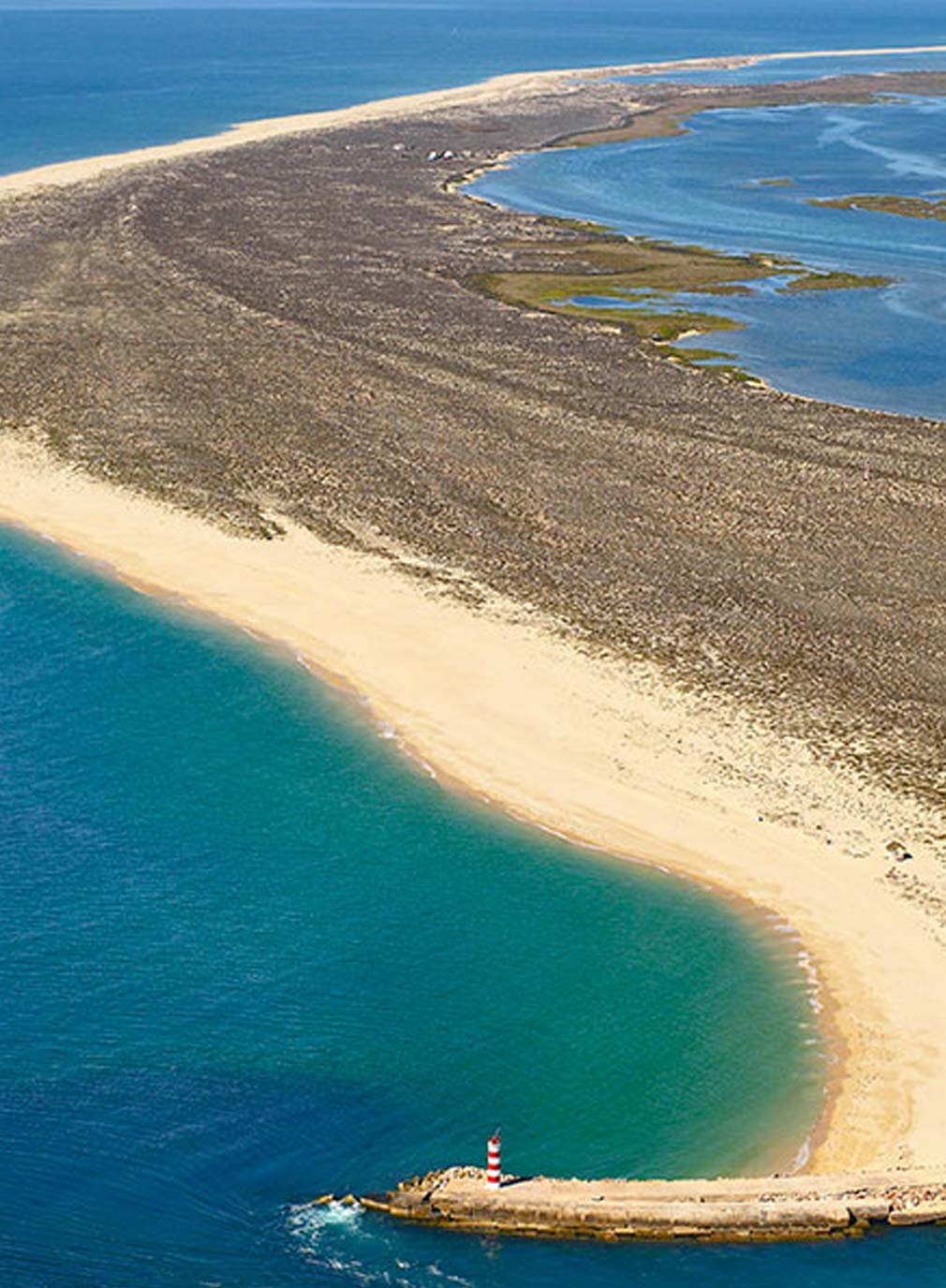
The Algarve is the perfect destination for all of those who enjoy beaches and lots of sun. Some of the best and most beautiful beaches in the entire world are to be found in the Algarve.
Equally attractive is the Algarve’s mild climate all year round.
Three thousand hours of sunshine, warm water and vast expanses of golden sand… Temperatures ranging on average from 15ºC to 35ºC… Constant sunny days… This is an invitation to look up for a beach all year round.
There are beaches to suit every taste with the majority having gained due recognition in the form of the EU “Blue Flag” for quality standards.
Boat
Trips
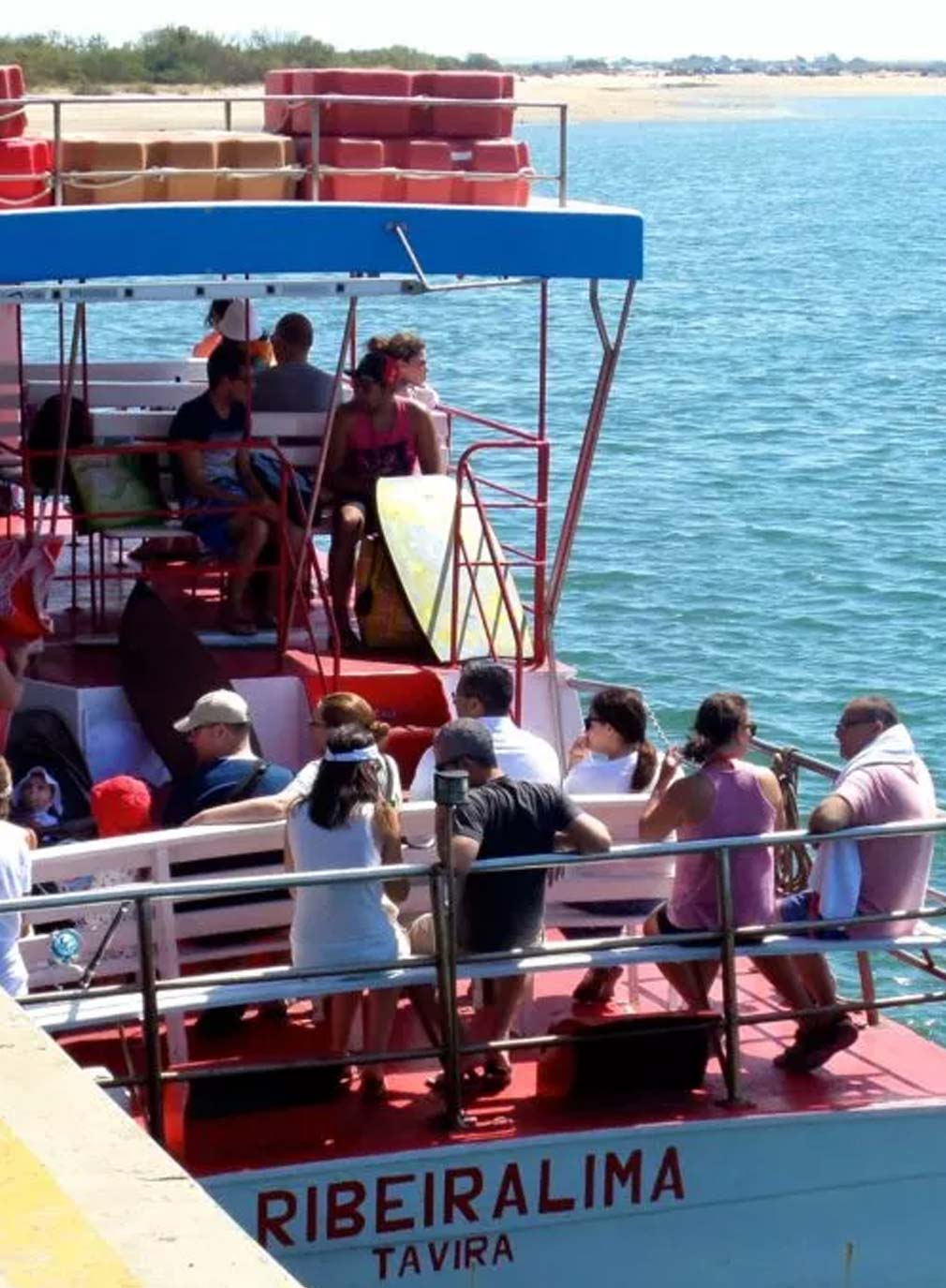
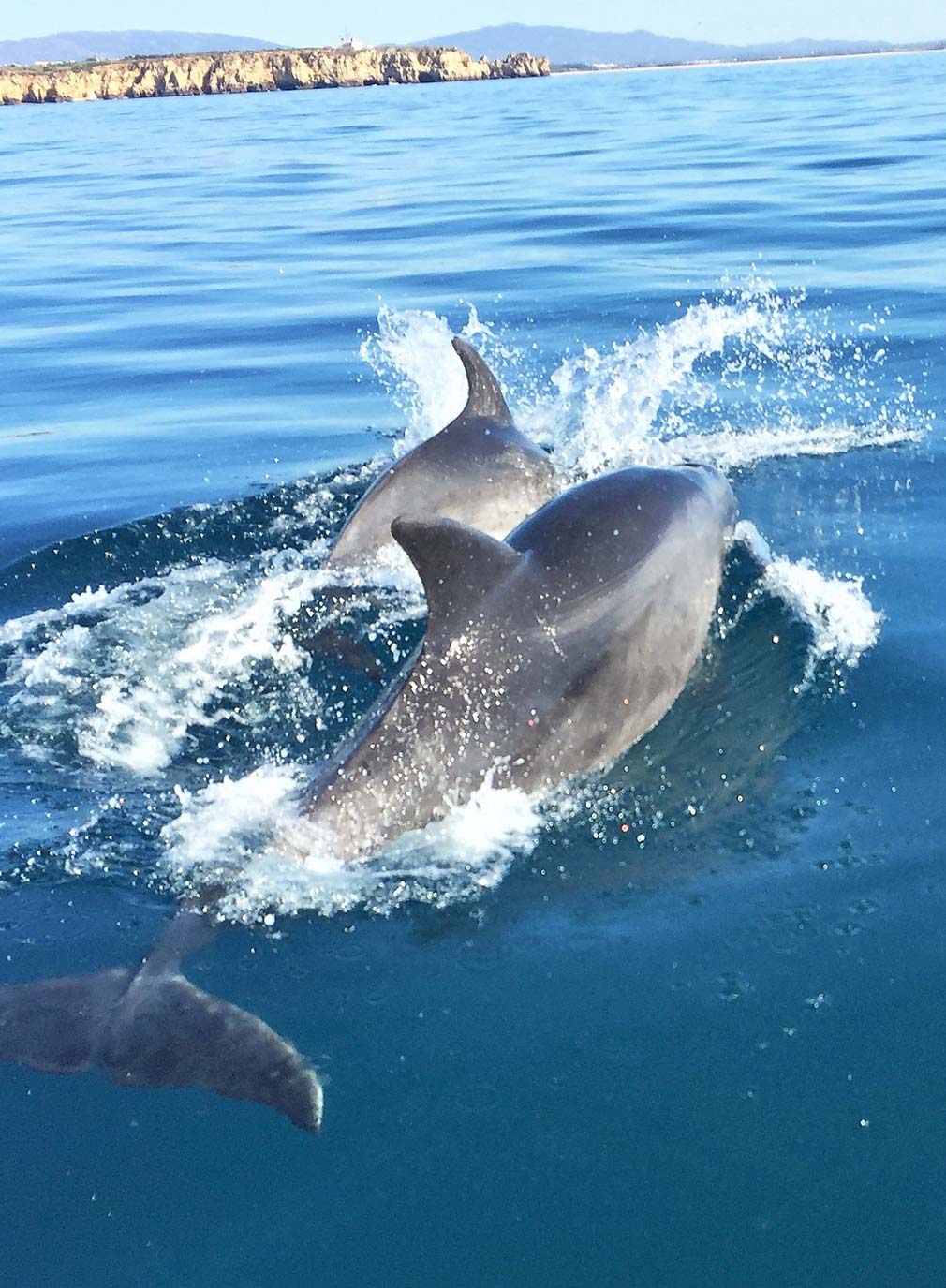
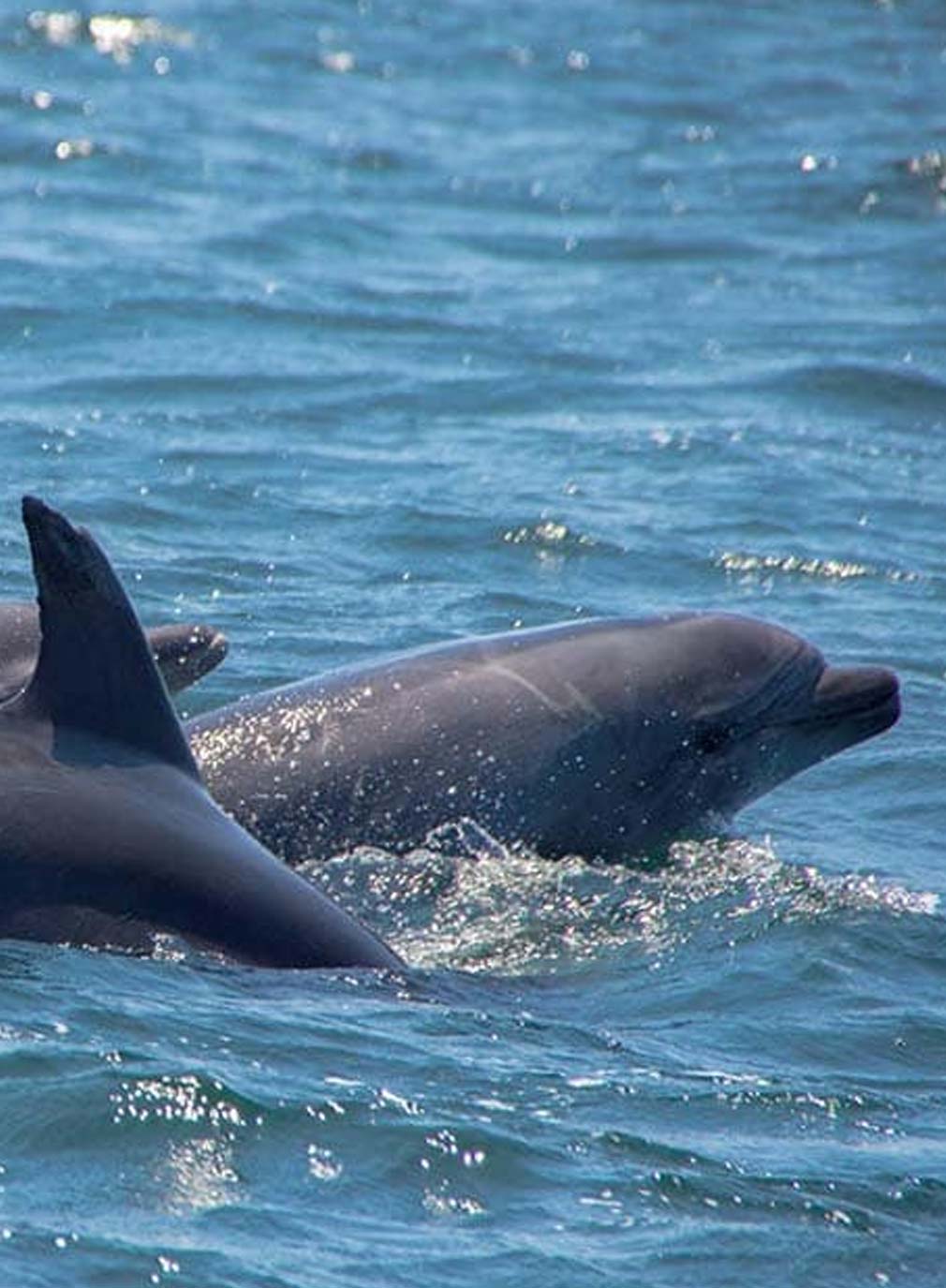
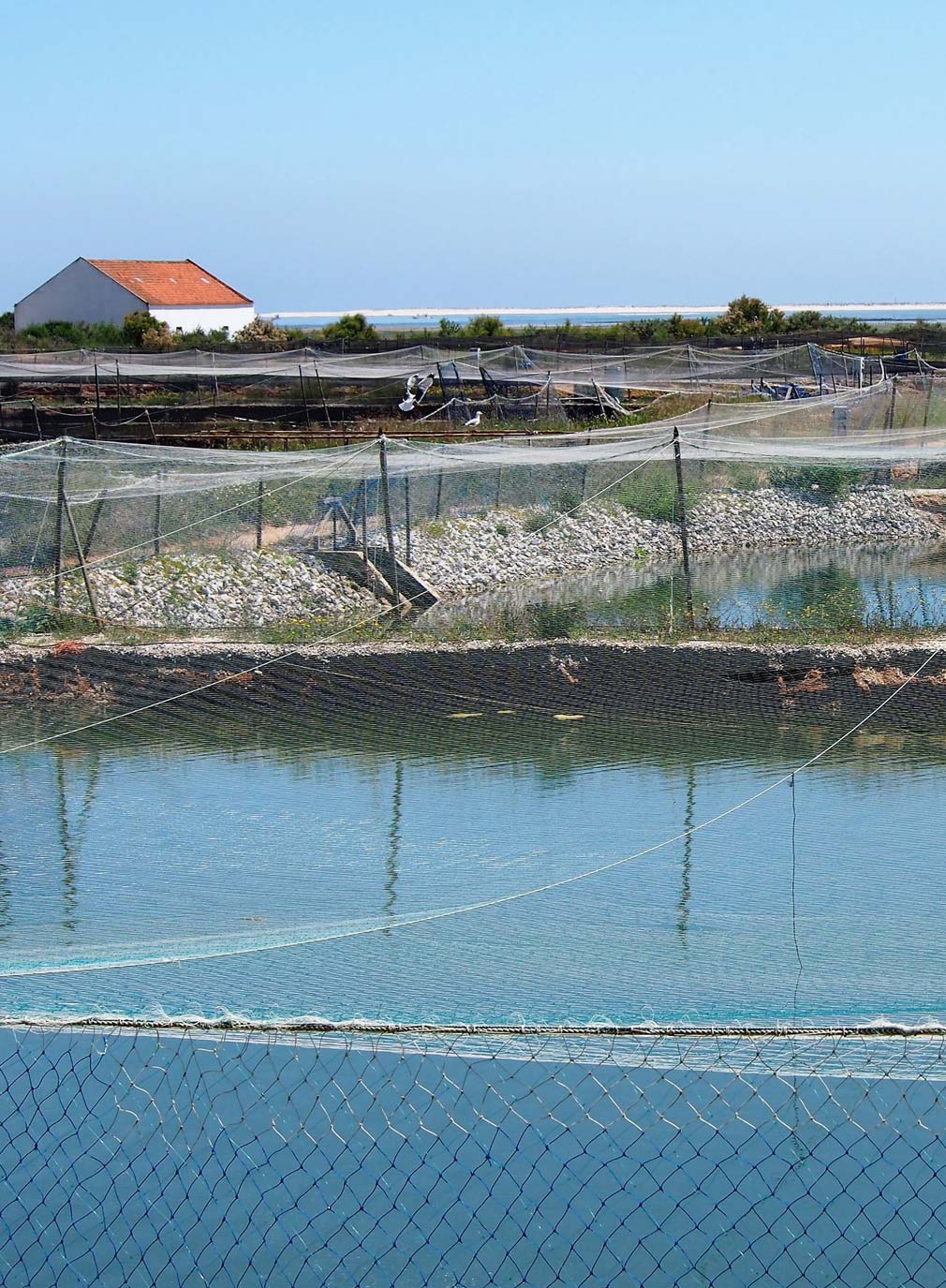
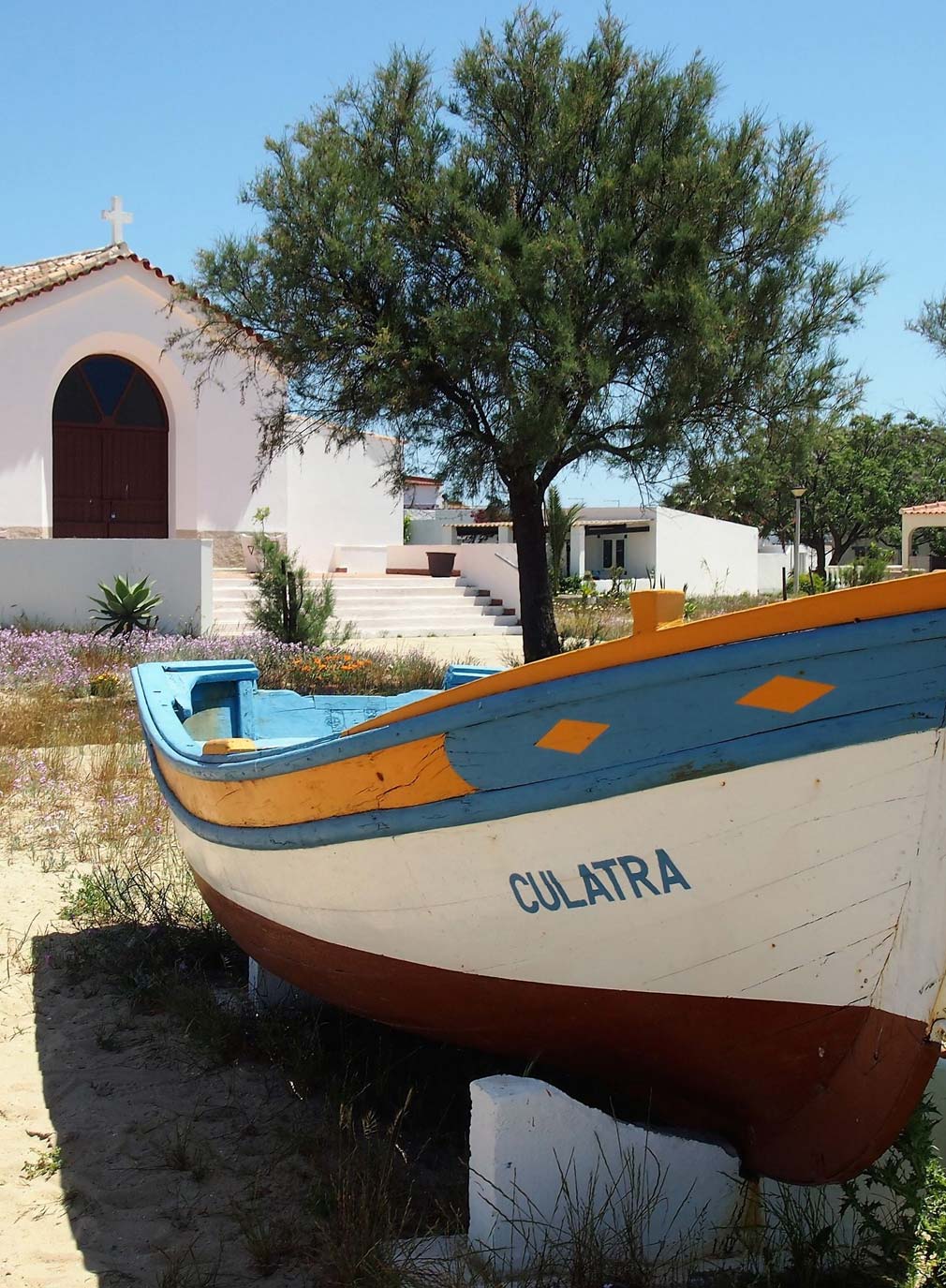
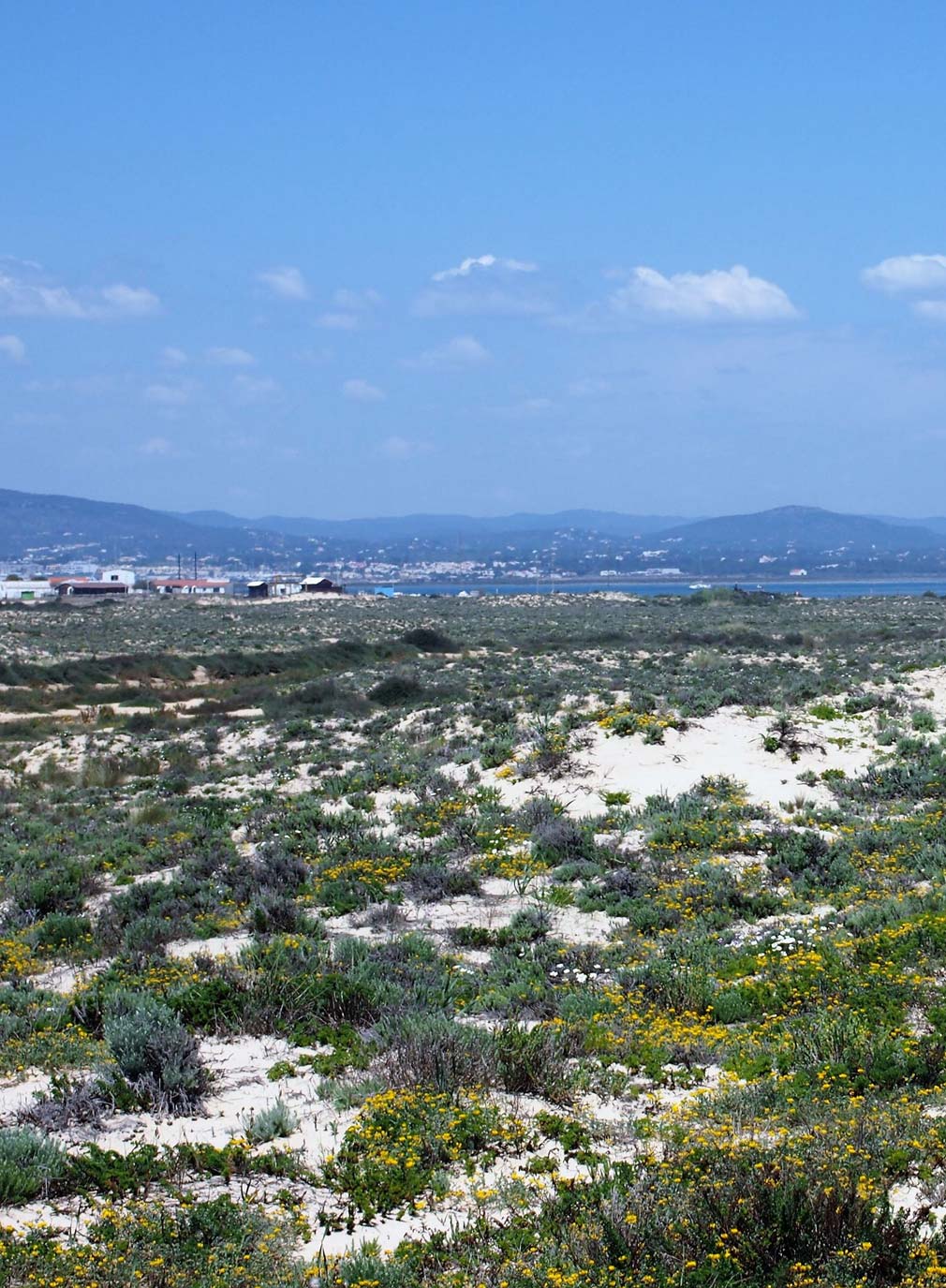
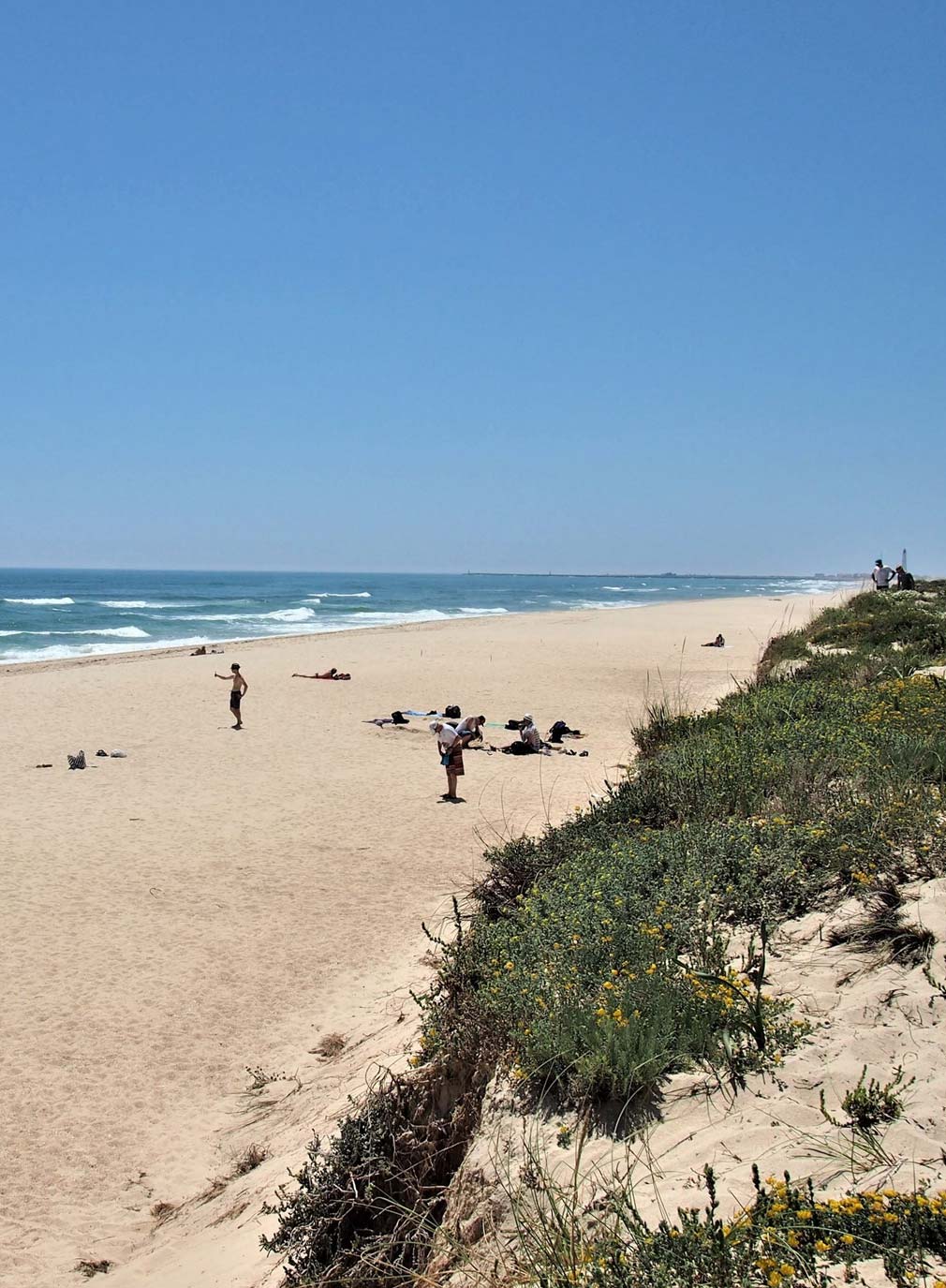
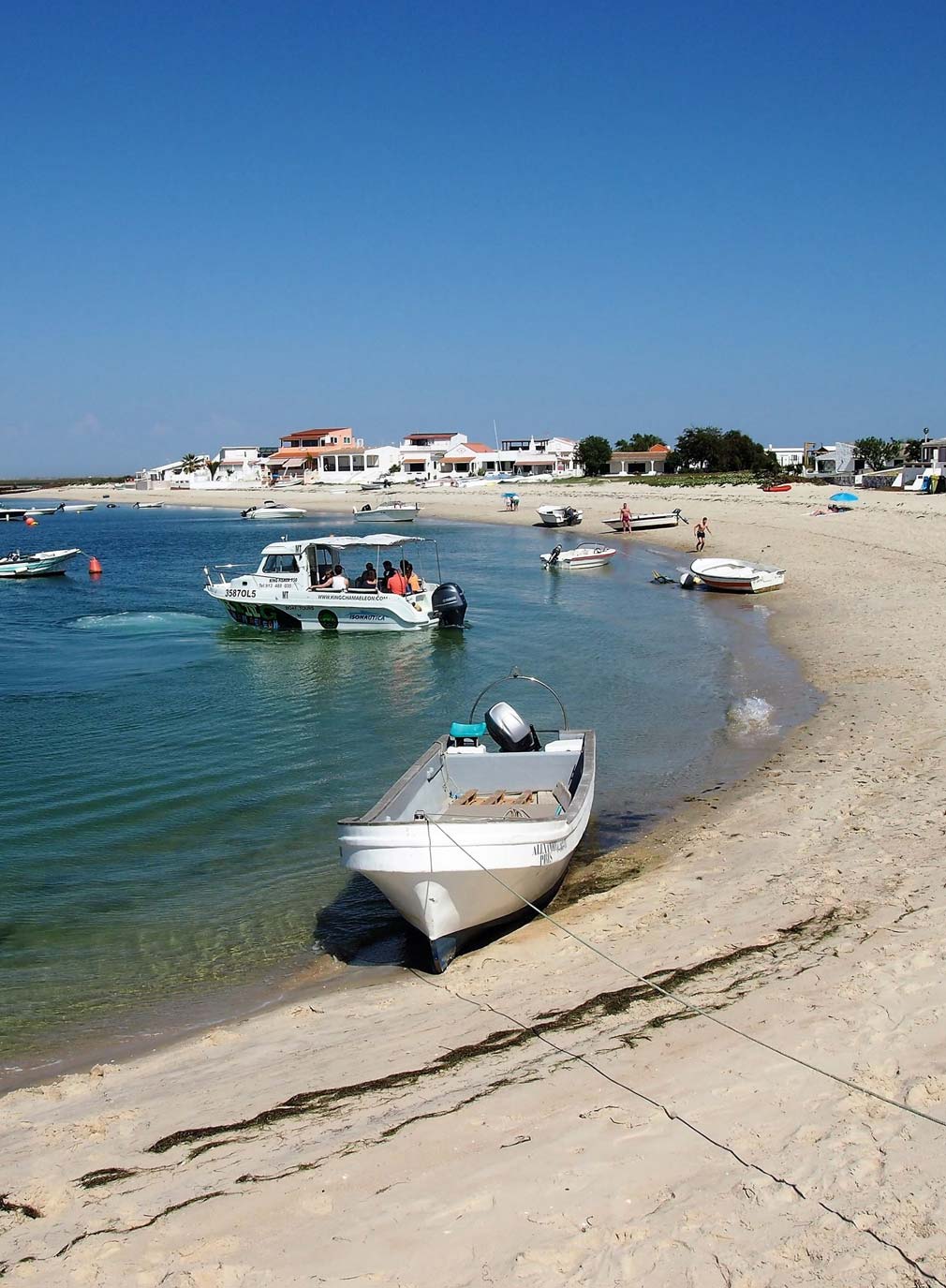
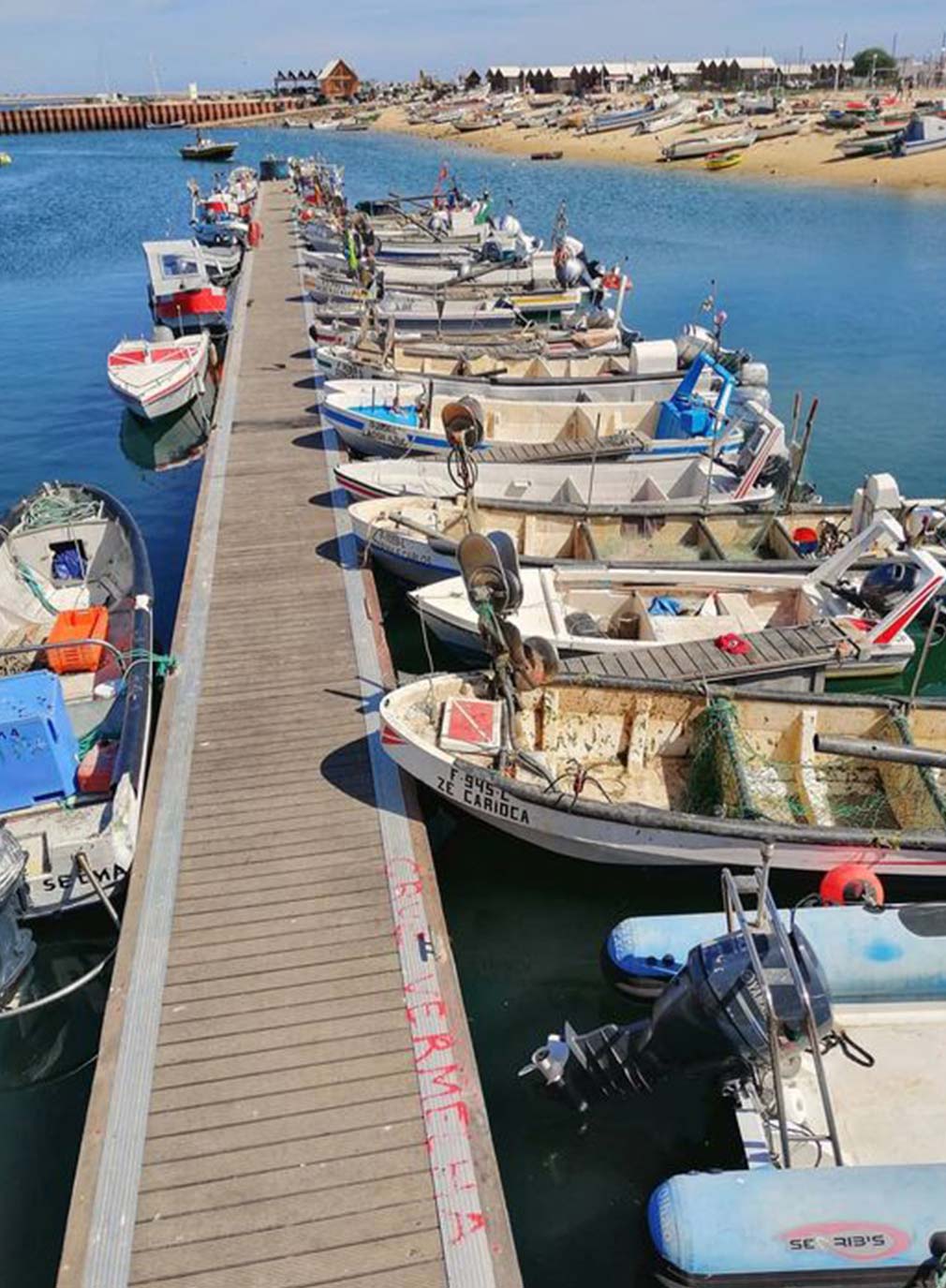
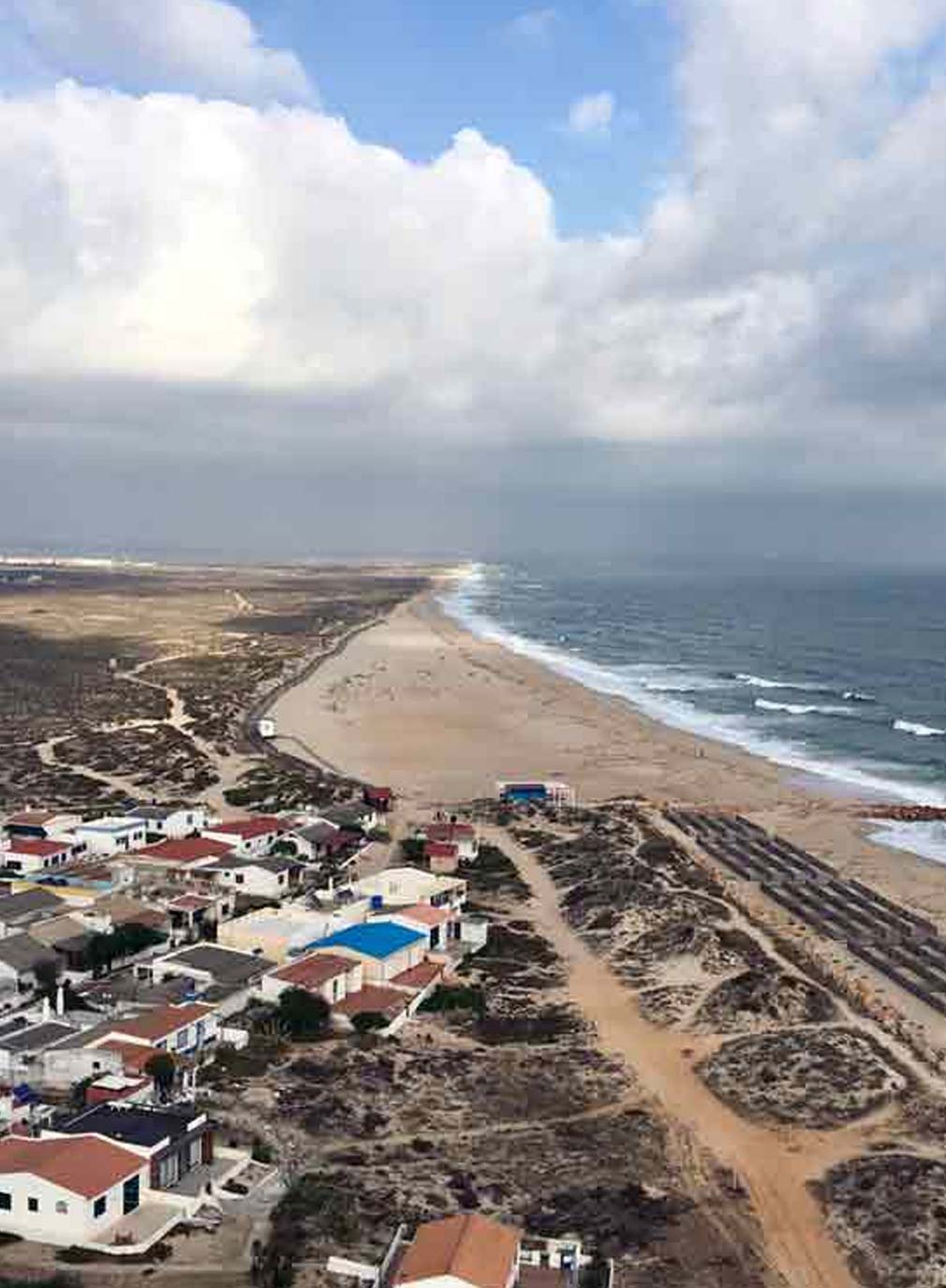
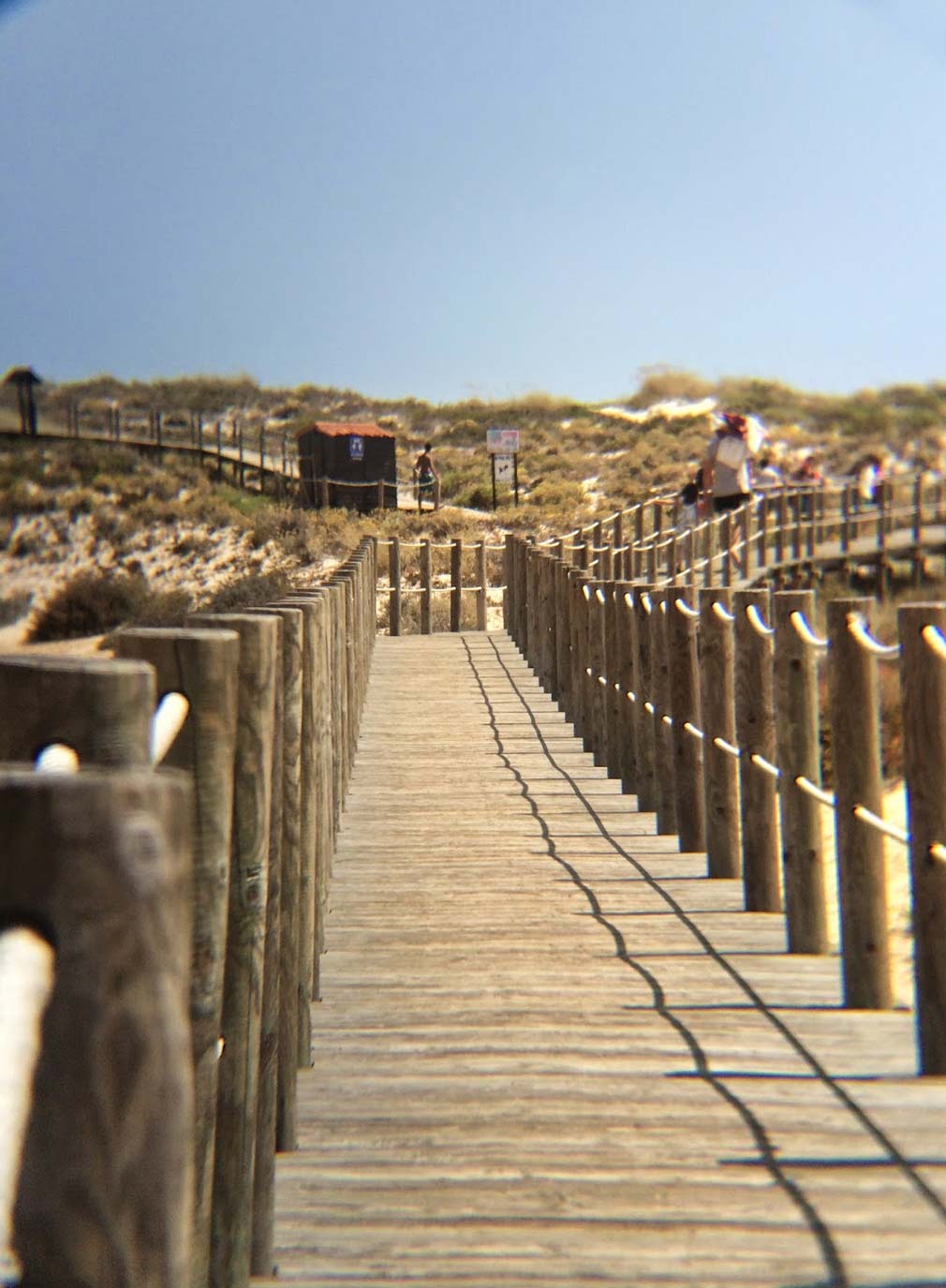
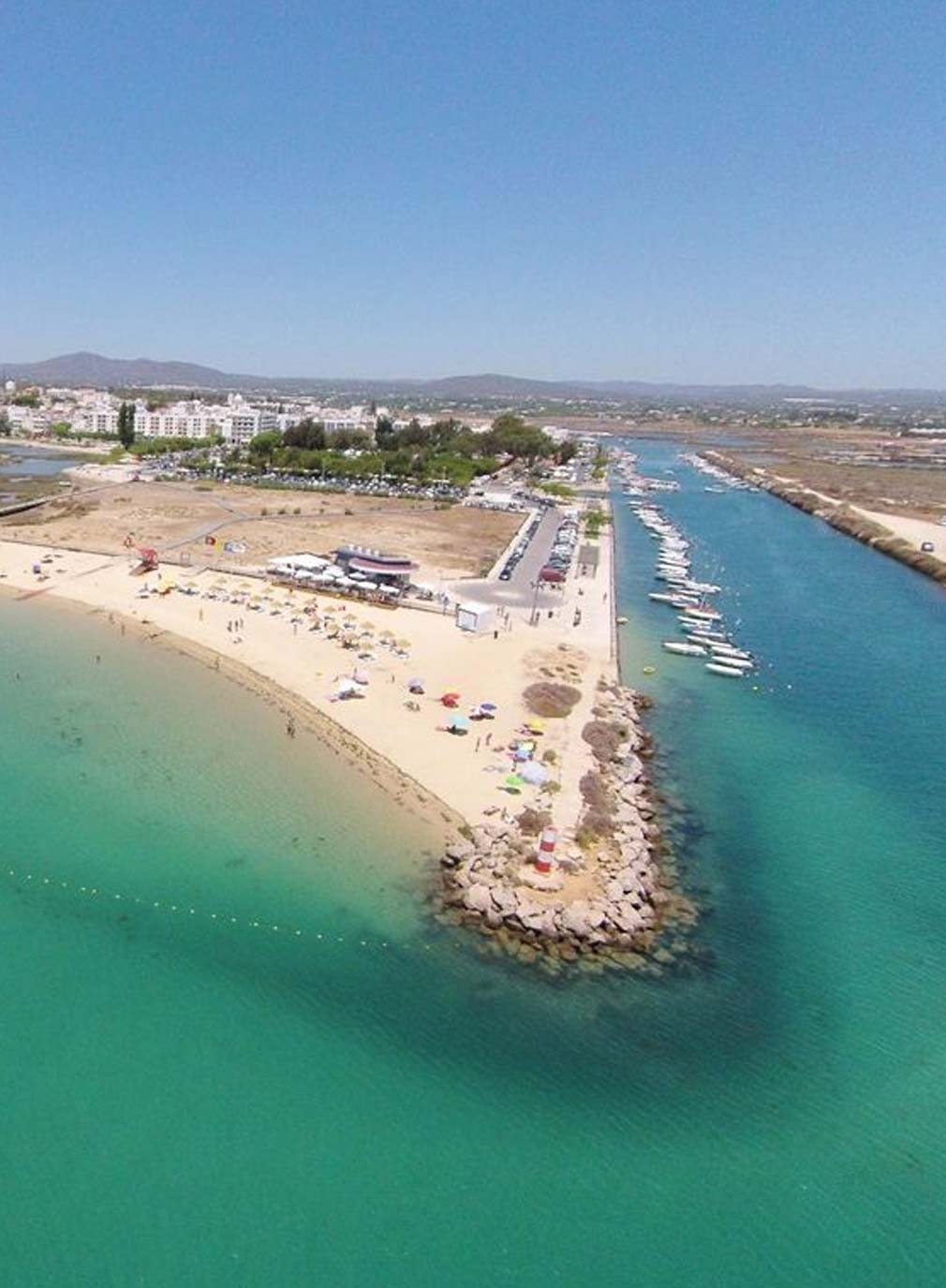
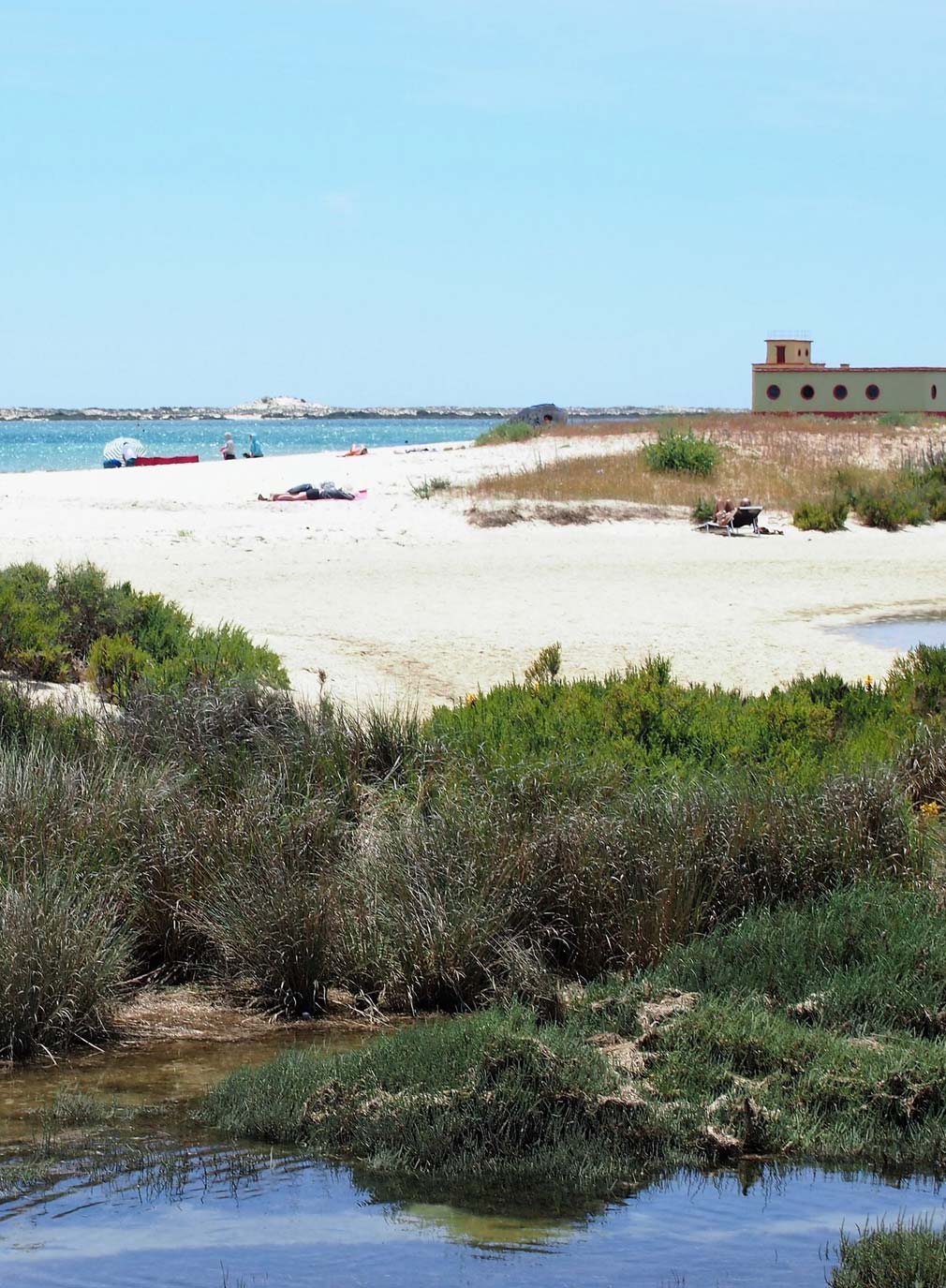
There are boat tours in Ria Formosa Natural Park. Some of these tours include dolphin watching and seahorses observation.
There are regular boat connections to the islands of Armona – one of the most beautiful islands of the Natural Park of Ria Formosa, Culatra – with a very typical and genuine village of mostly fisherman that inhabit the island all year through, with lots of interest and cultural aspects and Farol – with the biggest inlet of water of all the Ria Formosa and being near the cape of Santa Maria, the most southern point of Portugal, these island has an extremely beauty marked by its imposing lighthouse.
These boat trips along the Ria will allow you to have a stunning view of the Europe´s finest and pristine pure beaches and islands, with many spots untouched by humans.
Algarve
Bird Watching
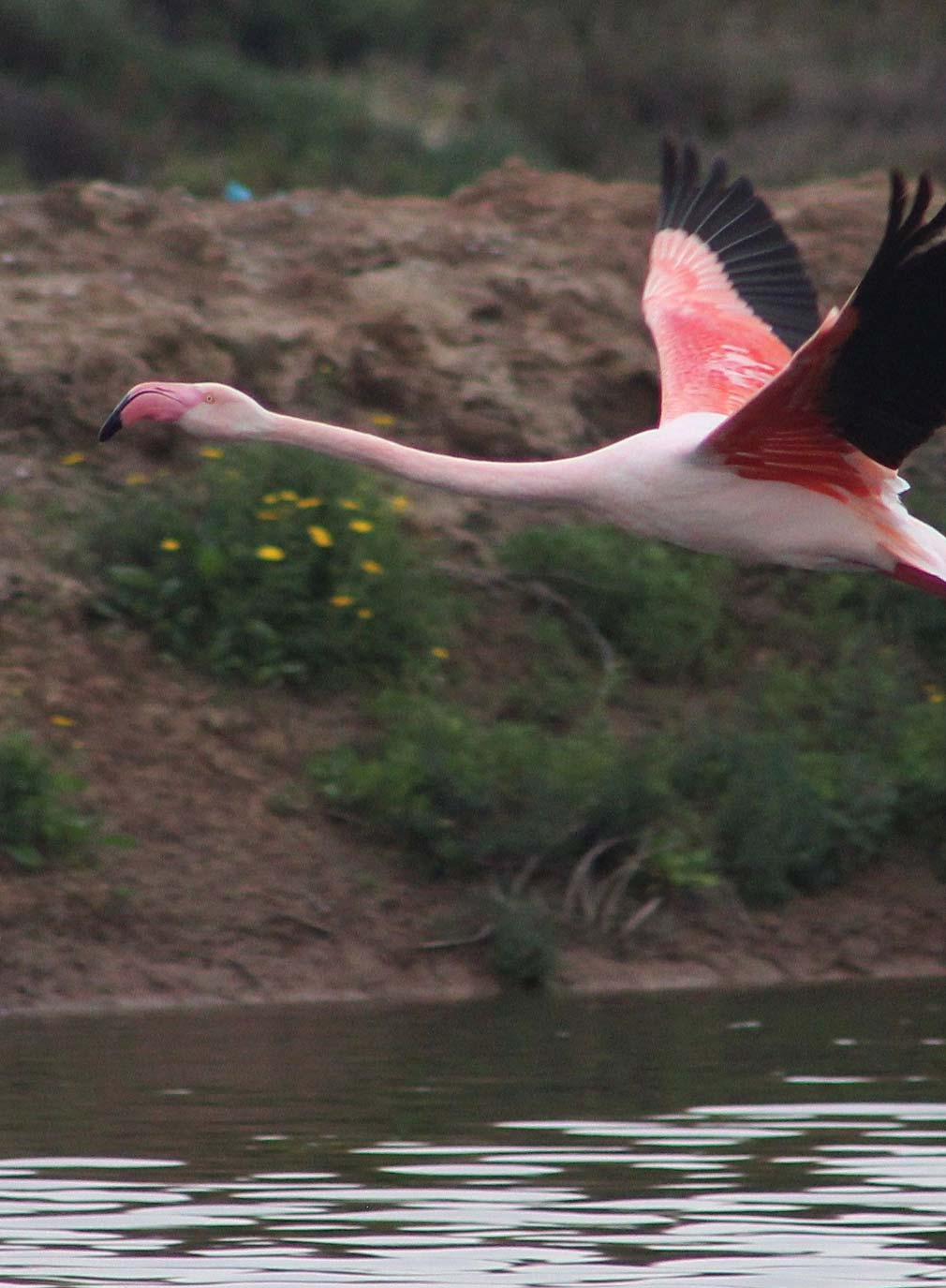
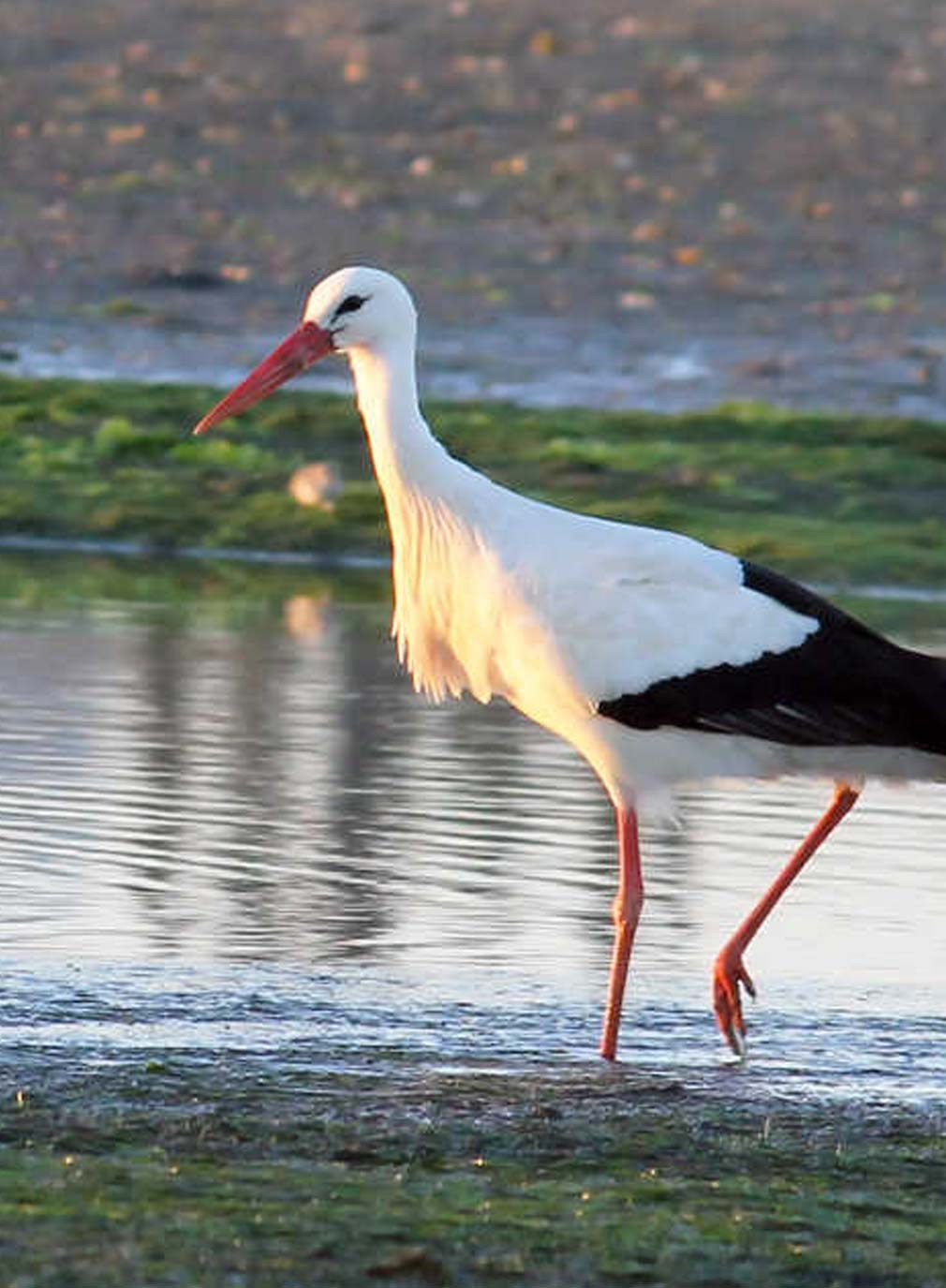
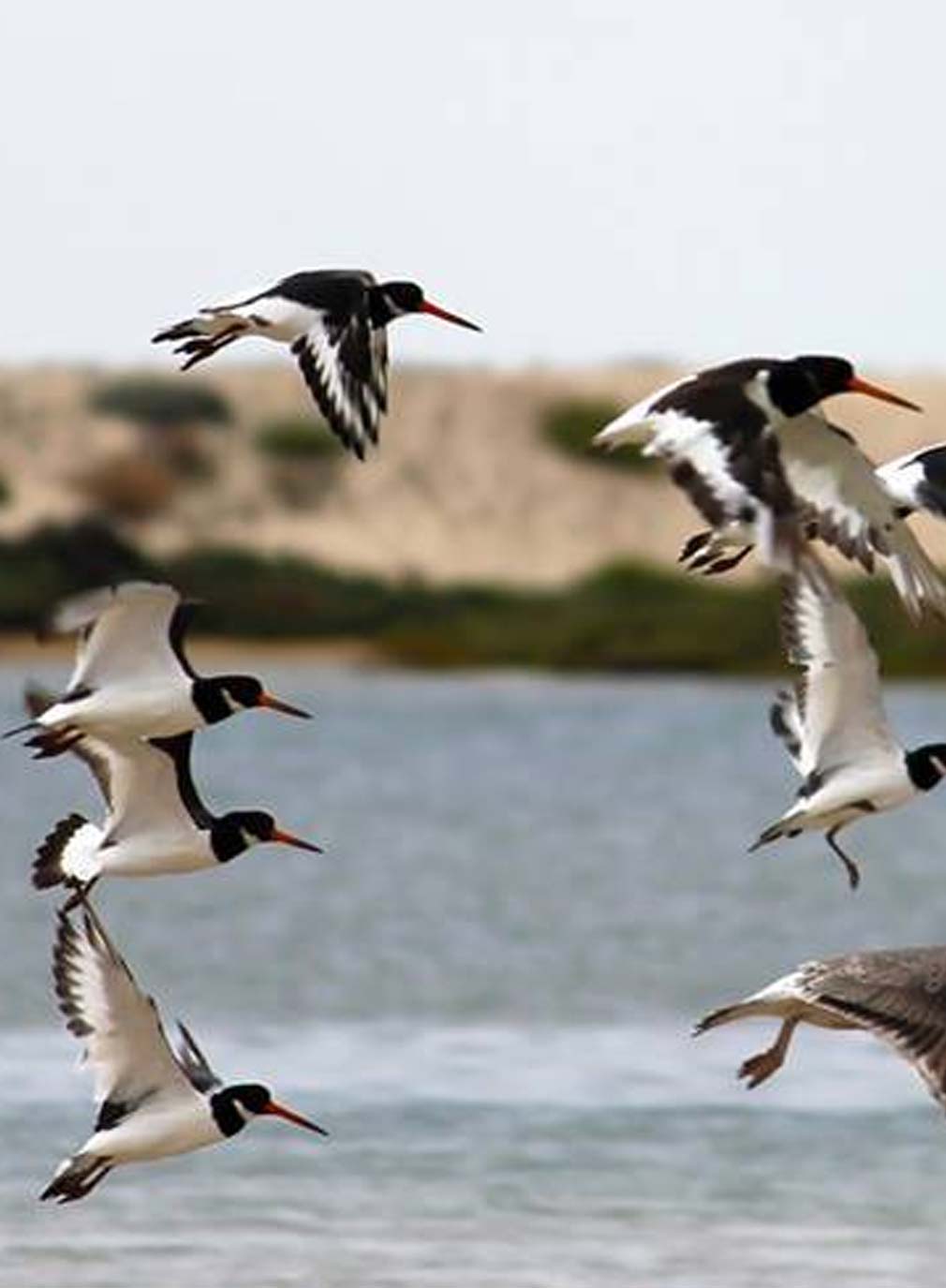
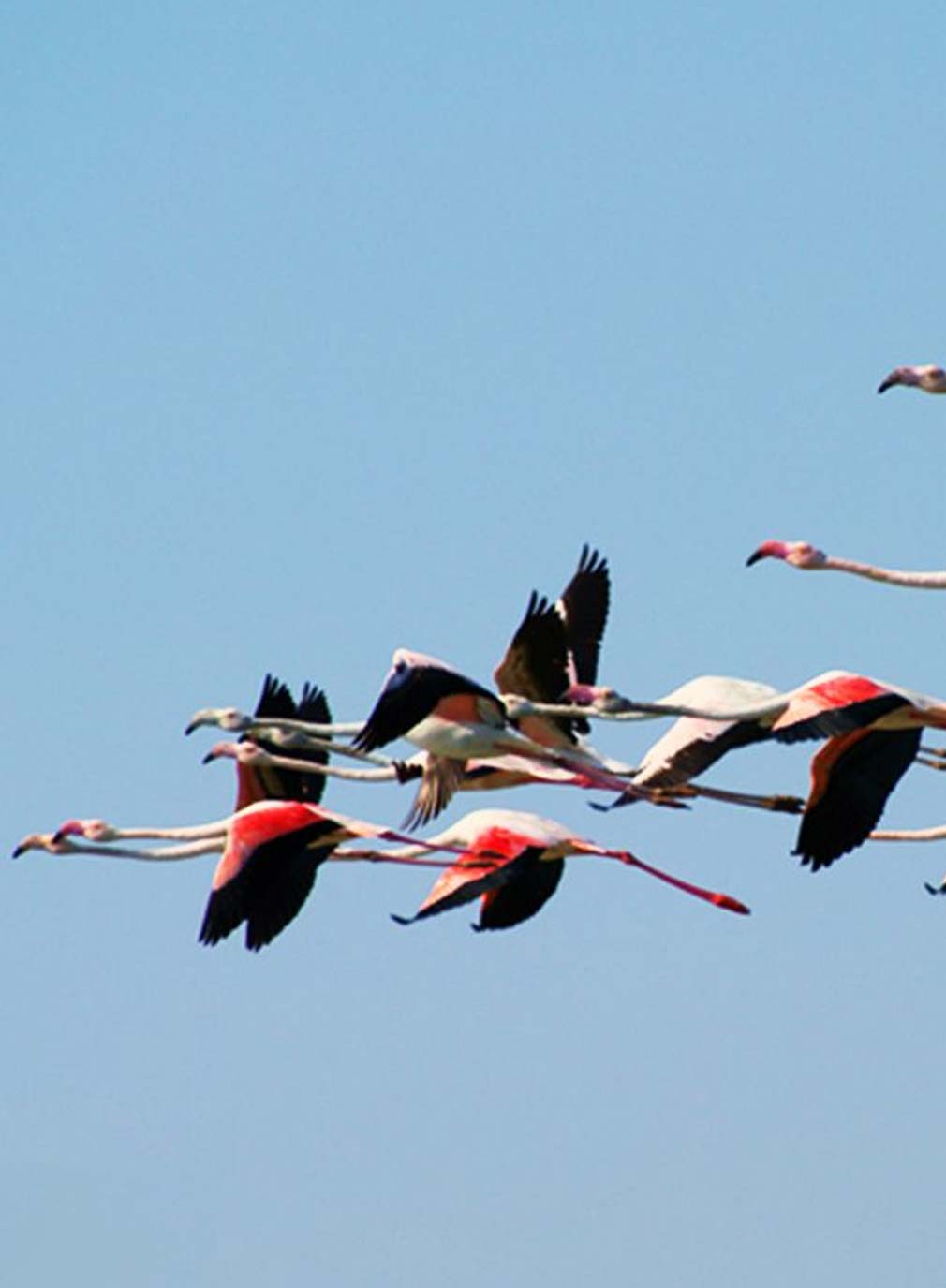
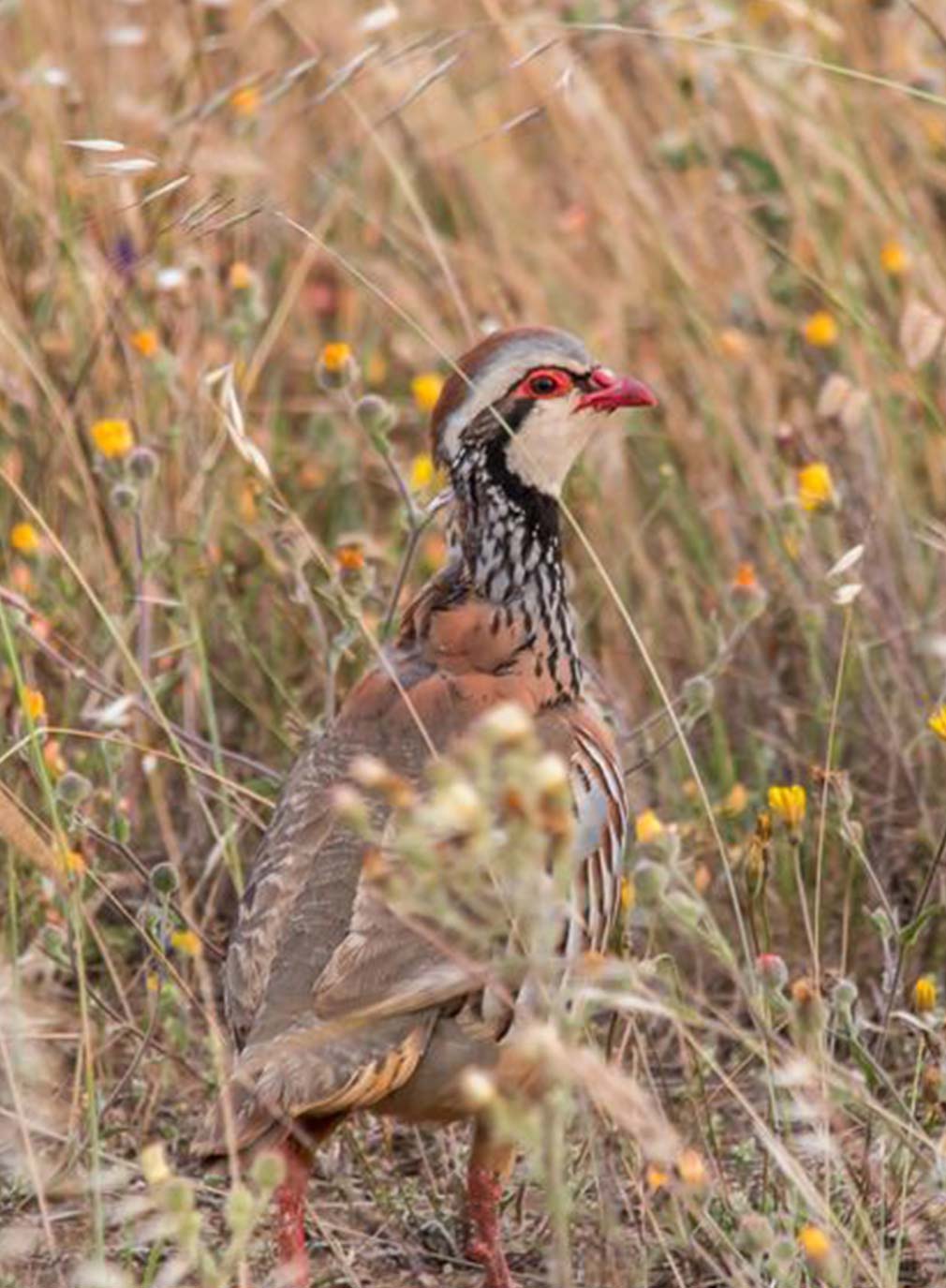
The Algarve is an outstanding region for birdwatching.
Over 250 species co-exist here, many of them rare, conferring a very special charm upon the Algarve in the eyes of birdwatchers, photographers, ornithologists and researchers.
With its various ecosystems, the hugely diverse Algarve landscape offers countless opportunities for unique experiences.
In the Algarve, you can visit different zones and see different species all on the same day.
There are some memorable rides between salt and fresh-water lagoons of the Ria Formosa.
Golf
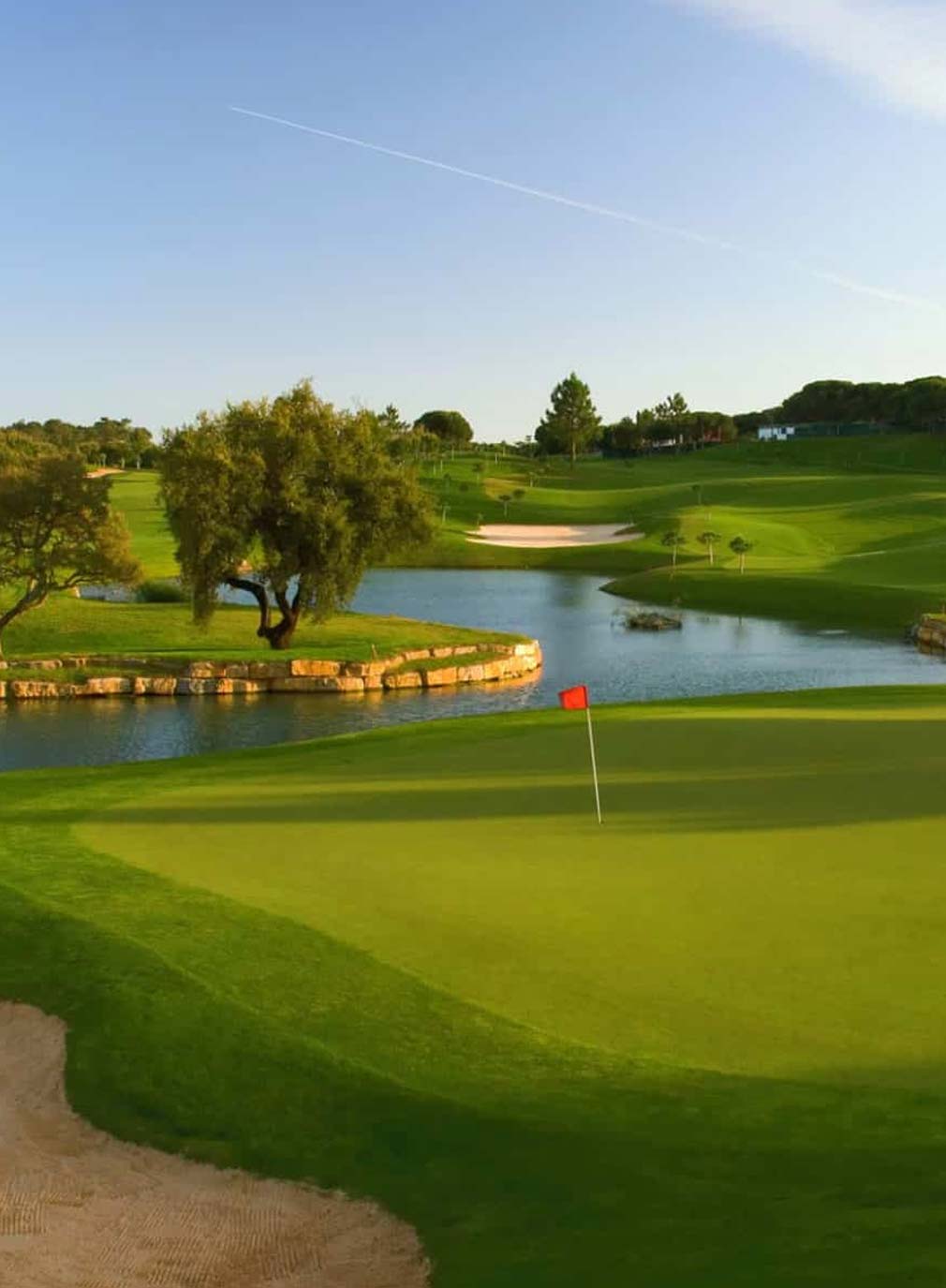
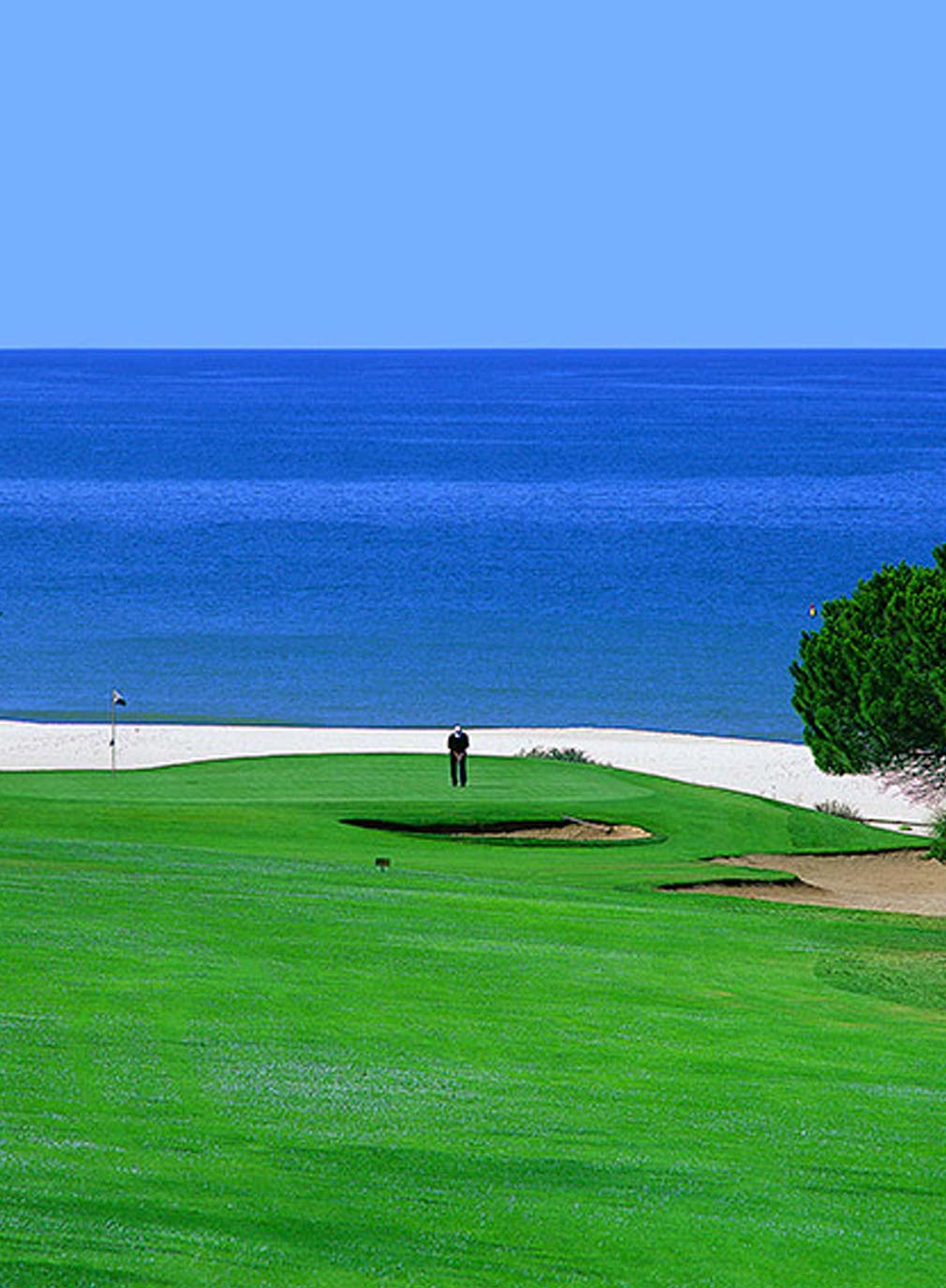
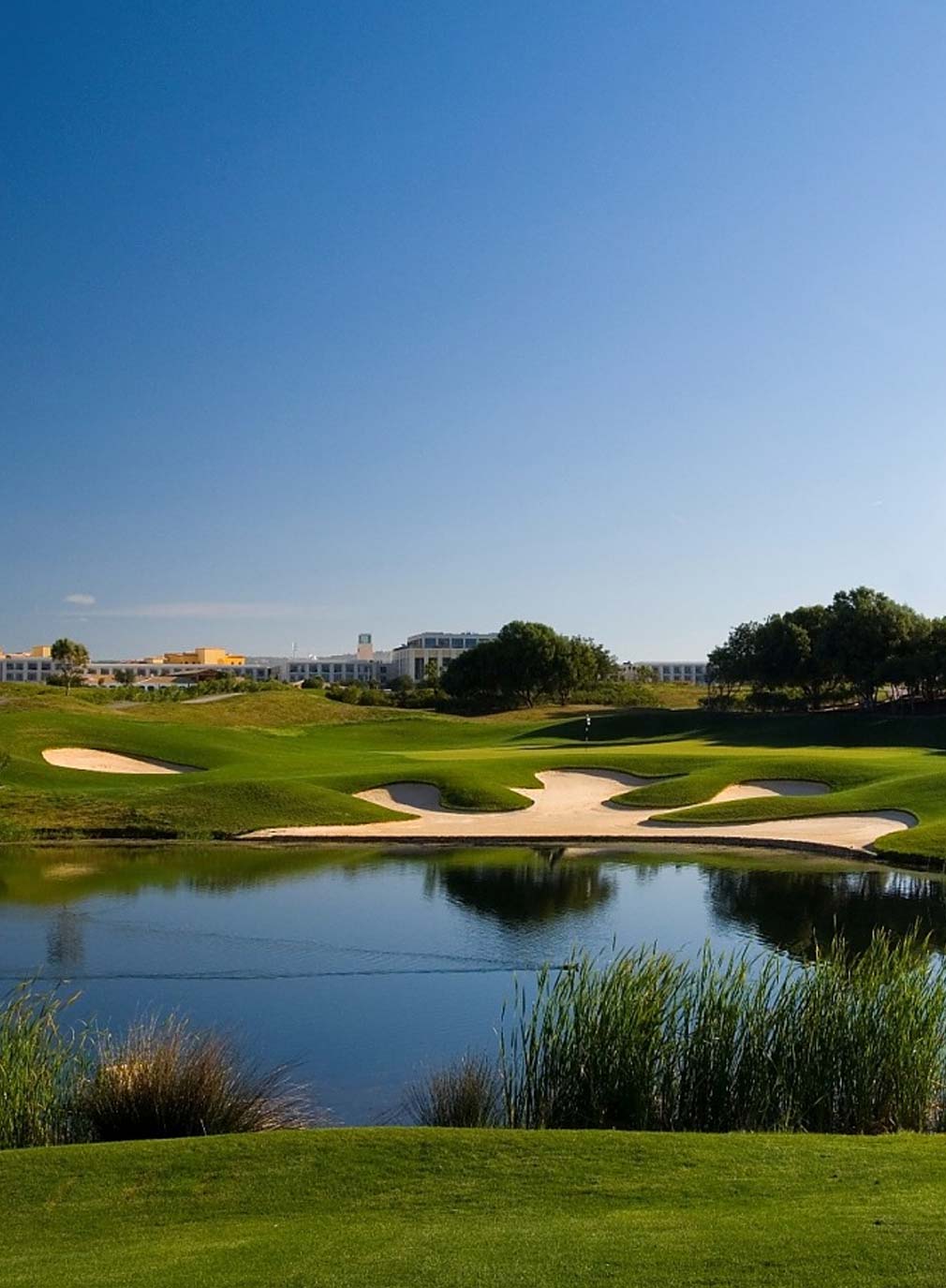
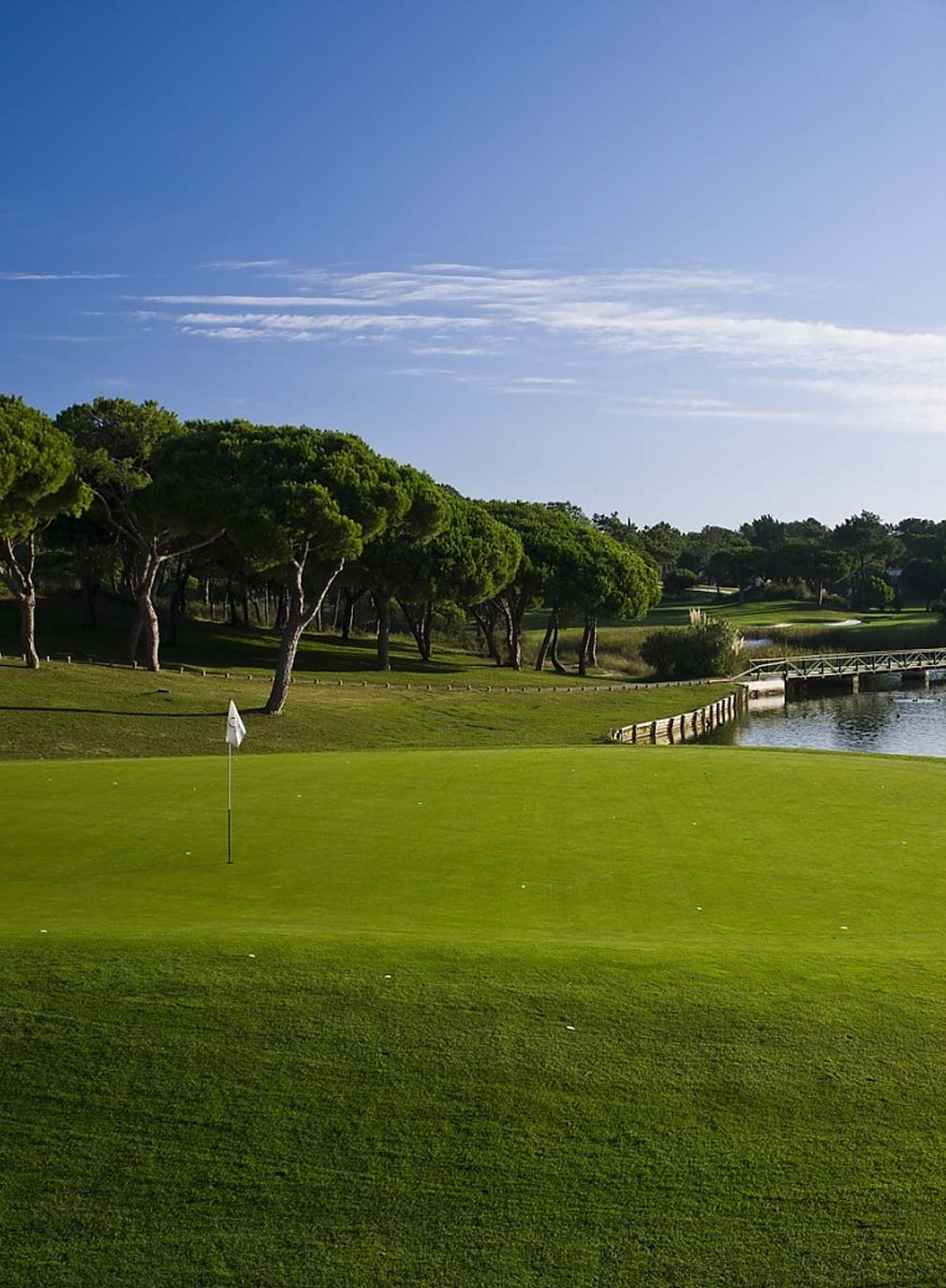
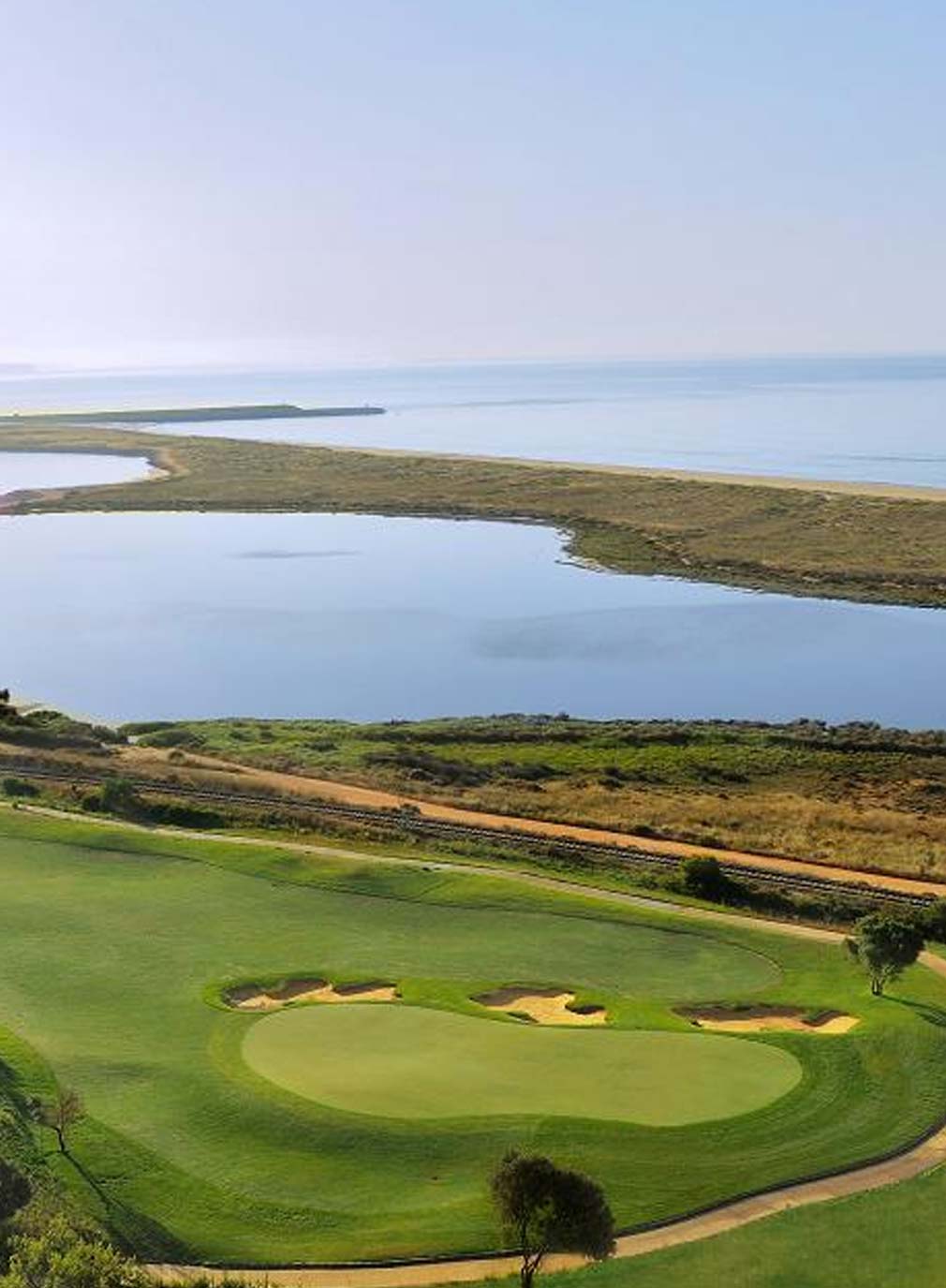
Due to its very pleasant weather, Algarve is a wonderful destination all year round for golfers.
In a superb scenery, between the small little villages and the nature reserves and in the tranquil atmosphere, you can find delightful golf courses.
In fact, along this 150-mile Algarve’s coast from Sagres in the west to Vila Real de Santo António in the east, there are more than 30 quality golf courses, that fit perfectly into the lovely landscape, some of these courses were designed by famous golf players.
Cycle
Tourism
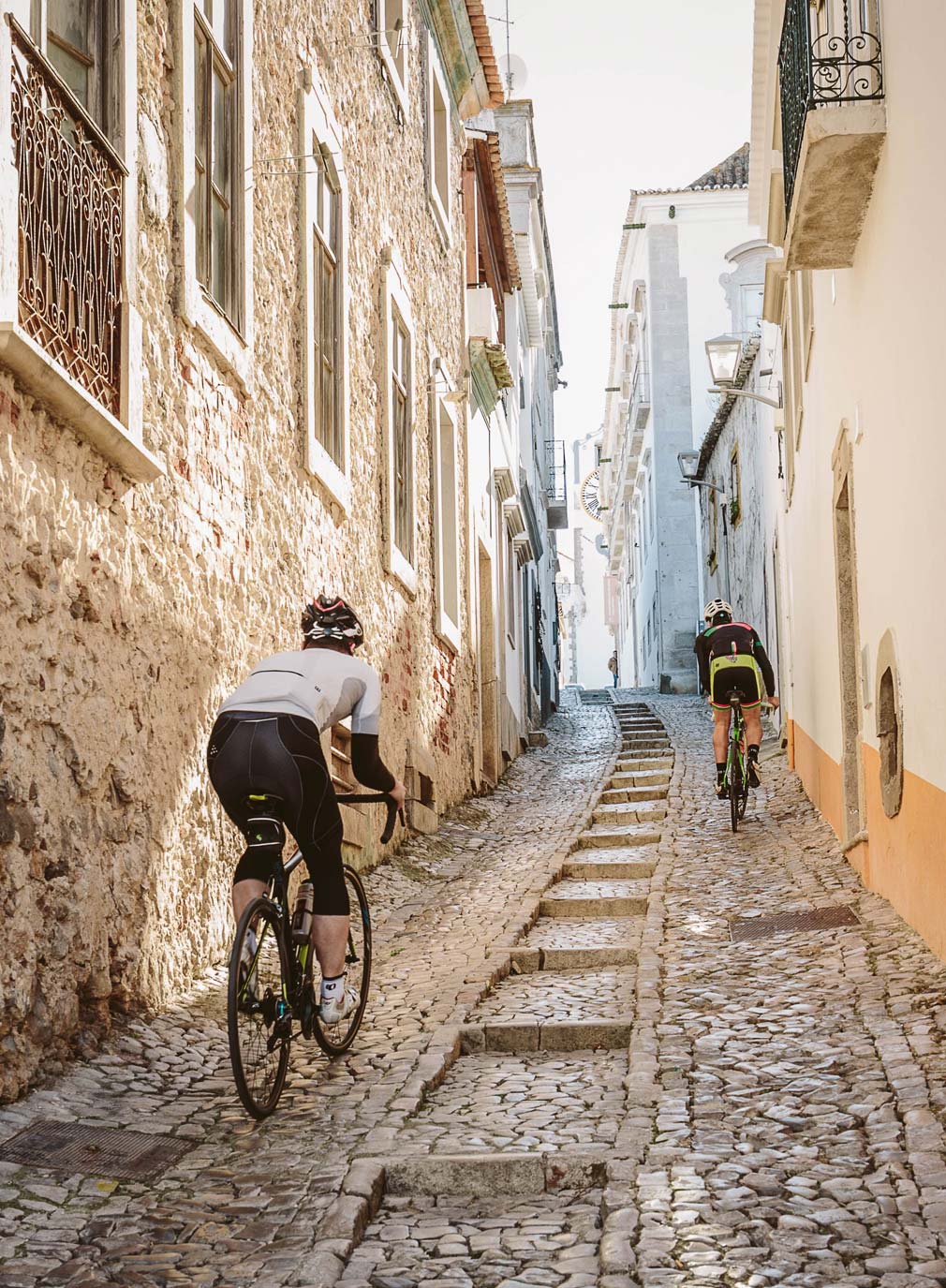
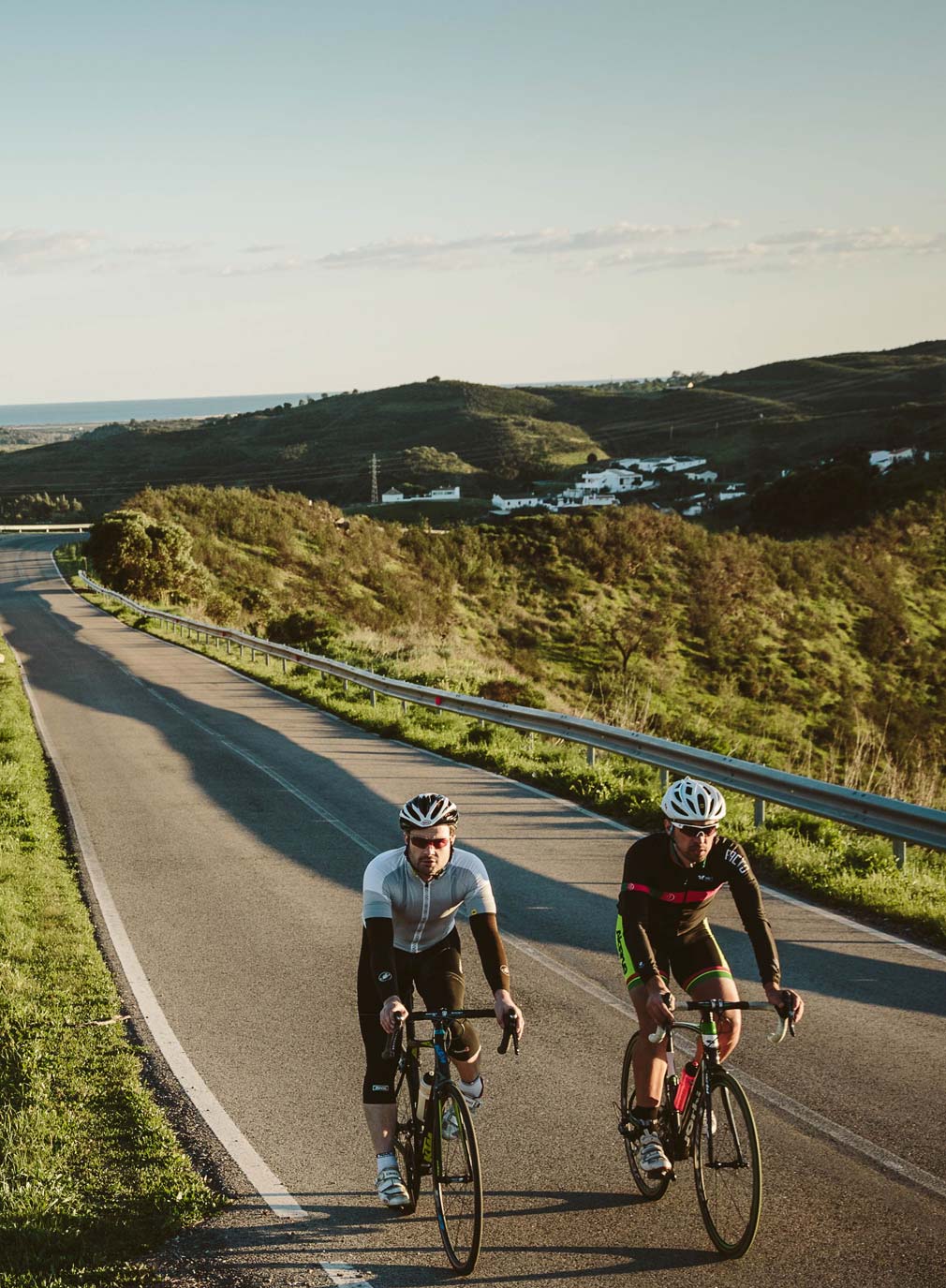
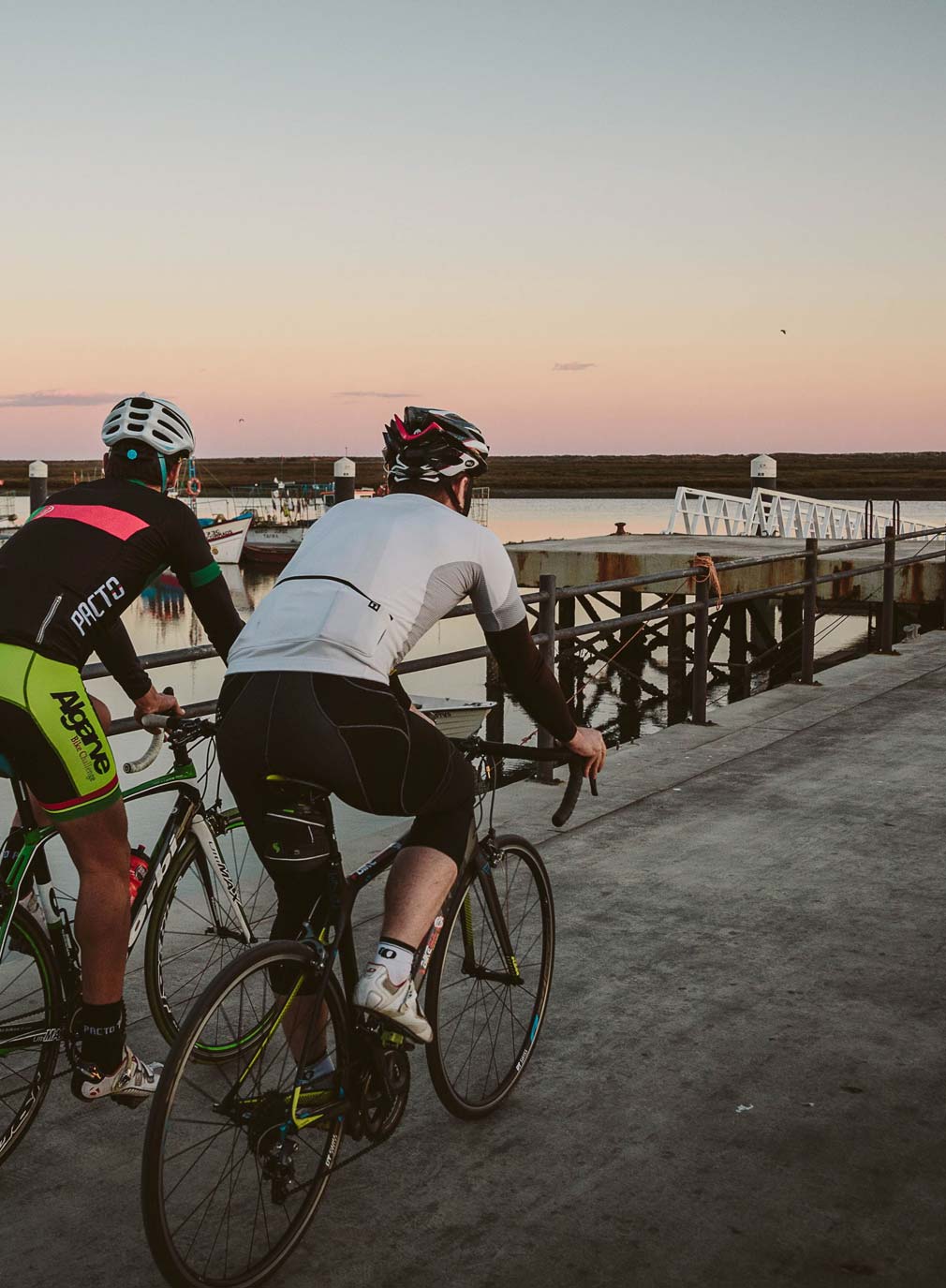
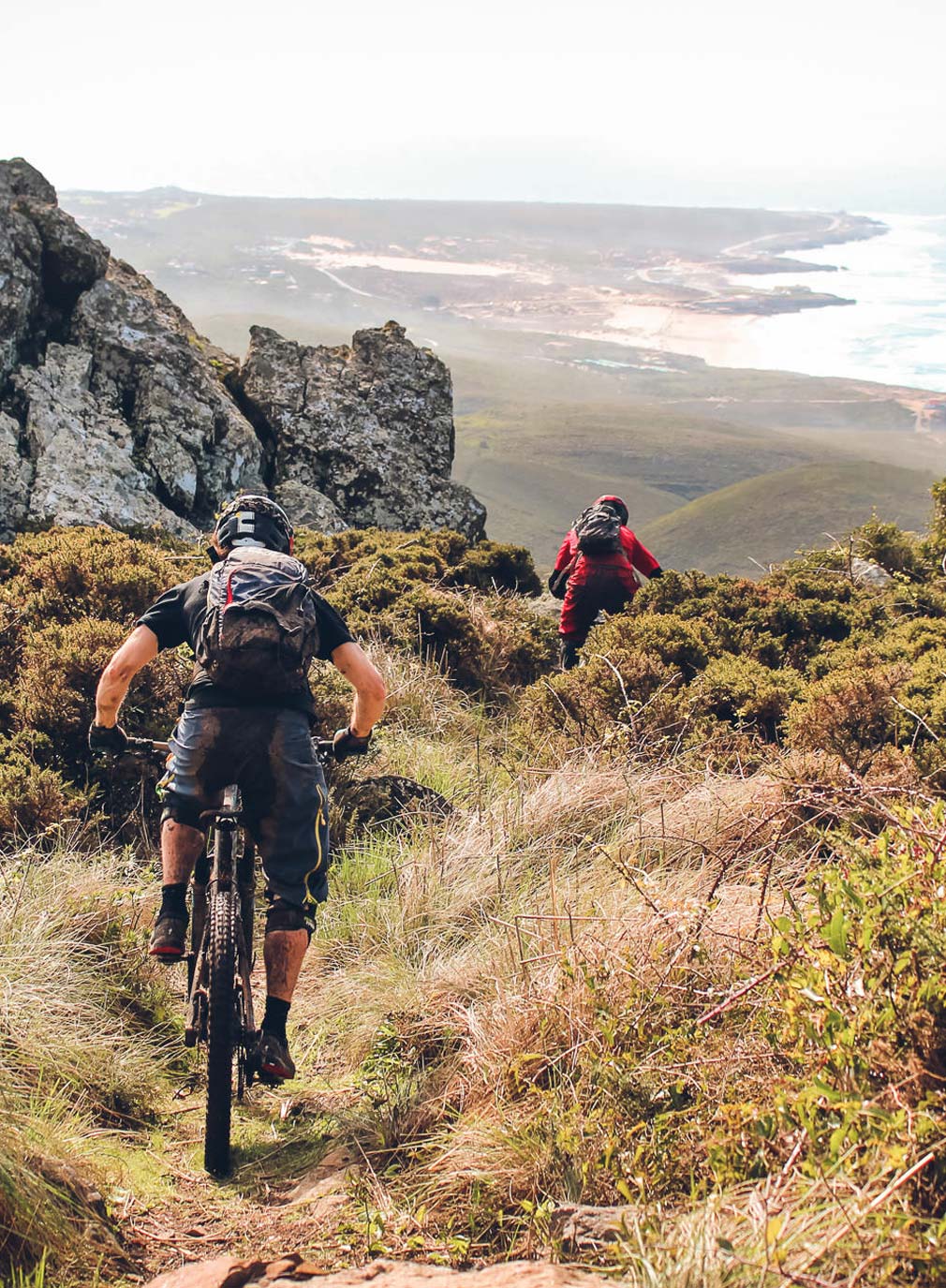
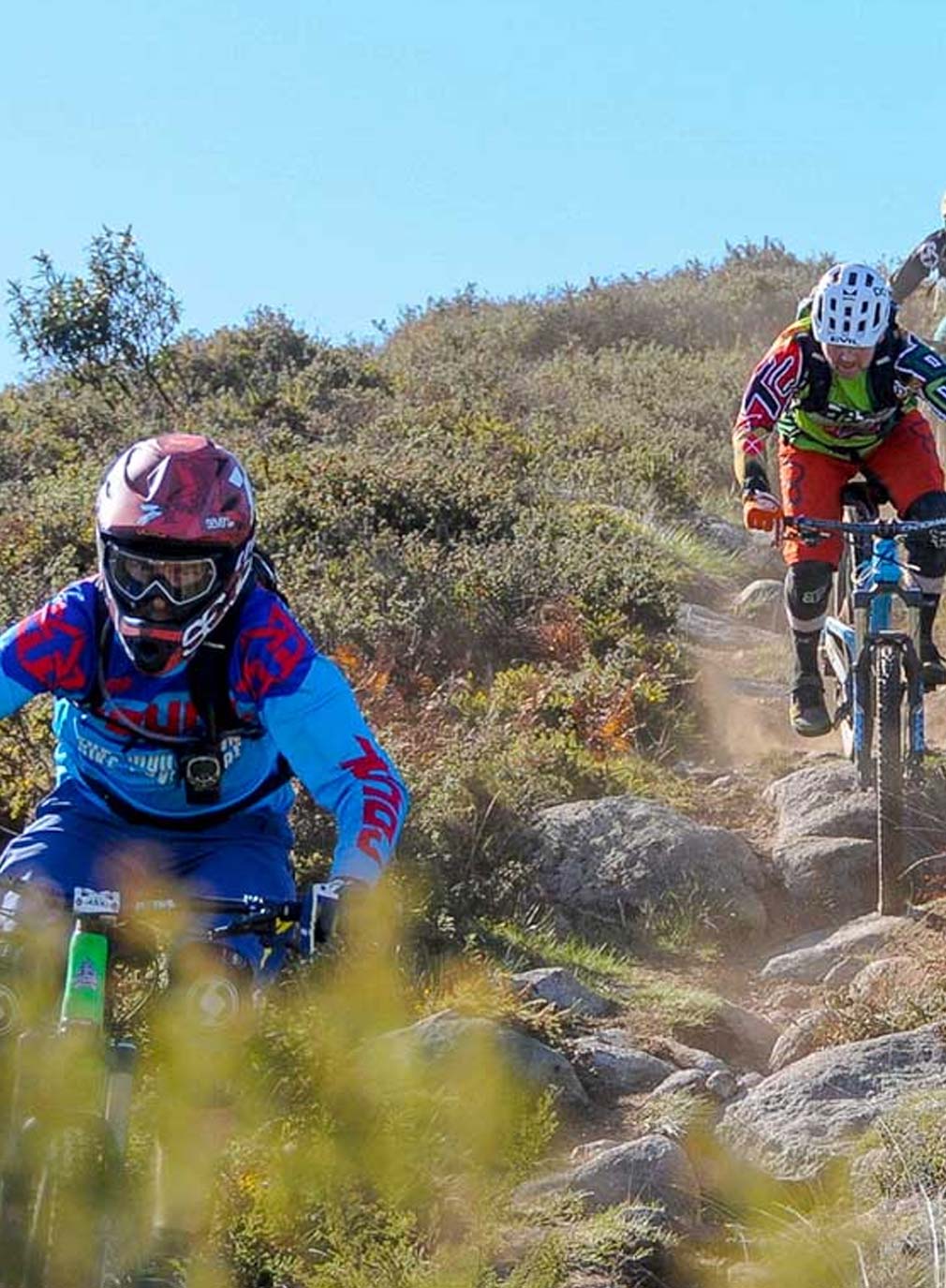
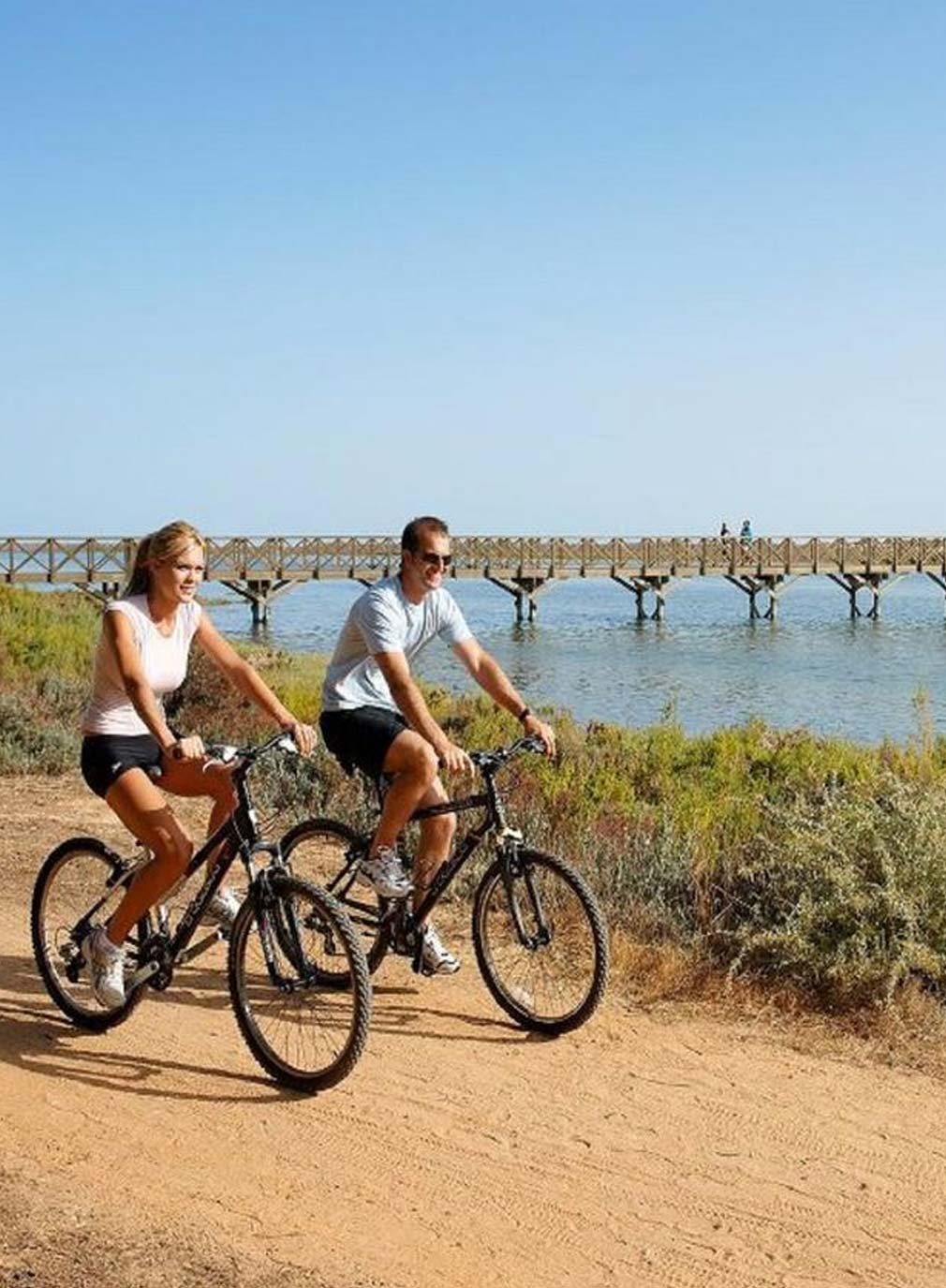
Cycling tours are a unique way of exploring the region, combining a sporting activity with the discovery of the natural beauty.
There are some interesting cycling trails around Moncarapacho, road bike routes and mountain bikes routes that you can find more information on the sites.
You will find a variety of sceneries through hills and valleys inland or flatter routes alongside the seashore.
You can take a cycle route that combines urban charm with a rural atmosphere and the sublime natural scenery of the Ria Formosa or ride around the São Miguel Hill.
You will encounter pretty villages and discover the vast network of routes and trails in the region.
We invite you to use our bikes and go for a ride…
Water
Sports
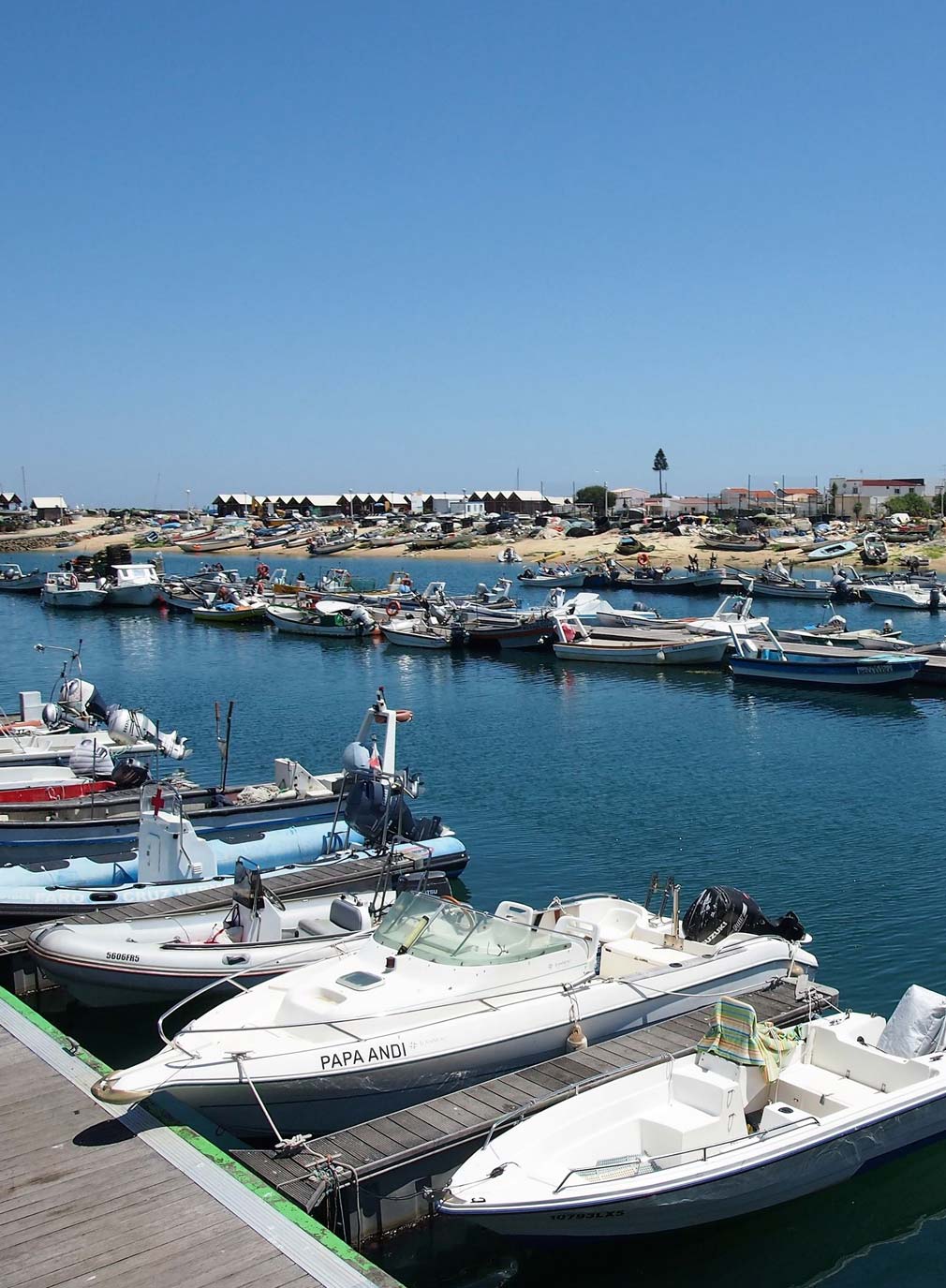
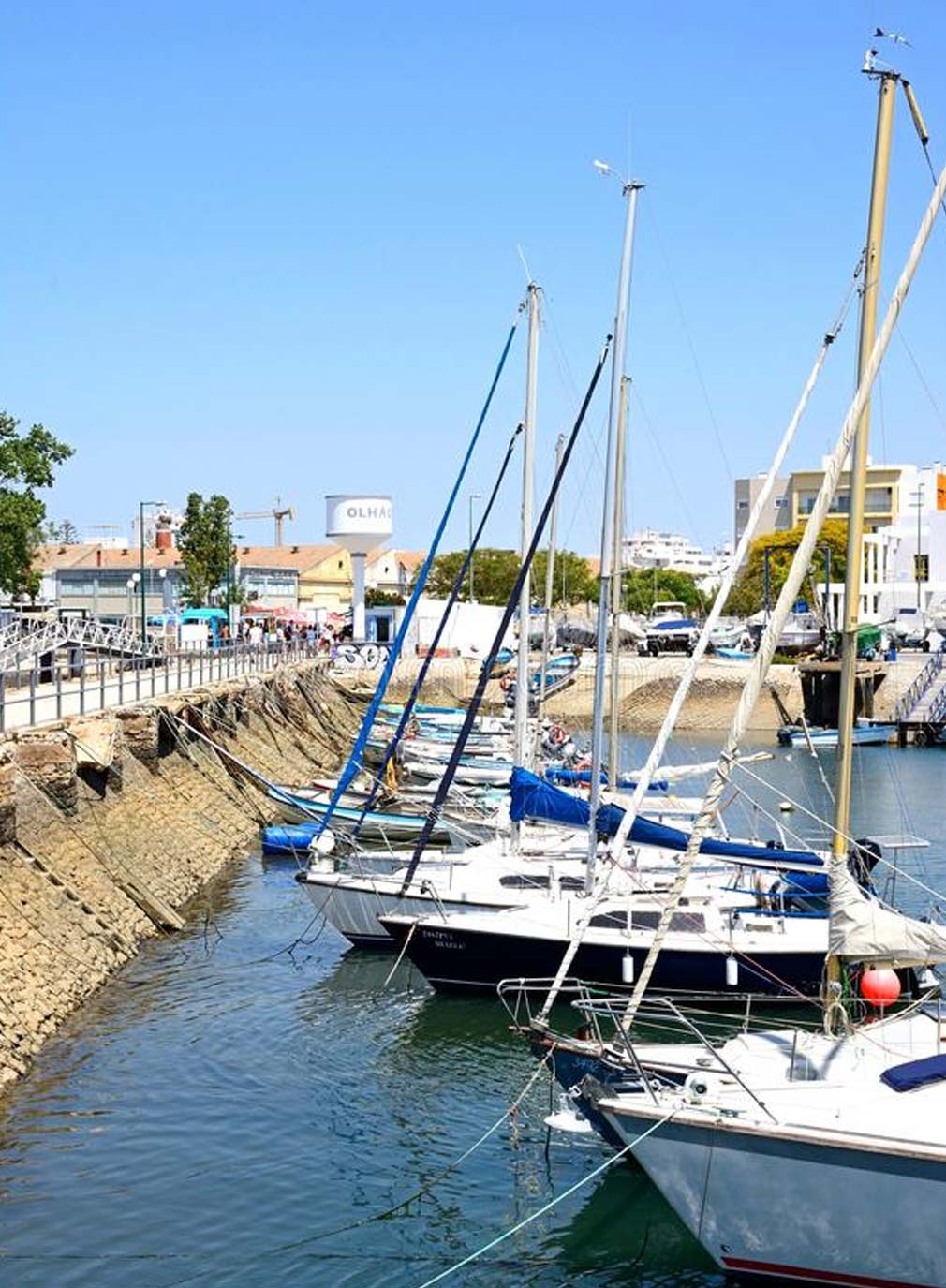
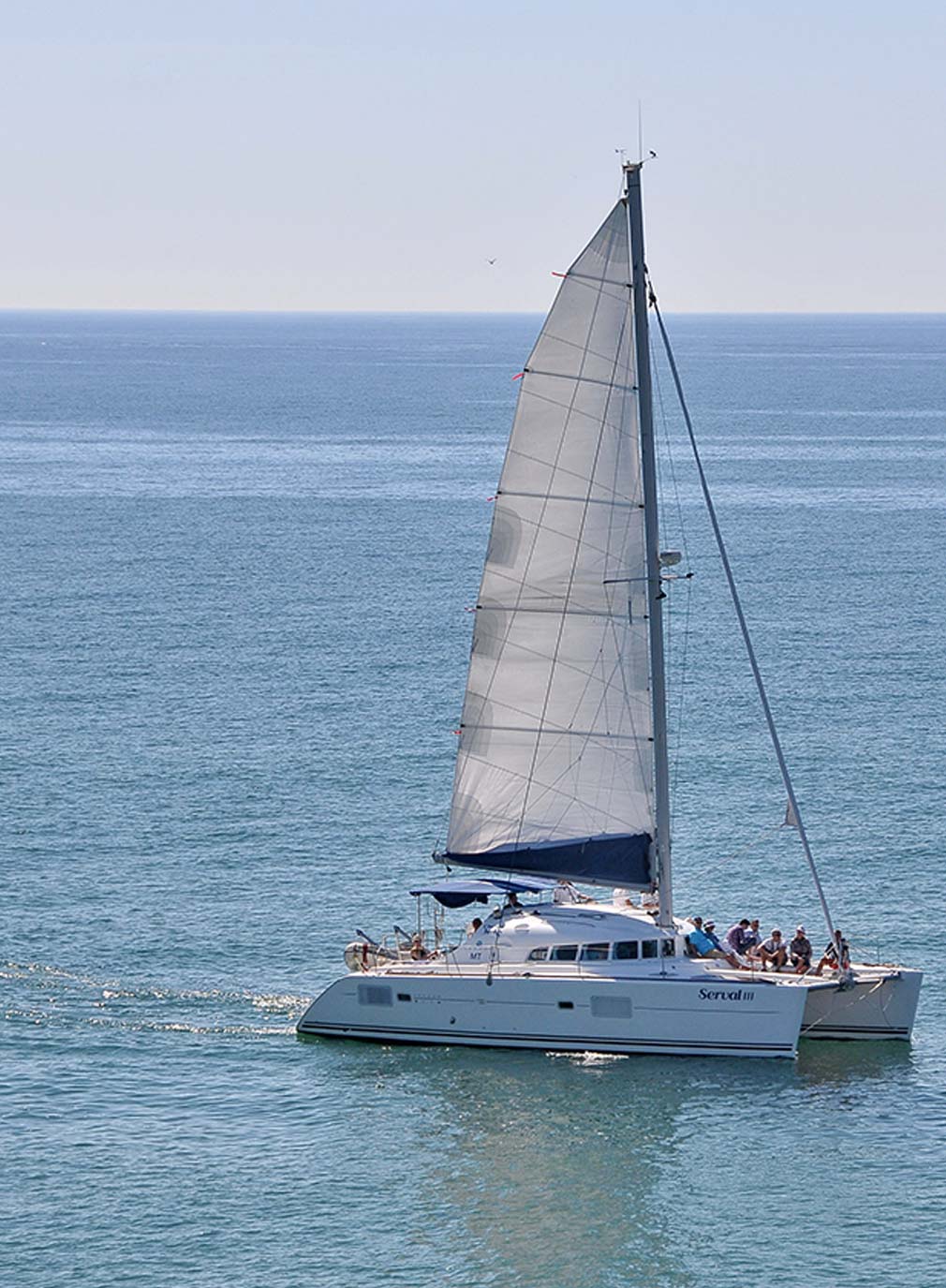
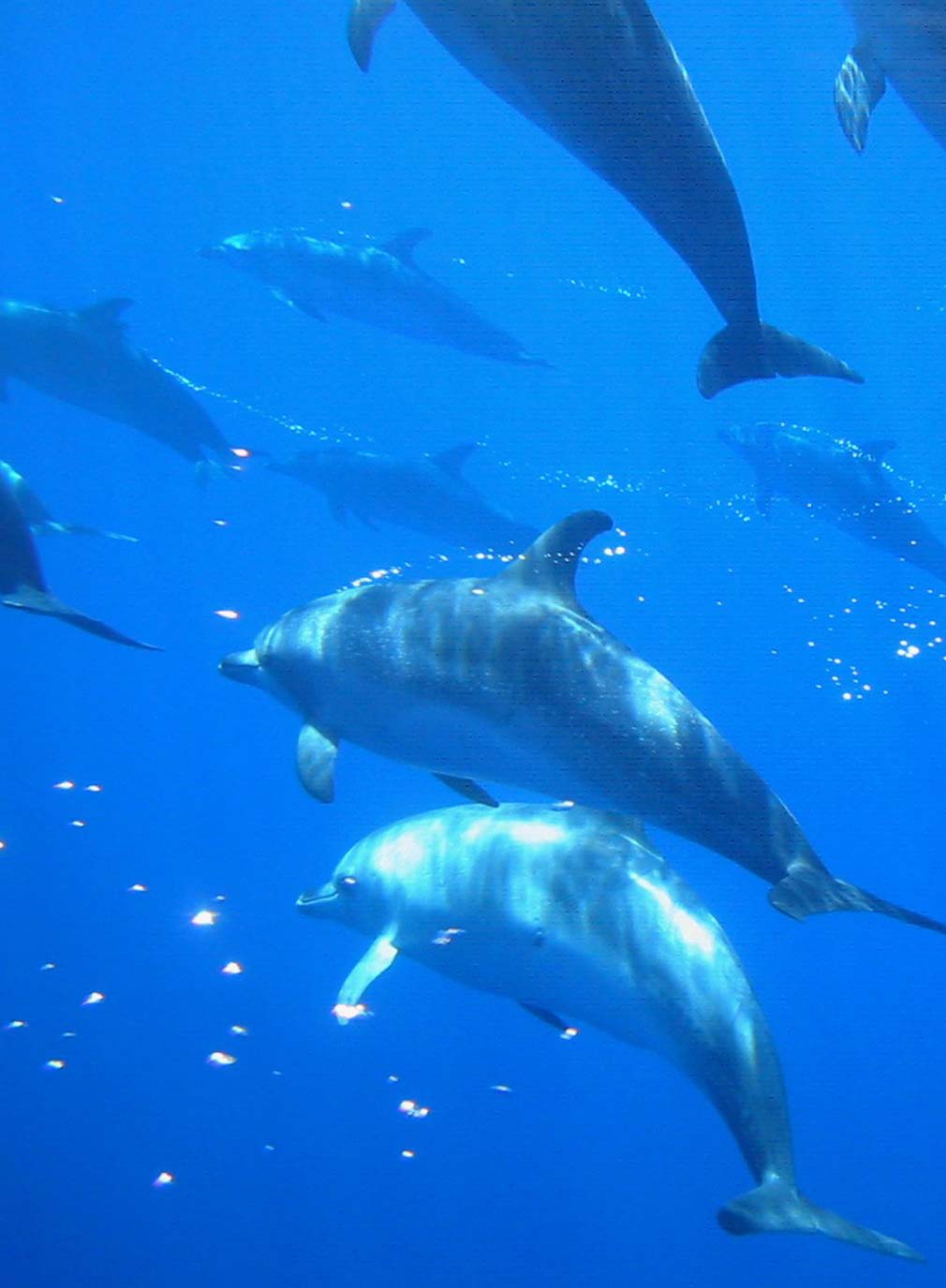
The huge Ria Formosa lagoon offers ideal conditions for sailing, windsurfing, canoeing and motorised water sports.
Divers are drawn to the beach of Culatra by the clear waters, where visibility can be as good as 15 metres, and the abundance of fish.
The various anchorages provided by the two access channels to the Ria offer shelter for yachts.
All these factors make the Olhão coast one of the Algarve’s main centres for water sports.
Gastronomy
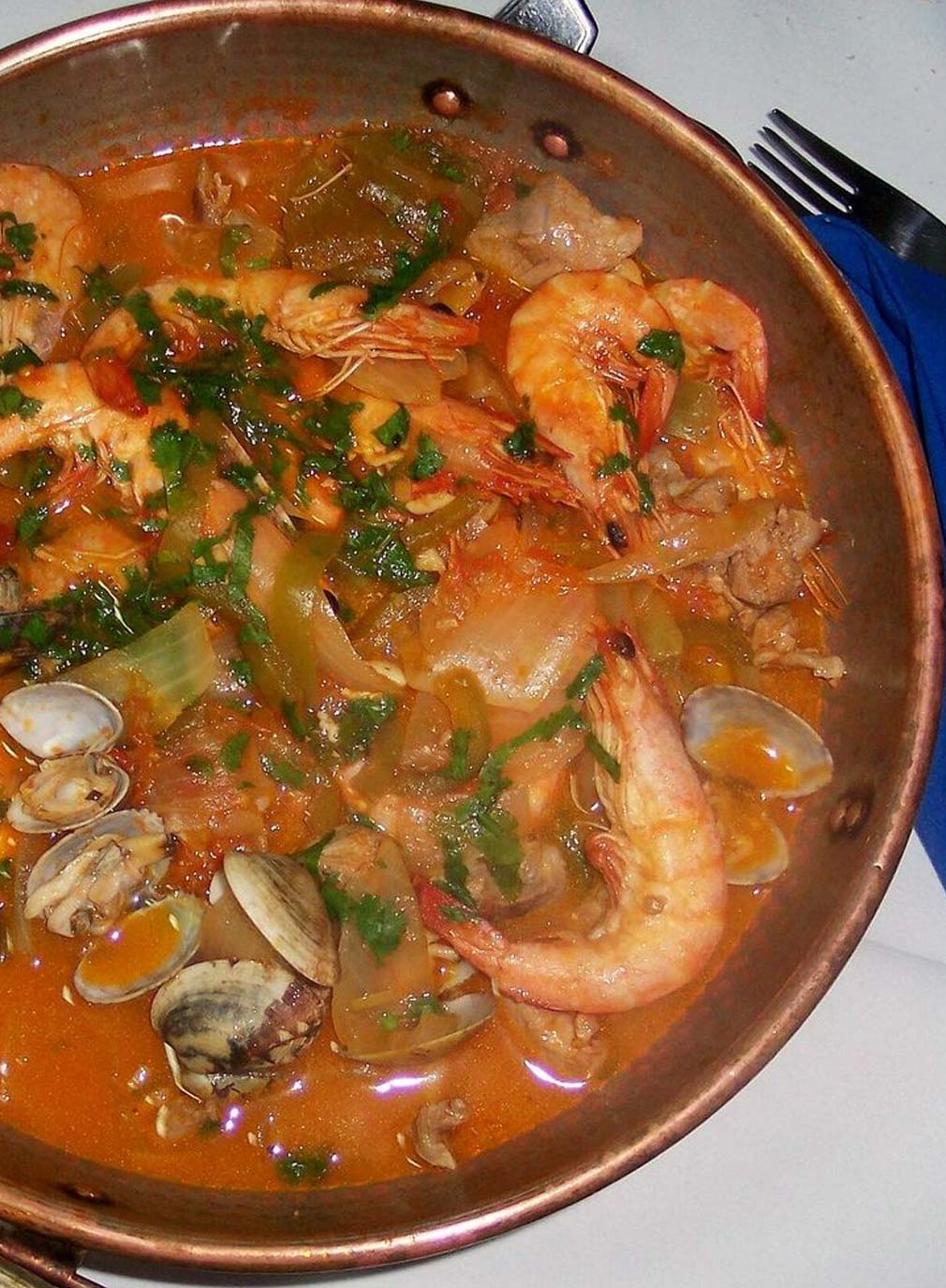
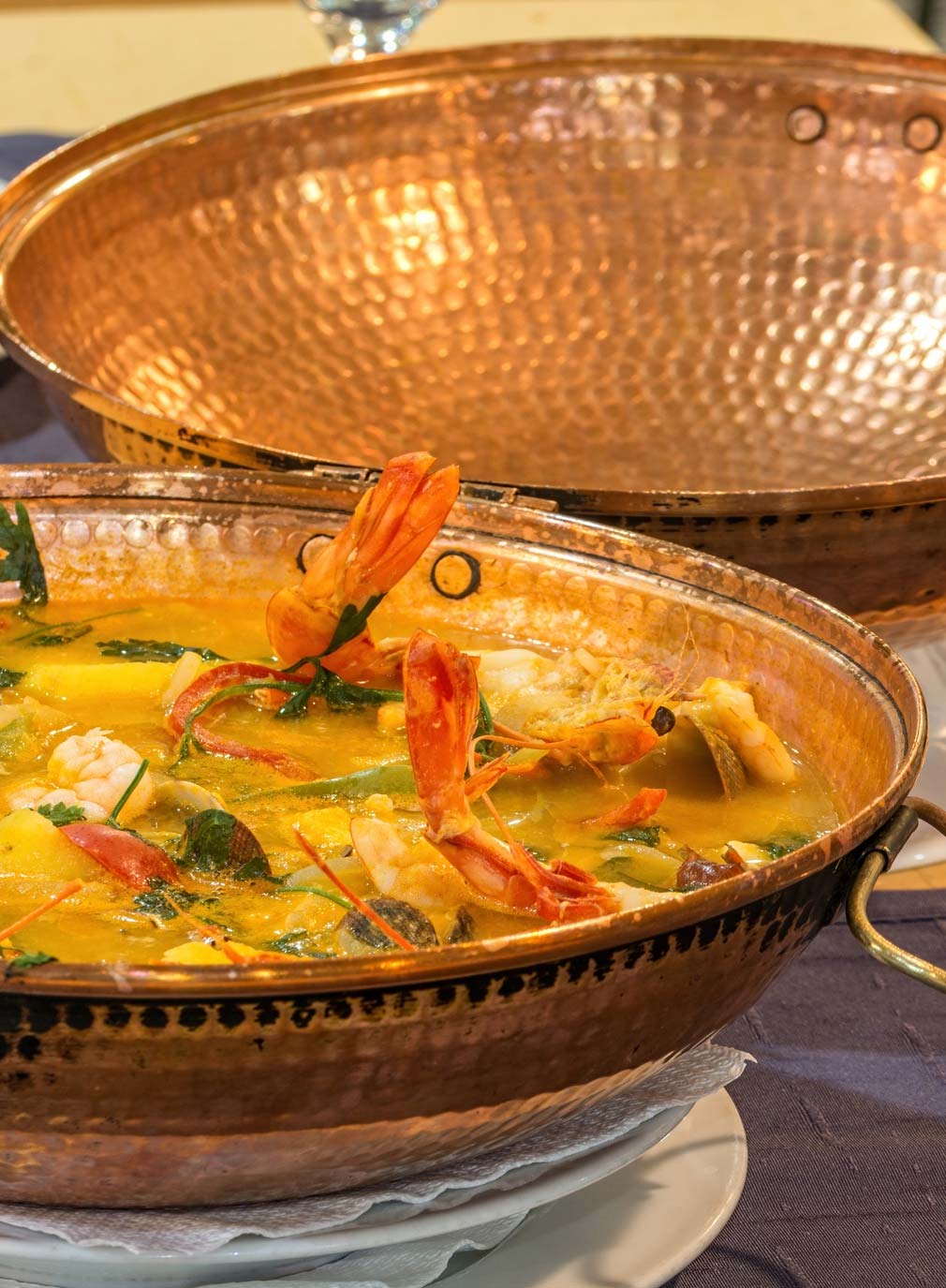
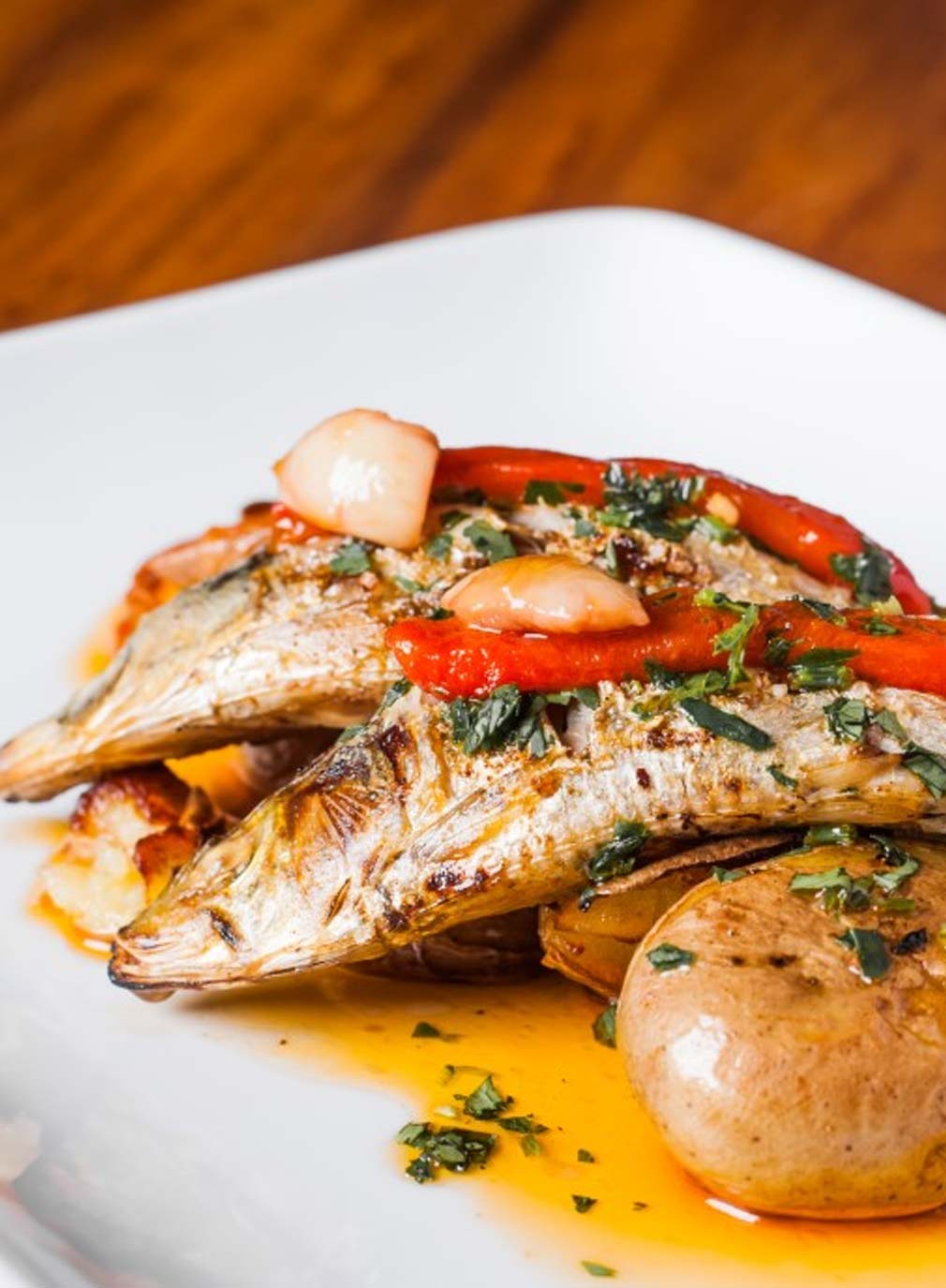
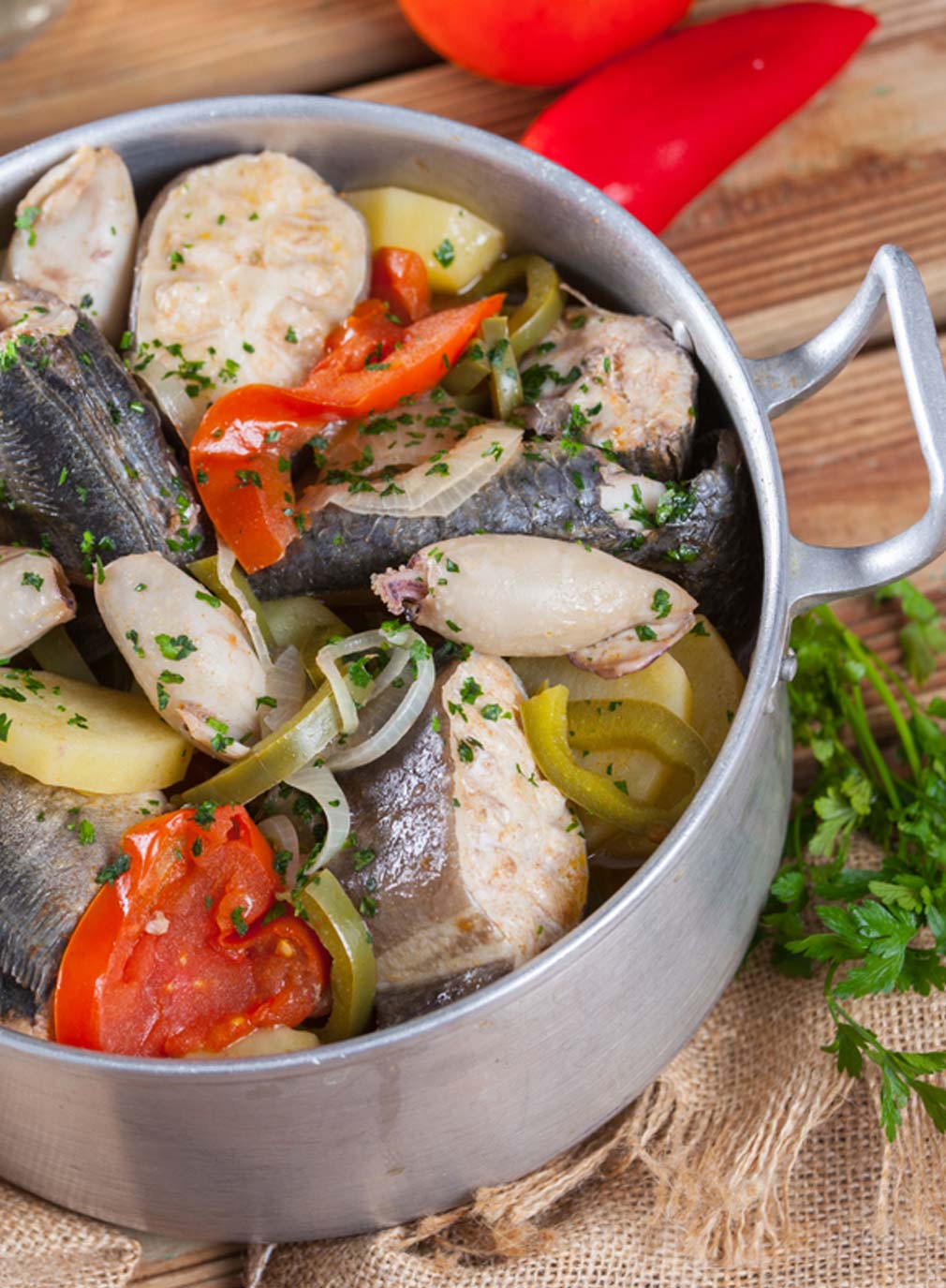
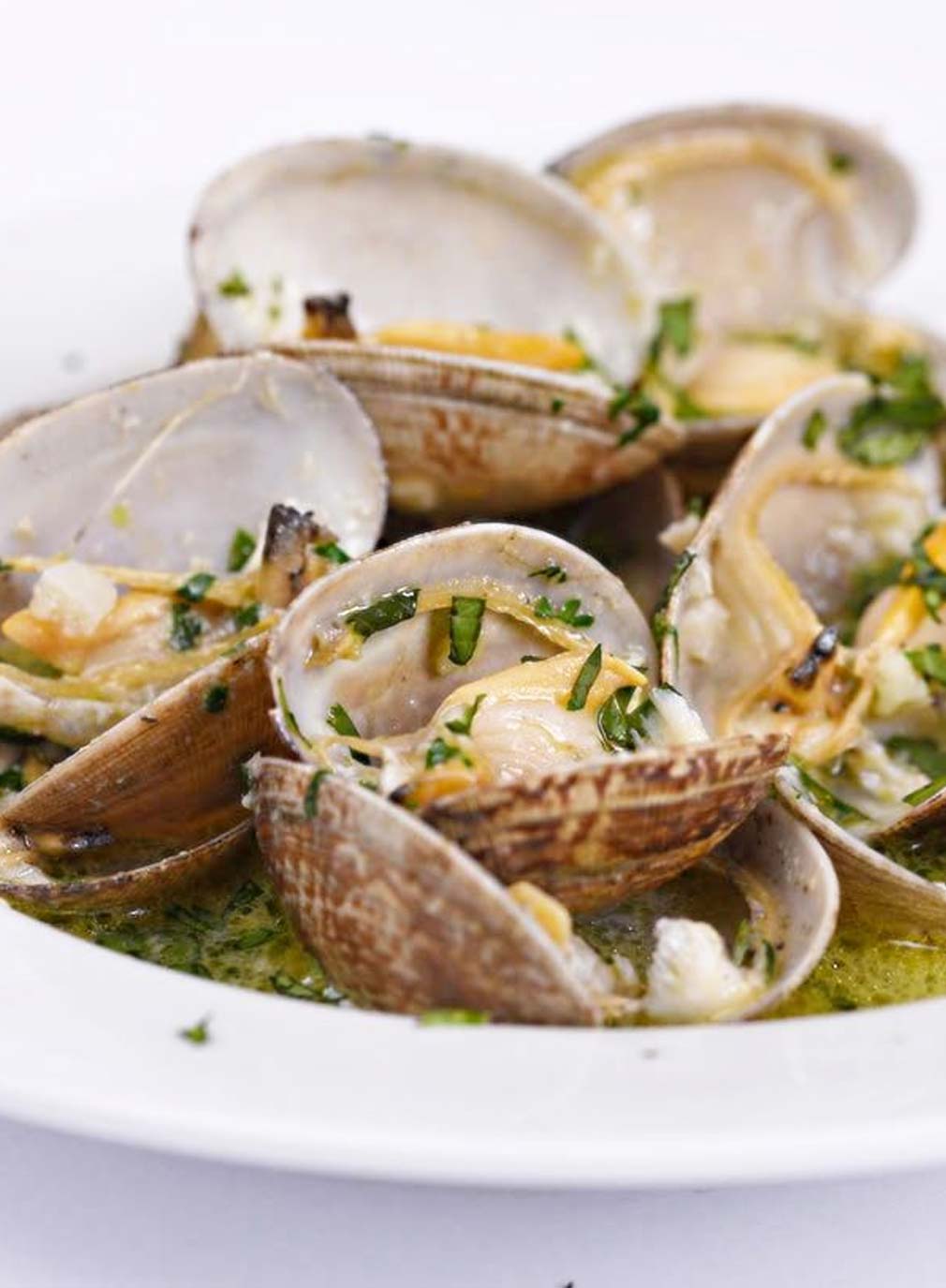
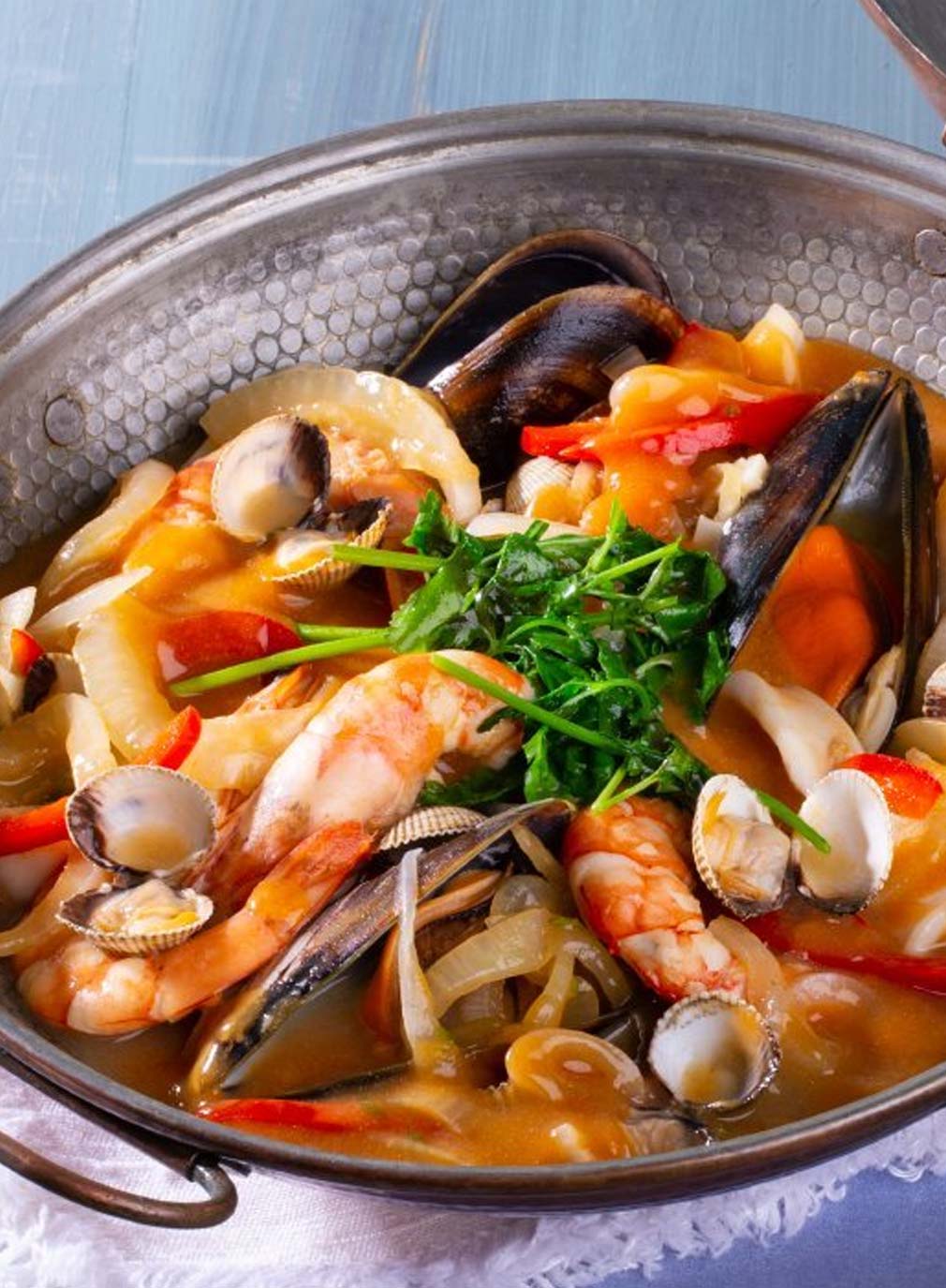
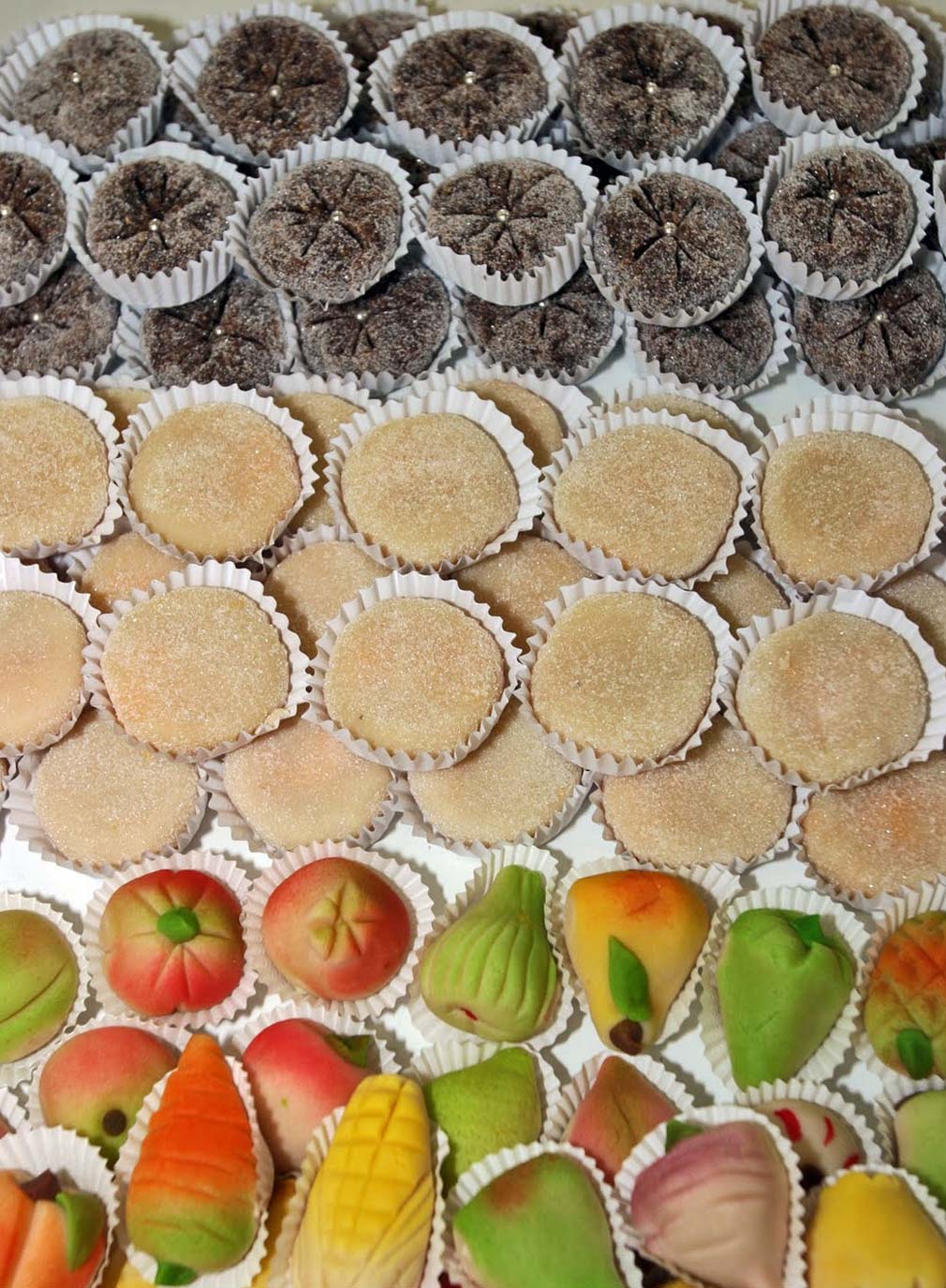
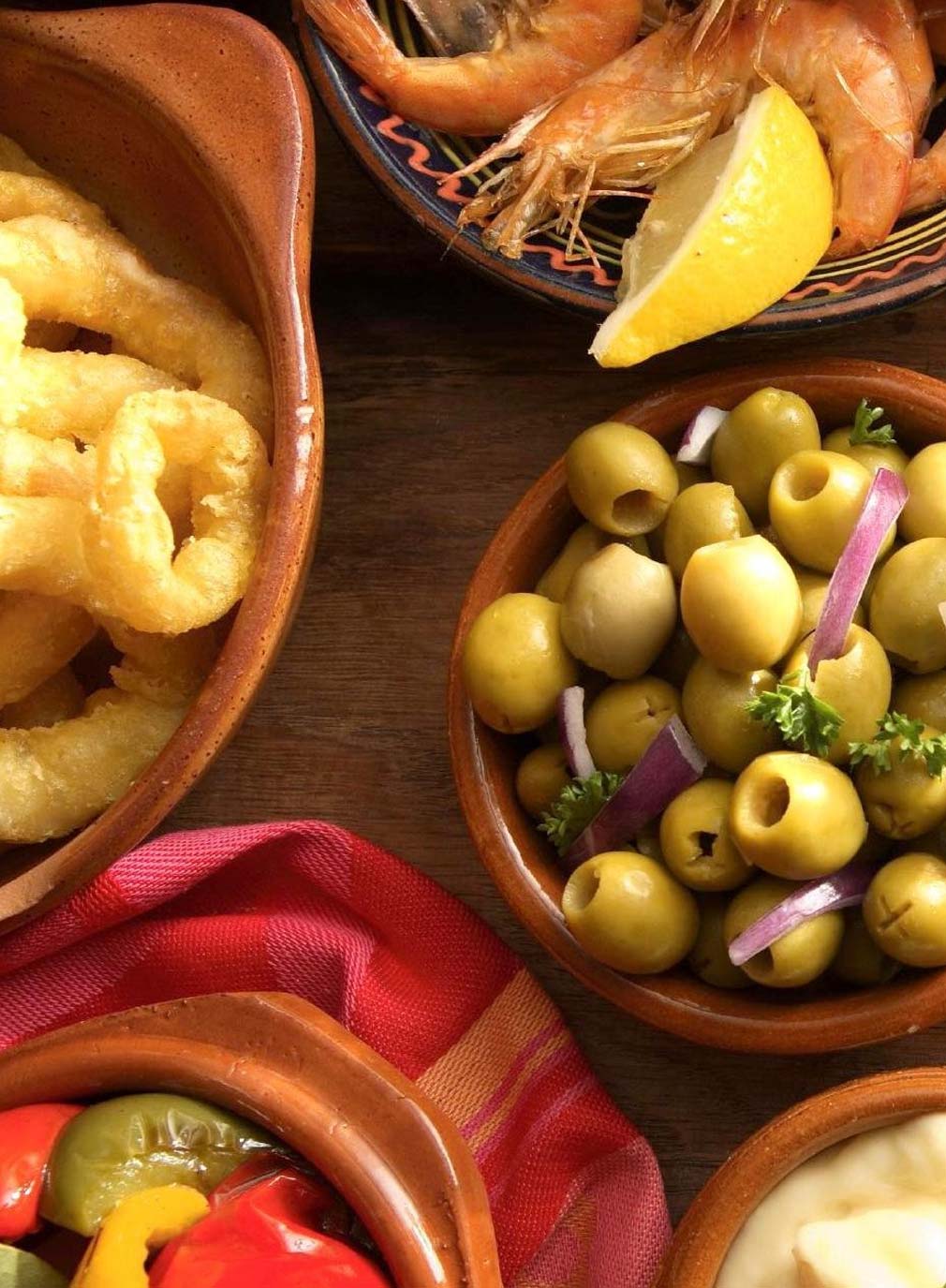
When you think about Algarve´s gastronomy, the first thing that comes to mind is fish! In fact, with a coast of 200km, you have at your table a vast range of fine seafood, like clams, oysters, squid, octopus, sea bass, sea bream, mackerel or sardines. These ingredients are popular in all Algarve, but mainly in the coast.
In August there is the Olhão Seafood Festival that is one of the main touristic events of Olhão, attracting every year thousands of persons to this city. Here you can taste the best seafood in the region, presented to the visitors in all its great variety.
If you go towards inland, you will find a completely different gastronomy where poultry and pork, fresh vegetables and dried pulses are the primary ingredients in most of the local dishes.
Simplicity, authenticity and quality are the cornerstones of the Algarve’s excellent cuisine inspired by a healthy Mediterranean diet of fruits and vegetables.
The word “cataplana” refers not only to the shell-shaped copper kitchen utensil but also to the delicious dishes that are made in it. The utensil consists of two concave halves joined by a hinge and two side clasps that seal the ingredients inside, ensuring that all the flavours and aromas are retained and blend in a way that no other kitchen utensil can match.
And for those who love sweets, there are plenty of regional sweets using the local ingredients like almond, carob, fig and orange. A surprise for all the senses.
Wines
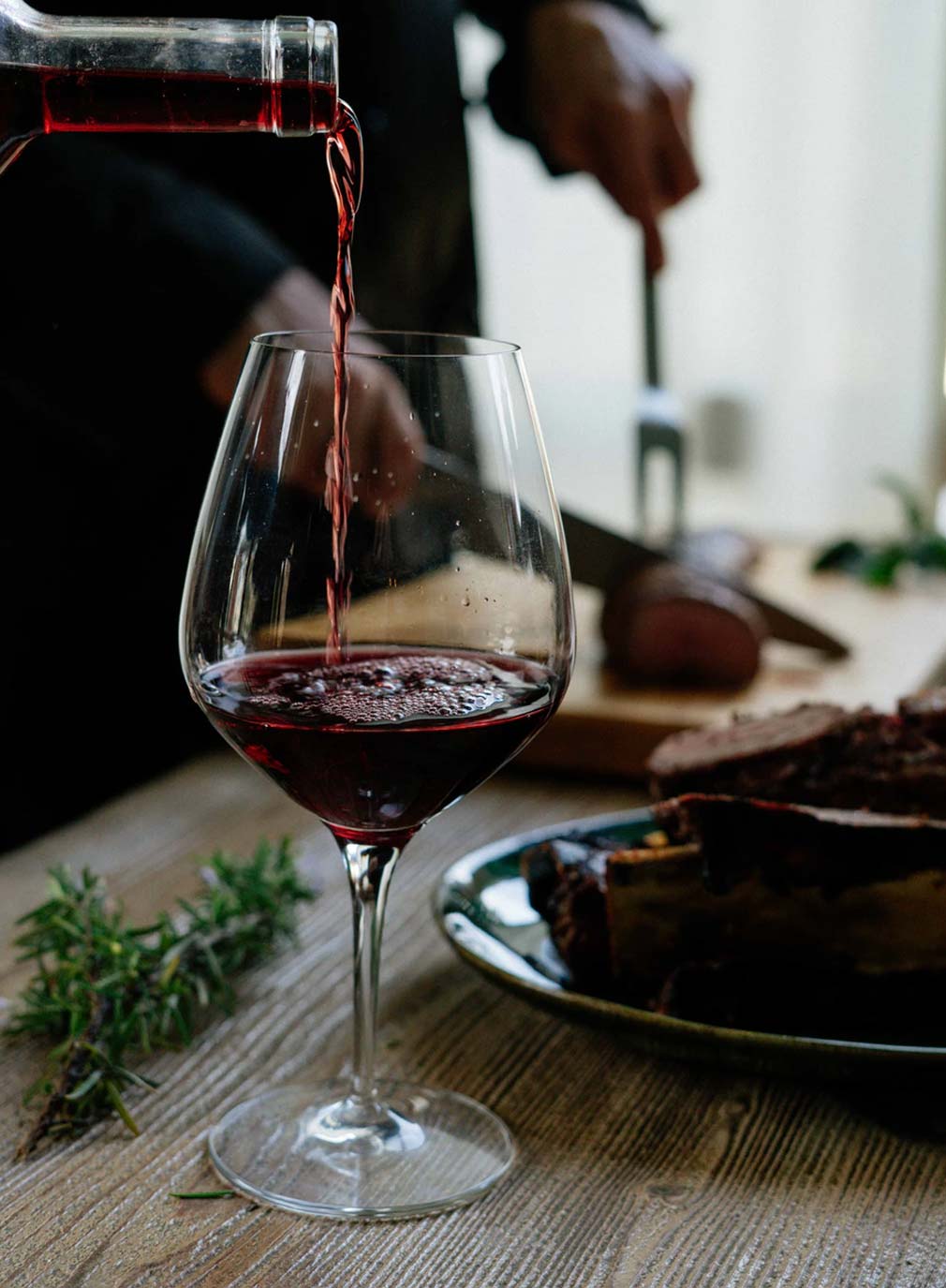
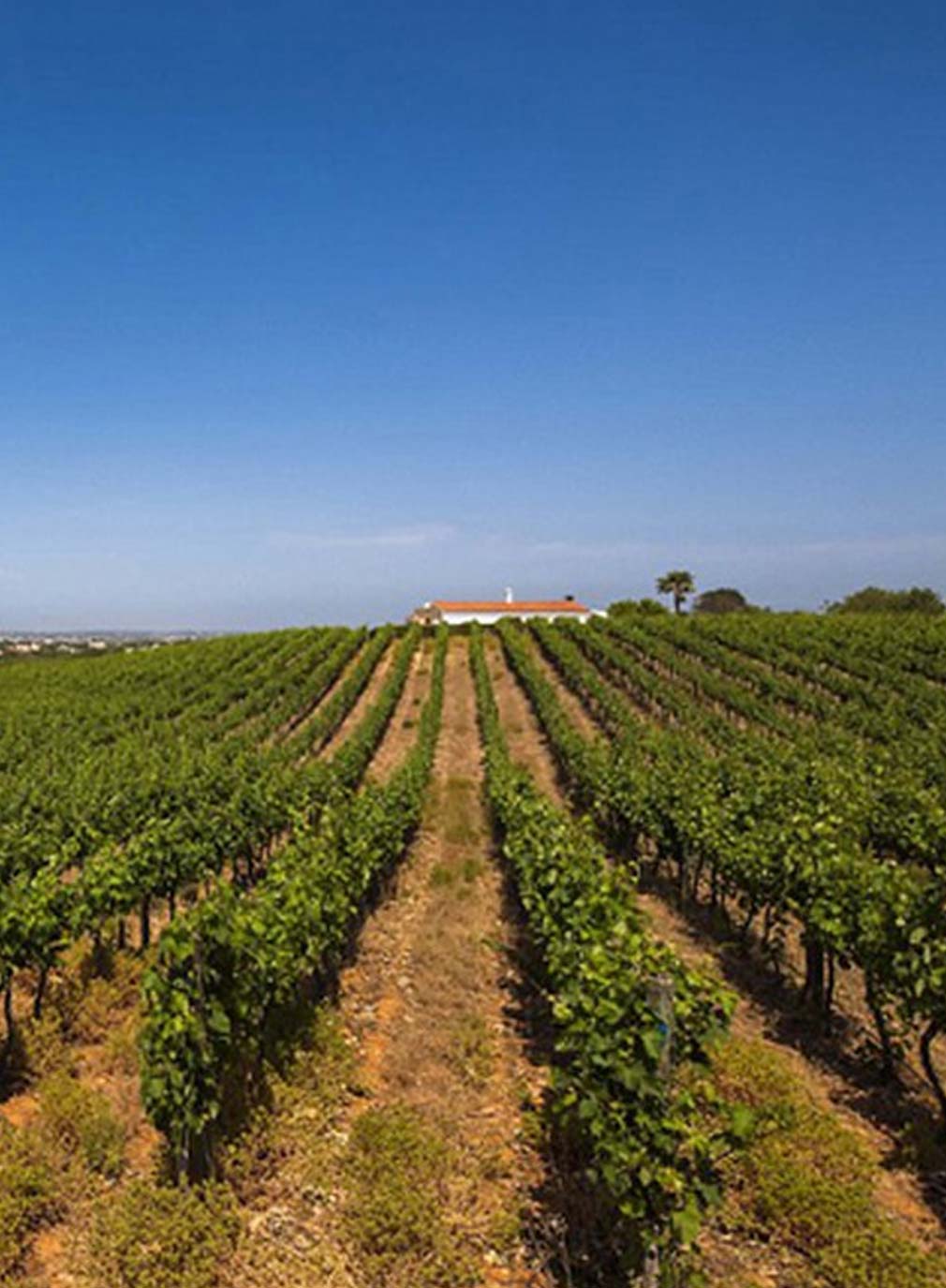
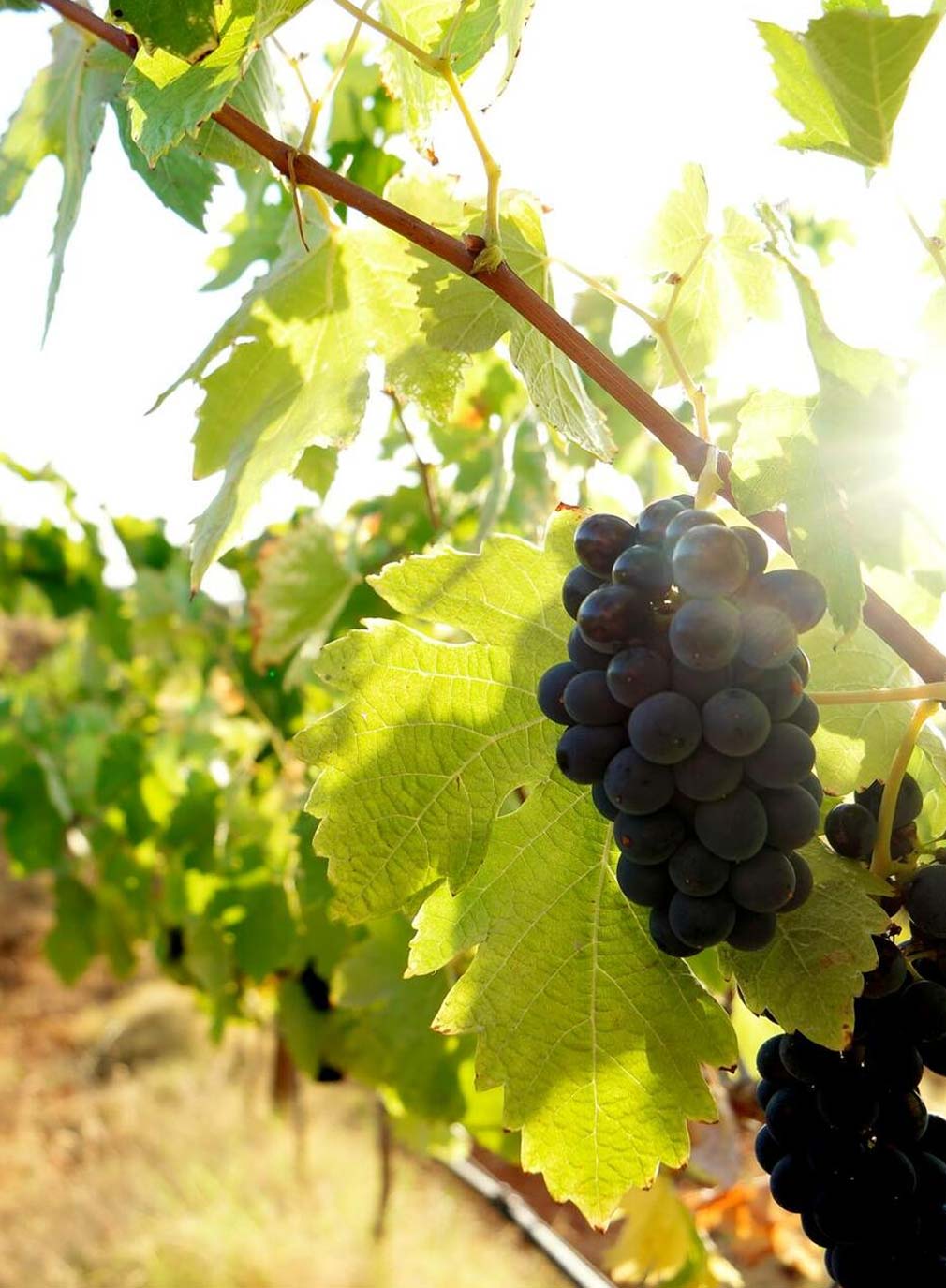
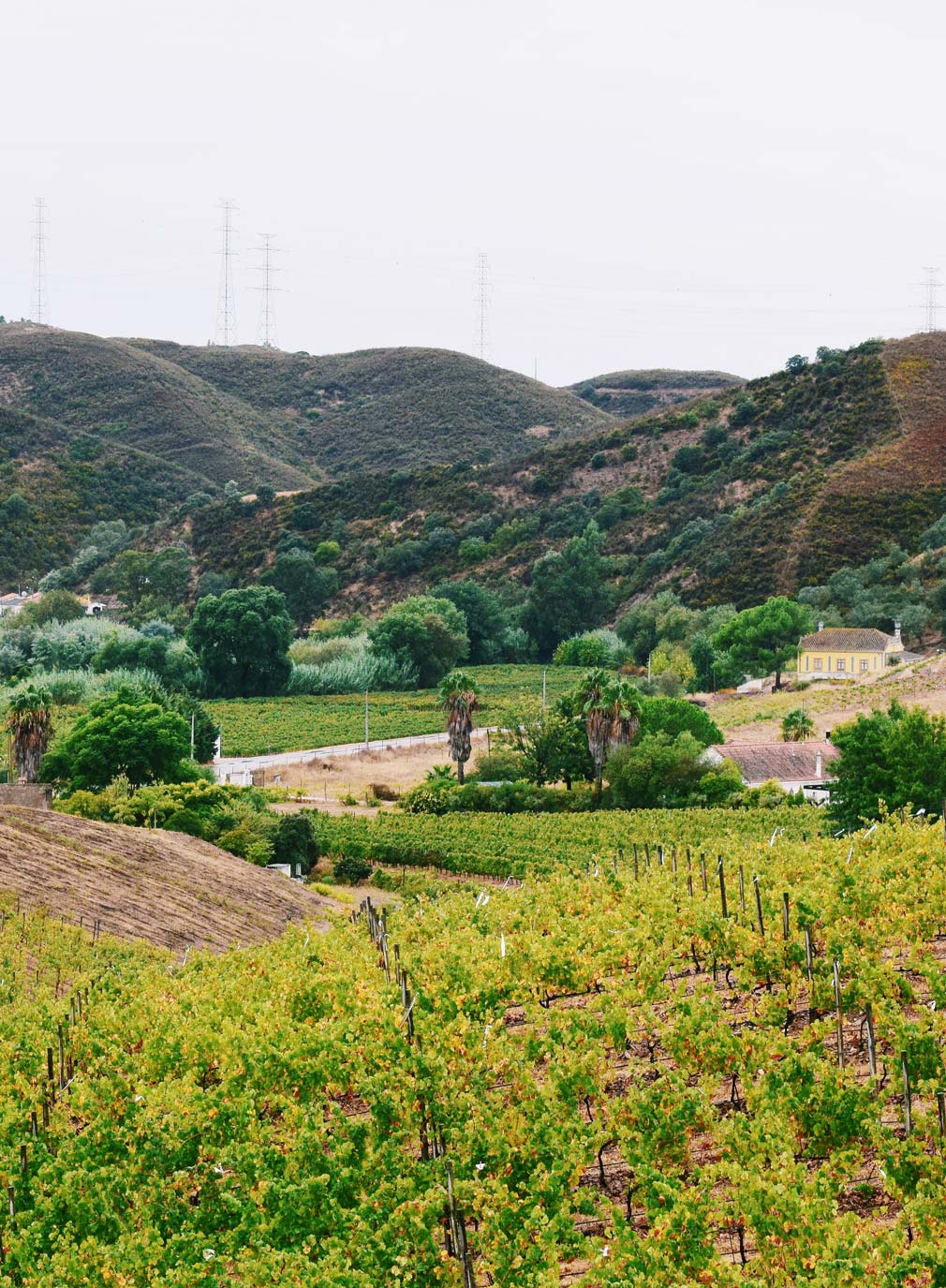
Algarve has been a wine-producing region for quite some time, however in recent years there has been a steady increase both in the number of producers and in the quality of the wines produced.
Most of Algarve’s wines are above average quality, that places them on a level with the best that is produced in Portugal’s other wine regions.
Due to its geographical location and countryside, the mild climate all year round ensures the grapes ripen sun-kissed to produce high quality wines all throughout the Algarve region.
Mention should be to the famous medronho brandy, believed to have been produced for the first time in the 10th century by Arabs.